Introduction

35mm are the favorite focal length of many reportage, event and wedding photographers. In the last years we saw boundaries being pushed as we can now choose from f/1.2 lenses with autofocus and manual focus lenses that even offer a maximum aperture of f/0.95. I gathered five recent ones of these super fast 35mm lenses with maximum apertures ranging from f/0.95 to f/1.2 and will compare them, to give you an idea which might work best for your needs.
Contents
Disclaimer: I only tested one sample of each lens. As sample variation comes into play, it is possible that any one of these lenses may perform above or below average in certain areas, e.g. corner sharpness.
Furthermore no lens is perfectly symmetrical, so it is possible I picked the best corner of one lens while I picked the worst of another. Sample variation usually has less of an affect on other aspects like bokeh, vignetting and color correction though.
The Viltrox AF 35mm 1.2 FE LAB was provided by Viltrox prior to its release, the other lenses I all bought myself.
The Voigtländer VM 35mm 1.2 Nokton III is being tested on the Leica M10 whereas the other lenses are being tested on either a Sony A7rII or Sony A7III. This is because the M-mount lens performs worse on Sony mirrorless cameras with a thicker filter stack. All the focusing was done with liveview.
I would have loved to include the Nikon Z 35mm 1.2 S, but most of the work in this article has been done before that lens was released and I didn’t have 3k lying around to just buy one for a review. If you want to change that you are always invited to use one of the affiliate links when making any purchase or using the donation button at the bottom of this article.
Specifications
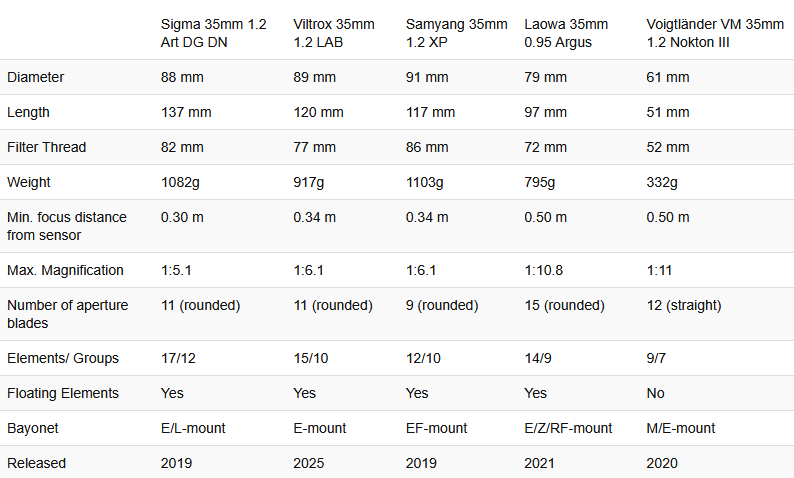
Sigma 35mm 1.2 Art DG DN Sigma
$1.499 (new) or $900 (used)
buy from amazon.com | amazon.de | B&H | ebay.com | ebay.de (affiliate links)
Viltrox AF 35mm 1.2 LAB Viltrox
$999 (new)
buy from manufacturer’s shop (use the code “BK3512LAB5” for 5% discount) | Pergear | amazon.com | amazon.de | B&H | ebay.com | ebay.de (affiliate links)
Samyang 35mm 1.2 XP SYXP
$799 (new) or $500 (used)
buy from amazon.com | amazon.de | B&H | ebay.com | ebay.de (affiliate links)
Laowa 35mm 0.95 Argus Laowa
$649 (new)
buy from manufacturer’s shop | amazon.com | amazon.de | B&H | ebay.com | ebay.de(affiliate links)
Voigtländer VM 35mm 1.2 Nokton III VM
$949 (new)
buy from amazon.com | B&H | ebay.com | ebay.de (affiliate links) or find your local Voigtländer distributor
To not always having to write the full lens name in the following comparisons I will use the abbreviations as highlighted in red above.
Build quality/Handling
There are some notable differences in terms of size, weight, handling as well as build quality here. I will only mention a few specifics, for more detailed information you can always check out their individual reviews.
Sigma 35mm 1.2 Art DG DN (Auto Focus)
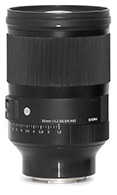 This Sigma 35mm 1.2 Art DG DN was the world’s first 35mm 1.2 lens featuring autofocus in 2019. Sadly its dimensions and weight put many potential buyers off. If you are used to Sony’s GM lenses you will feel right at home here: you get an aperture ring, AF/MF switch as well as a lens button and even the hood looks similar, featuring a rubber bumper and release button. The 82mm filter thread is also one of the bigger ones in this comparison.
This Sigma 35mm 1.2 Art DG DN was the world’s first 35mm 1.2 lens featuring autofocus in 2019. Sadly its dimensions and weight put many potential buyers off. If you are used to Sony’s GM lenses you will feel right at home here: you get an aperture ring, AF/MF switch as well as a lens button and even the hood looks similar, featuring a rubber bumper and release button. The 82mm filter thread is also one of the bigger ones in this comparison.
Viltrox 35mm 1.2 LAB (Auto Focus)
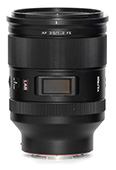 This Viltrox AF 35mm 1.2 FE LAB features a small display that can show you the current f/Stop and focus distance. Personally I find it a bit gimmicky and would have preferred an aperture ring similar to the Sigma lens that always tells you what aperture is set right now. Compared to the Sigma it is 15% lighter, slightly smaller and features a more common 77mm filter thread.
This Viltrox AF 35mm 1.2 FE LAB features a small display that can show you the current f/Stop and focus distance. Personally I find it a bit gimmicky and would have preferred an aperture ring similar to the Sigma lens that always tells you what aperture is set right now. Compared to the Sigma it is 15% lighter, slightly smaller and features a more common 77mm filter thread.
Samyang 35mm 1.2 XP (Manual Focus)
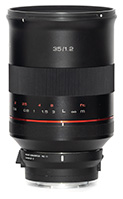 The Samyang 35mm 1.2 XP is the only lens in this comparison that had been designed for DSLRs with their long flange focal distance. It is about the same size and weight as the Sigma, but if you want to use it on a mirrorless camera you need an adapter which will add some more weight. This is the only lens in this comparison that does not feature an aperture ring and it comes with a ridiculous 86mm filter thread.
The Samyang 35mm 1.2 XP is the only lens in this comparison that had been designed for DSLRs with their long flange focal distance. It is about the same size and weight as the Sigma, but if you want to use it on a mirrorless camera you need an adapter which will add some more weight. This is the only lens in this comparison that does not feature an aperture ring and it comes with a ridiculous 86mm filter thread.
Laowa 35mm 0.95 Argus (Manual Focus)
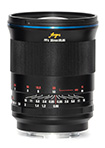 This Laowa 35mm 0.95 Argus is the world’s fastest 35mm fullframe lens. Despite its f/0.95 maximum aperture it is actually smaller than the three aforementioned lenses. It does not feature autofocus and its 0.5 m minimum focus distance can also feel limiting at times. Its casing is mostly made from metal and the focus ring offers a very nice manual focus experience.
This Laowa 35mm 0.95 Argus is the world’s fastest 35mm fullframe lens. Despite its f/0.95 maximum aperture it is actually smaller than the three aforementioned lenses. It does not feature autofocus and its 0.5 m minimum focus distance can also feel limiting at times. Its casing is mostly made from metal and the focus ring offers a very nice manual focus experience.
Voigtländer VM 35mm 1.2 Nokton III (Manual Focus)
 This Voigtländer VM 35mm 1.2 Nokton III is the smallest lens in this comparison. With every iteration Cosina managed to lower its weight and decrease its size, making it more suitable to the rather compact M-mount cameras. This is the only lens in this comparison that is a simple unit focus design.
This Voigtländer VM 35mm 1.2 Nokton III is the smallest lens in this comparison. With every iteration Cosina managed to lower its weight and decrease its size, making it more suitable to the rather compact M-mount cameras. This is the only lens in this comparison that is a simple unit focus design.
We have two lenses with and three lenses without autofocus here. Some are made from metal, others from polycarbonate. Their weight ranges from 332g (Voigtländer) to 1103g (Samyang) and also their sizes vary greatly. There isn’t exactly good or bad here. What works best for you really depends on what you are looking for.
Field of view
I corrected the Sigma’s and Samyang’s strong barrel distortion for this comparison. The other three lenses feature a generally lower amount of distortion and have not been corrected.
The Viltrox offers the widest field of view, followed by the Samyang and then the Laowa. The Sigma and the Voigtländer offer the tightest field of view. Remember this is only true for infinity, as all lenses but the Voigtländer feature a floating elements design the situation can change at closer distances.
Relative transmission
While the f/Stop describes the actual geometric relations of focal length and aperture, lenses with the same f/Stop may still have different light transmissions. The number of air-to-glass surfaces, the quality of the coatings and especially the type of glass used make the difference here. It is said that a high number of high refractive elements leads to a worse transmission.
Measuring the actual light transmission of a lens is a very difficult endeavour not possible without fancy measuring equipment (which I obviously don’t have).
What I can try, is to see what the relative differences are. To do that I took pictures of an evenly lit surface with all lenses set to infinity with the same camera settings. Afterwards I checked which lens is the brightest in the center and then how much I need to increase the exposure in the center to get the other lenses to that same level. We also have to assume here, that the ISO and shutter speed values are actually constant when manually set, which they should be.
I shot all the lenses at their maximum aperture, which means the Laowa should be the brightest and this is in fact the case.
| Lens | Light transmission |
| Sigma 35mm 1.2 Art DG DN | -0.49 EV |
| Viltrox 35mm 1.2 LAB | -0.51 EV |
| Samyang 35mm 1.2 XP | -0.33 EV |
| Laowa 35mm 0.95 Argus | ±0 |
| Voigtländer VM 35mm 1.2 Nokton III | -0.54 EV |
There isn’t really a surprise to be found here. The f/1.2 lenses are about half a stop darker than the f/0.95 Laowa, as was to be expected. Only the Samyang 35mm 1.2 XP lets in a little more light than the other f/1.2 lenses, but then not really enough to get excited about.
Vignetting
Light Falloff
| Sigma 35mm 1.2 Art DG DN | Viltrox 35mm 1.2 LAB | Samyang 35mm 1.2 XP | Laowa 35mm 0.95 Argus | Voigtländer VM 35mm 1.2 Nokton III | |
| f/0.95 | 3.2 EV | ||||
| f/1.2 | 2.9 EV | 2.8 EV | 2.5 EV | 2.7 EV | 3.3 EV |
| f/1.4 | 2.6 EV | 2.5 EV | 2.0 EV | 2.2 EV | 3.0 EV |
| f/2.0 | 1.9 EV | 1.9 EV | 1.4 EV | 1.9 EV | 2.3 EV |
| f/2.8 | 1.7 EV | 1.7 EV | 0.7 EV | 1.7 EV | 2.0 EV |
| f/8.0 | 0.9 EV | 1.4 EV | 0.4 EV | 1.3 EV | 1.8 EV |
These values are for the extreme corners.
There are not a lof of surprises here either. The Sigma, Viltrox and Laowa show pretty much the same vignetting figures at shared apertures. The Samyang – thanks to being designed for DSLRs – a little less and the compact Voigtländer shows the highest vignetting figures.

Comparing these lenses at their maximum aperture we see the same things: Sigma, Viltrox and Laowa extremely similar, Samyang a little better and Voigtländer a little worse.
Optical Vignetting
Fast lenses usually show a noticeable amount of optical vignetting, especially so the compact ones. Without going too much into technical details optical vignetting leads to the truncation of light circles towards the borders of the frame.
In the center of the frame almost every lens will render a perfect circle, but only lenses with very low optical vignetting will keep this shape in the corners.
So in the following comparison we move from the center (left) to the extreme corner (right) and see how the shape of the light circle changes.
This comparison was done at a focus distance of 0.7 m and with a test target it was ensured that all lenses are focused at exactly the same distance so that the sizes of the circles are directly comparable.
Maximum Aperture
f/2.0
Observations
In the center of the frame the Laowa with its f/0.95 maximum aperture creates the biggest circles – as was to be expected. The four f/1.2 lenses create very similarly sized circles here.
Things get more interesting moving away from the center. The Samyang actually shows the lowest amount of optical vignetting followed by the Viltrox and Laowa. The Sigma lens, despite being one of the biggest, shows a really high amount, actually very similar to the tiny Voigtländer.
Having a look at the situation at f/2.0, we see that the Sigma and the Voigtländer render rather unnatural rectangles in the corners and the Samyang squares. Viltrox and Laowa render at least partly round shapes.
Looking at the different aperture diaphragm constructions the Laowa with its 15 aperture blades creates the roundest highlights followed by Sigma and Viltrox with 11 aperture blades. The Samyang features only 9 and the opening already looks a bit edgy at f/2.0. The Voigtländer uses their typical 12 straight blade diaphragm, leading to more artificial looking 12 sided figures.
The Samyang’s off center light circles are also slightly cut by the adapter, the situation will be even worse when using it on an EF-mount DSLR, as the opening of the mirror box is even narrower. When using the lens on a Nikon Z camera with a Fringer EF to Z adapter the highlights won’t be cut.
All these lenses feature aspherical elements, but not all suffer from onion ring structures to the same degree. The VM is very clean here (which was already the case in my 28mm comparison), showing almost none, then comes the Laowa. Sigma, Viltrox and Samyang show more obvious onion ring structures.
Sharpness Infinity
When the Sigma was released it was a revelation in this category, because its shows an extremely even across frame performance with no noticeable field curvature and from f/1.2 the extreme corners are looking almost as good as the center of the frame.
The Viltrox looks almost as good with the corners maybe being a little softer. Don’t try to read too much into those differences, shot-to-shot variance and sample variation will make more of a difference than I can see here between these two lenses.
The Samyang is noticeably softer at wider apertures showing some glow caused by spherical aberration and also some purple fringing. On top of that there is also a bit of a midzone dip. It needs to be stopped down to f/2.8 to f/4.0 to match the performance of the Sigma and Viltrox at f/1.2.
For being an f/0.95 lens and being more compact than the aforementioned f/1.2 lenses the Laowa shows an impressive performance. It looks better at f/0.95 than the Samyang does at f/1.2. It also shows a slight midzone dip and the corners benefit from stopping down. From f/4.0 it actually shows very good across frame performance, not something I can say about many f/0.95 lenses.
For its small size, its comparably low element count and unit focus design the Voigtländer also shows a more than recommendable performance. It actually also looks better at f/1.2 than the more than three times as heavy Samyang lens. Also this lens shows a slight midzone dip and the corners benefit from stopping down. Similar to the Laowa it shows very good across frame performance from f/4.0.
For a more detailed assessment of each lens in this category have a look at my individual reviews of them.
Sharpness portrait distance
For portraiture it isn’t so important how flat the field is, it is more interesting to see what the sharpness is like when focused at different parts of the frame to take field curvature out of the equation.
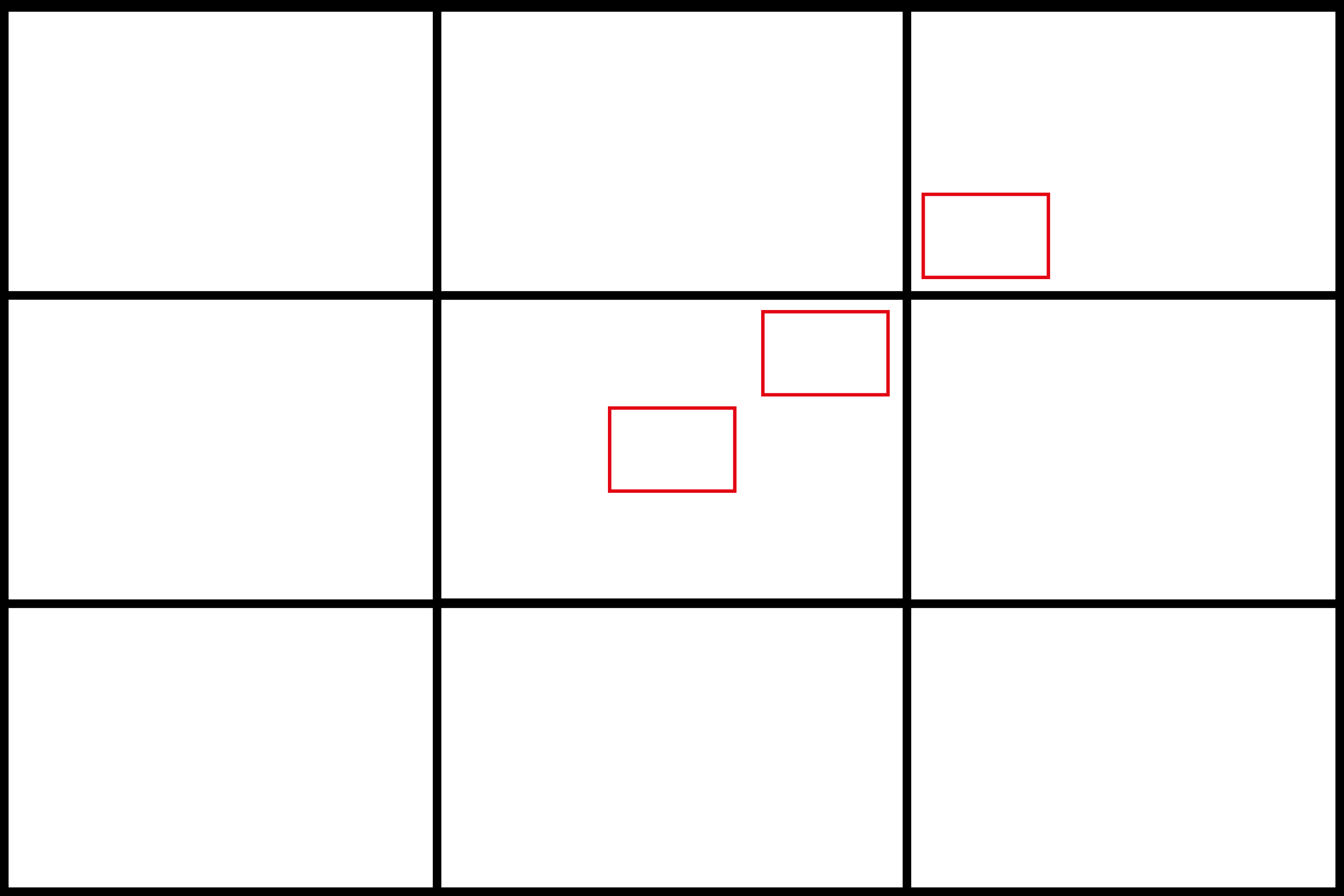
This is what I did here, I refocused for every shot to get the best possible result at different locations in the frame (center, inner midframe and outer midframe).
Focus distance was 1.0 m and the circle of the dollar bill is more or less the size of a human eye. For the Voigtländer I used the Leica M10, for the other lenses the Sony A7III.
Center
Max Aperture <———-> f/2.0
Inner midframe
Max Aperture <———-> f/2.0
Outer midframe
Max Aperture <———-> f/2.0
Observations
In the center of the frame the Sigma and Viltrox look best, their performance at f/1.2 is already as good as stopped down to f/2.0, which is really impressive. The Laowa looks only a little worse here – despite being an f/0.95 lens – and the Voigtländer follows closely behind. The Samyang is definitely softer than the others due to a significant amount of spherical aberration. Stopped down to f/2.0 they all look great.
The situation in the inner midframe is pretty much the same as in the center of the frame, only the difference between the Sigma/Viltrox and the others got bigger.
In the outer midframe area the Laowa struggles a bit at its maximum aperture and the Samyang is also softer than the others.
Coma
Maximum Aperture
f/2.0
f/2.8
Observations
The Sigma is easily the best at its maximum aperture, showing a complete absence of Coma – astonishing for a wide angle lens as fast as f/1.2. Viltrox and Samyang follow with only minor Coma, but the Viltrox is the sharper of the two in the corners, so takes the second place. Voigtländer and Laowa both show a more noticeable amount of Coma – not too surprising considering their specifications.
At f/2.0 the Sigma still looks best, the other four lenses still show a low amount of Coma and interestingly all to a similar degree.
By f/2.8 all these lenses are pretty much free from Coma, the Laowa’s corner still doesn’t look perfectly clean, but it looks to me like Astigmatism is to blame for that now, not Coma.
Flare resistance
I am not going to do any side by side flare resistance comparisons here, instead you get my opinion based on my individual reviews of these lenses.
I have been using the Sigma, Laowa and Voigtländer for years in various situations and all three are prone to creating artefacts with point light sources outside the frame. It definitely makes sense to use the supplied hoods for the Sigma and the Laowa, especially the Sigma’s huge hood actually makes a difference.
I did not spend as much time with the Samyang and the Viltrox. In my testing the Samyang looked a bit worse than the Sigma, especially at its maximum aperture.
To my surprise the lens that showed the best performance in this category is the Viltrox. And it gets better: it looks great even when not using the hood. This is a big advantage, as I can just leave that bulky hood at home, giving it an even bigger size and weight advantage over the Sigma.
Rendering / Bokeh
I always took these pictures tripod based and from the same distance. In some cases I normalized their field of view (FoV) in Photoshop, meaning I cropped the pictures from the wider lenses to make them easier to compare.
Very rarely pictures have been adjusted for white balance individually, apart from that there have not been individual adjustments, unless stated otherwise.
When it comes to subject separation there are two things to consider, one is obviously the bokeh (quantity and quality) itself, but what can be just as important is the difference between contrast and resolution in the focal plane compared to the out of focus areas.
The ideal lens has high contrast and resolution in the focal plane and smooth out of focus areas without any outlining around highlights or contrasty edges. If this is the case it is easier to create an illusion of depth (or “3D effect” as some may call it). Only few lenses manage to strike this balance though.
Bokeh is a bit of a subjective thing, but I see it like this: Bokeh is to the subject, the same as the pot is to a bonsai tree. It should be a nice addition, but not distract from the actual thing.
When the bokeh is so weird or eccentric that you cannot take your eyes of it, I definitely think there is something wrong with it and it failed its purpose.
Keep in mind I was using the Voigtländer on the Leica M10 here and the other lenses on the Sony A7III. Had I used the M-mount lens on the Sony camera as well, it would have shown more pronounced field curvature, having a negative influence on the bokeh. The Voigtländer 35mm 1.2 SE will show a very similar performance on a Sony camera as the Voigtländer VM 35mm 1.2 Nokton III does on an M-mount camera here.
Scene 1: City Lights 0.7 m
In this scene I did not normalize the field of view. Compared to the situation at infinity, here the Laowa clearly has a narrower field of view, further adding to its already stronger blur.
Apart from that, I do not see a lot of meaningful differences at this close distance, so let’s move on to more revealing scenes.
Scene 2: Forest Backlit 1.0 m
At 1.0 m focus distance we see the Laowa still has a narrower field of view than the other lenses. Here we will have a look at the performance at focus point as well as at the bokeh rendering.
Keeping in mind the sharpness sections, it shouldn’t come as a surprise that Sigma and Viltrox look the best here. The Laowa takes the third place, which is impressive considering it is an f/0.95 lens. Samyang and Voigtländer are noticeably softer, the Samyang also seems to have lost some contrast thanks to veiling flare.
The difference between f/0.95 and f/1.2 is definitely noticeable here. Sigma and Viltrox look surprisingly similar here, both rendering a neutral and unobtrusive bokeh.
The Voigtländer shows rather strong green outlining. The Samyang also shows a little outlining, but it does create the roundest highlights.
Scene 3: Forest 1.1 m
Looking at this scene as a whole, it is hard to see notable differences – except for the Laowa creating stronger blur.
Looking at the focus point, again Viltrox and Sigma look best with the other three being softer. Did you notice that looking at the uncropped pictures? Probably not.
Scene 4: City Lights 1.2 m
In this scene there is a lot to talk about. The Samyang creates the biggest out of focus highlights in the corners, but they are truncated by the Sigma MC-11 adapter, making them look very unnatural. The Laowa also creates rather weird turtle shell shapes.
The Voigtländer’s highligts get very small towards the corners thanks to its very strong optical vignetting. Compared to the Viltrox the Sigma also has stronger optical vignetting.
At the border Sigma and Viltrox look similar, but the Sigma has slightly stronger cat’s eyes.
The Samyang creates yellow/green outlining and its highlights are also slightly lemon shaped.
Here you can also have a better look at the turtle shell shaped highlights the Laowa creates at f/0.95. I added a crop from a picture taken with it at f/1.2 and as we can see the shape looks different at f/1.2, but not necessarily better.
The Voigtländer does not only create the smallest highlights, they also show strong outlining and strong onion ring structures.
Scene 5: City Lights 1.2 m
I do not see huge differences here, so let’s have a closer look at the crops.
Very similar to the previous scenes: Viltrox and Sigma look very similar, Samyang has less optical vignetting but highlights are truncated, Laowa shows strongest blur, Voigtländer has the strongest optical vignetting.
Scene 6: Forest 1.3 m
In my comparisons of Super Fast 50mm M-mount lenses and Fast 28mm lenses the differences between the lenses became more obvious at longer focus distances, let’s see if this will also be the case here.
Good news: none of these lenses has obvious field curvature issues leading to the corners being in focus even though they shouldn’t be.
If you had a look at scenes 2 and 3 before you already know what to expect: Sigma and Viltrox look best, followed by the Laowa and Samyang and Voigtländer are a bit softer.
In the background we see similar results as in scenes 2 and 4.
Scene 7: City Lights 2.0 m
This is one of those scenes where the differences between the lenses are hardly field relevant. You think you could tell apart the huge Sigma and the small Voigtländer in a blind test? I don’t think so.
Once more only the stronger blur gives away the Laowa and the Samyang’s out of focus highlights show more outlining. Viltrox, Sigma and Voigtländer look very similar.
Scene 8: Forest 2.4 m
This scene showcases the benefits of having an f/0.95 aperture in a 35mm lens: compared to the f/1.2 lenses the Laowa shows a visibly stronger subject separation.
The Voigtländers stronger optical vignetting (maybe in combination with a bit of field curvature) also makes itself felt: compared to the other lenses the border and corner regions appear noticeably less blurred.
Sigma and Viltrox look best, followed by the Voigtländer, Samyang is softest, Laowa suffers from Astigmatism a bit.
If someone asks you how the Voigtländer can be smaller than the other 35mm f/1.2 lenses: show them this comparison.
Scene 9: Forest 2.5 m
As before the Laowa with its f/0.95 maximum aperture is at an advantage here.
When looking at these crops, the lens that looks nicest to me is the Viltrox, as it creates the “cleanest” and least obtrusive rendering in the corners. The Samyang, Laowa and Voigtländer on the other hand are not as well corrected at their maximum aperture and aberrations like Coma and Astigmatism lead to a busier rendering.
Bokeh Summary
The background and distance relations obviously have a big influence here and to some degree this is also a bit of a subjective topic. Either way, this is how I see the things here:
Being faster than the competitors the Laowa definitely has an advantage in many scenes. In a 35mm lens that jump from f/1.2 to f/0.95 actually makes a really big difference, at least in my opinion.
The most predictable lenses are the Viltrox and the Sigma. If there was a job to be done I would definitely pick one of these two – also thanks to them offering autofocus.
As was already the case for the Voigtländer VM 28mm 1.5 Nokton in my Fast 28mm Comparison, the Voigtländer VM 35mm 1.2 Nokton III is usually the easiest to spot here – due to its strong optical vignetting. Consindering how small it is, it still shows an impressive performance.
Personally, the Samyang convinces me the least. It is the biggest lens in this comparison – and in one way that seems to be a benefit, as it shows the lowest vignetting figures – but there is a bit too strong outlining for my taste and I also find contrast and resolution a bit lacking compared to the Sigma and Viltrox.
Don’t be fooled by this comparison though: the differences between these five 35mm lenses are smaller than those I saw between the Super Fast 50mm M-mount lenses and the Fast 28mm lenses I compared. I would be happy to use any of these lenses here.
Chromatic aberrations
lateral CA
Sigma and Viltrox hardly show any lateral CA, Samyang and Voigtländer a low amount and the Laowa a medium amount.
For all these lenses this can be easily corrected in post, so nothing to worry about.
longitudinal CA
Longitudinal chromatic aberrations come in different forms. In the following comparsions we will have a look at “bokeh-CA” or “bokeh fringing” which you will see in the out of focus areas and “purple fringing” which shows up close to the plane in focus.
Bokeh Fringing
We will be looking at 100% crops from the central part of the frame from the Sony A7rII with 42mp here.
Maximum Aperture – Background
Maximum Aperture – Foreground
f/2.0 – Background
f/2.0 – Foreground
Observations
At their maximum aperture the Viltrox easily looks best as it shows the least amount of outlining. The Sigma comes next with a more noticeable but still comparably low amount of outlining. Samyang, Laowa and Voigtländer all show a visibly higher amount of outlining.
Stopped down to f/2.0 nothing about the order changes, the Laowa improved a bit more than the Samyang and Voigtländer though, taking the third place after the Viltrox and Sigma.
Purple Fringing
We will be looking at 100% crops from the central part of the frame from the Sony A7rII here.
Maximum Aperture
f/2.0
Observations
Here at the maximum aperture the Viltrox and Sigma look just as good and interestingly the Laowa – despite being shot at f/0.95 – takes the third place. The Samyang shows strong spherical aberration in combination with strong outlining, the Voigtländer the strongest outining.
Stopped down to f/2.0 the Voigtländer catches up to the Viltrox and the Sigma while the Samyang and the Laowa still show a low amount of outlining.
Conclusion
My opinion on these lenses
Sigma 35mm 1.2 Art DG DN – The old King
When released in 2019, the Sigma 35mm 1.2 Art DG DN was the first 35mm lens combining a maximum aperture of f/1.2 with autofocus. Not only that, this was also one of the first actually really good fast 35mm lenses. The speed and optical performance came at a cost which is rather typical for many Sigma lenses: it is huge and heavy. Of all the lenses discussed here it still offers the best Coma correction and is tied for the lead when it comes to contrast and resolution. Despite its huge size it shows strong optical vignetting (cat’s eyes) and the flare resistance asks for you using the hood all the time, which will further add to its size.

Viltrox AF 35mm 1.2 FE LAB – The Heir to the Throne
Viltrox clearly wants to improve its reputation as a manufacturer of photography lenses by also competing in the high end market and their Pro and – even more so their LAB – lenses are designed to challenge the reknown manufacturers from Japan. While I personally think their 135mm 1.8 fell a bit short of expectations, this 35mm 1.2 is the real deal. In almost every category it either matches or outperforms the aforementioned Sigma lens – even when it comes to flare resistance, where the Japanese manufacturers seemed to be way ahead of the competition. But not only that, it is also 15% lighter and smaller.
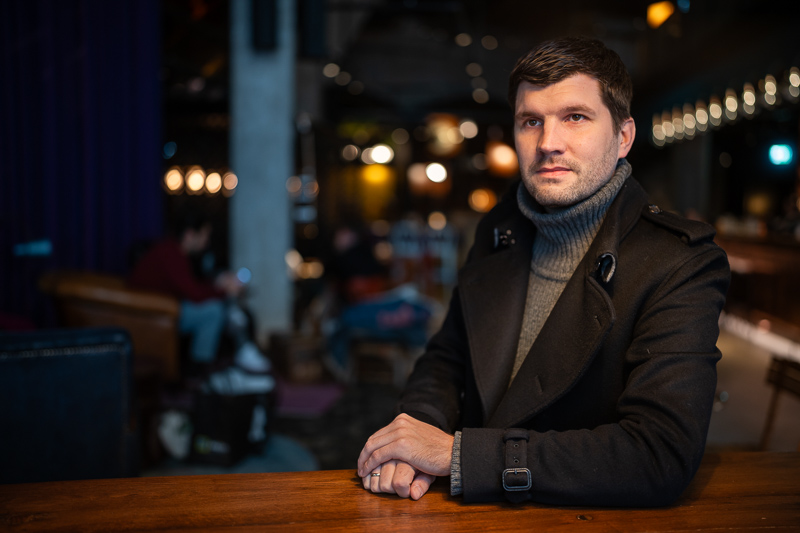
Samyang 35mm 1.2 XP – The Dinosaur
This Samyang was released at roughly the same time as the Sigma 35mm 1.2 Art DG DN. The problem: it was released for EF-mount when no one really cared about DSLRs anymore. Another problem was, that it was a manual focus lens and the late DSLR’s focusing screens are simply not made to focus a lens like this properly. Its optical performance also clearly falls behind the two aforementioned lenses, so there are not a lot of reasons to still buy this today.
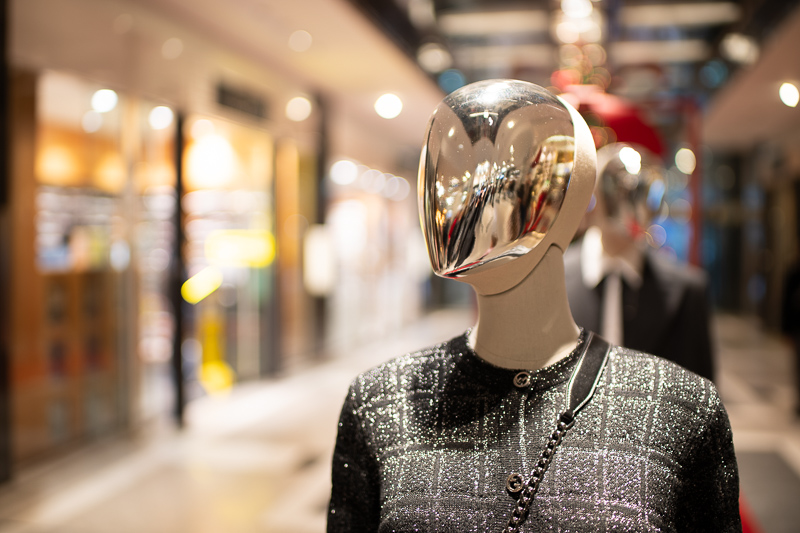
Laowa 35mm 0.95 Argus – The Fastest
The Laowa 35mm 0.95 Argus is still the only 35mm fullframe lens with a maximum aperture of f/0.95 and as you may have noticed in the bokeh comparisons, the jump from f/1.2 to f/0.95 actually makes a visible difference. It also has a bit of undercorrected spherical aberration at wider apertures, leading to a softer rendering compared to Sigma and the Viltrox, which can be beneficial for portraiture. This is a manual focus lens though, so if you are dealing with moving subjects the Sigma and Viltrox will make your life a lot easier. Whenever I know I won’t need AF, this is the 35mm lens I want to use.
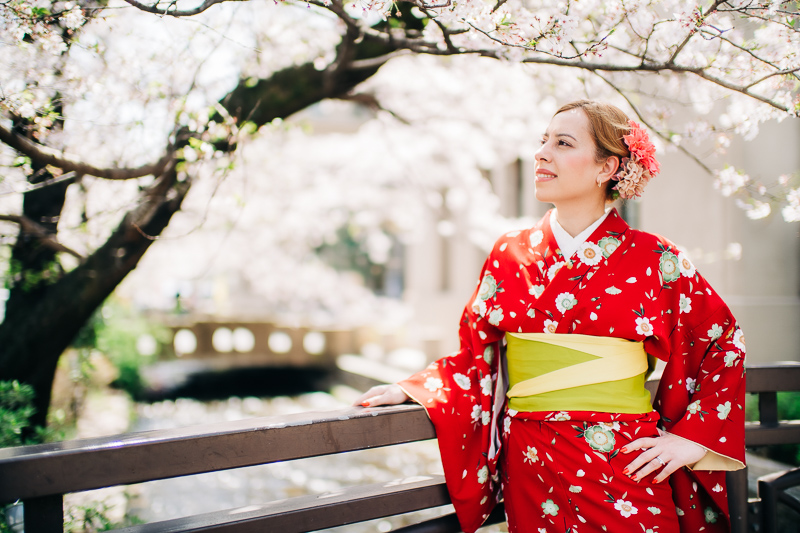
Voigtländer VM 35mm 1.2 Nokton III – The Compact
Being so small compared to the other lenses, some of you may wonder how that is actually possible. Now if you have a closer look at the performance, you do get an idea, as the correction of most optical aberrations is worse, meaning: off center sharpness is worse (also making it harder to focus), optical vignetting is high, bokeh fringing is rather high and vignetting is easily the strongest, which also leads to the (to my eyes) worst bokeh rendering of all these lenses. The question is, in how many pictures you take with this lens you will actually notice that, and my guess is: probably not many. On the other hand, this lens – including a Leica M digital camera – is lighter than the Sigma or Samyang lenses alone, that is a real difference.
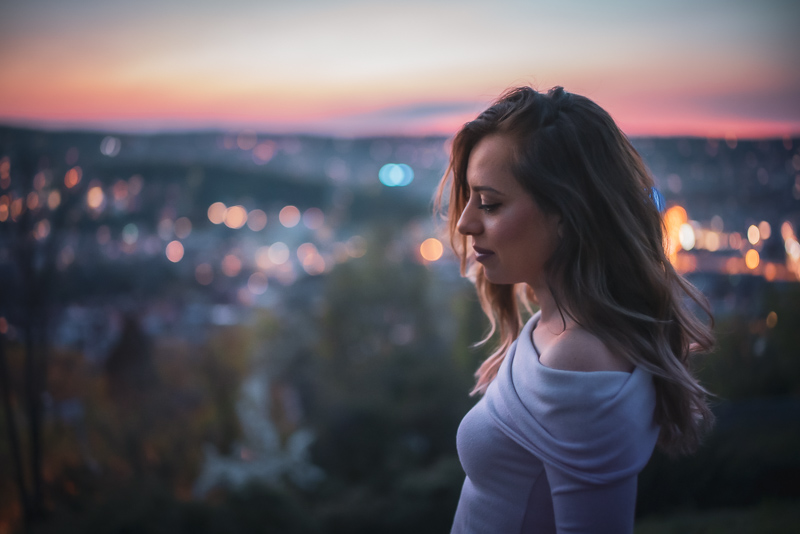
Which is the right lens for you?
It wasn’t easy for me to give a recommendation in my comparisons of Super Fast 50mm M-mount lenses and Fast 28mm lenses, mainly because there were significant differences between the lenses included.
Here the situation is a bit different: the Viltrox 35mm 1.2 LAB is the easy recommendation. I have used the Sigma 35mm 1.2 Art DG DN since release and for 5 years it has been my go-to lens for any kind of reportage or wedding work. Still, there have been three things I didn’t like about it: its flare resistance, the strong cat’s eyes and its size and weight (including its 82mm filter thread). The Viltrox improves on all of those things, the only thing I like less about it is its aperture ring. Still, by the time you read this I already sold my Sigma and am now using the Viltrox as my autofocus 35mm workhorse lens.
The Laowa 35mm 0.95 Argus has been my more travel friendly alternative to the Sigma since its release and as you have seen it can create a look which simply cannot be achieved with the other lenses. For staged portrait shootings or when I simply don’t need autofocus this is the 35mm lens you will find me using.
The Samyang 35mm 1.2 XP only really makes sense when you need an EF-mount lens. If that isn’t the case I find all of the aforementioned lenses to be a better choice.
If you find all of those lenses to be too big and heavy, the Voigtländer VM 35mm 1.2 Nokton III (or its E-mount version) might be for you. It neither offers the optical performance of the Viltrox/Sigma nor the unqiue bokeh qualities of the Laowa, but its compromises have been well chosen and in many real world scenarios you probably won’t even notice the differences compared to those much bigger and heavier lenses.
Support Us
If you found this article helpful and you decide to buy one of these lenses, please consider using one of the following affiliate links.
If you are not interested in buying any of these lenses, but you still found this article useful, just liked reading it or it saved you a lot of money: treat us to a coffee!
![]()
![]()
![]() via Paypal
via Paypal
This site contains affiliate links. If you make a purchase using any of the links marked as affiliate links, I may receive a small commission at no additional cost to you. This helps support the creation of future content.
Sigma 35mm 1.2 Art DG DN
$1.499 (new) or $900 (used)
buy from amazon.com | amazon.de | B&H | ebay.com | ebay.de (affiliate links)
Viltrox AF 35mm 1.2 LAB
$999 (new)
buy from manufacturer’s shop (use the code “BK3512LAB5” for 5% discount) | Pergear | amazon.com | amazon.de | B&H | ebay.com | ebay.de (affiliate links)
Samyang 35mm 1.2 XP
$799 (new) or $500 (used)
buy from amazon.com | amazon.de | B&H | ebay.com | ebay.de (affiliate links)
Laowa 35mm 0.95 Argus
$649 (new)
buy from manufacturer’s shop | amazon.com | amazon.de | B&H | ebay.com | ebay.de(affiliate links)
Voigtländer VM 35mm 1.2 Nokton III
$949 (new)
buy from amazon.com | B&H | ebay.com | ebay.de (affiliate links) or find your local Voigtländer distributor
Further Reading
- All Lens Reviews
- Bokeh Explained
- Lens Aberrations Explained
- How to take better pictures?
- Review: Nikon Z 58mm 0.95 S Noct-Nikkor
Latest posts by BastianK (see all)
- Analogue Adventures – Part 47: Tübingen - December 17, 2025
- Review: Zeiss Milvus 25mm 1.4 Distagon - December 13, 2025
- Vivo X200 Ultra – The Death of the compact Camera - December 9, 2025
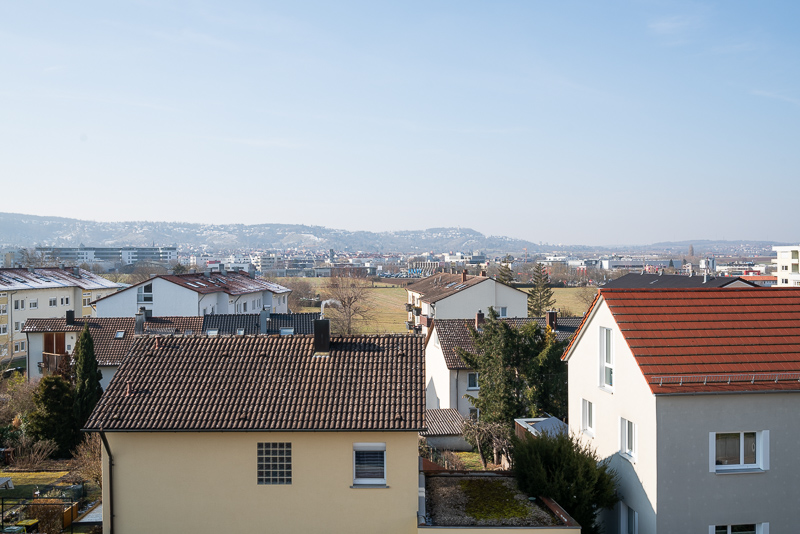
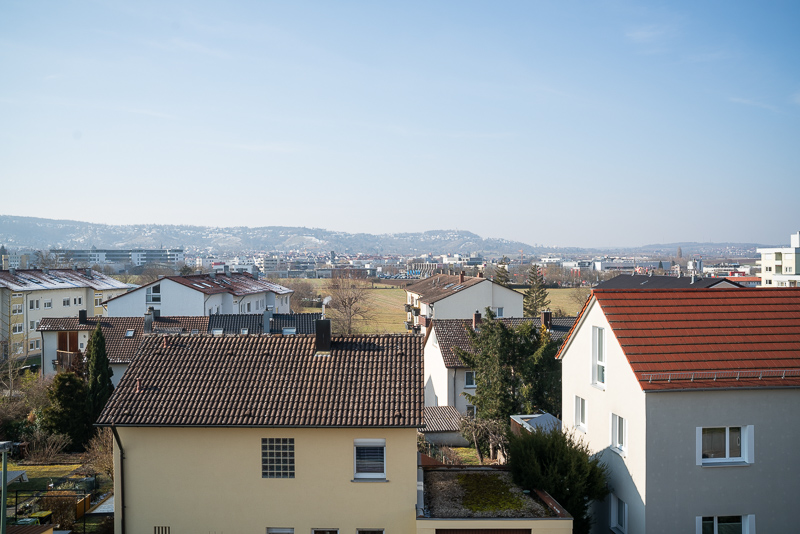
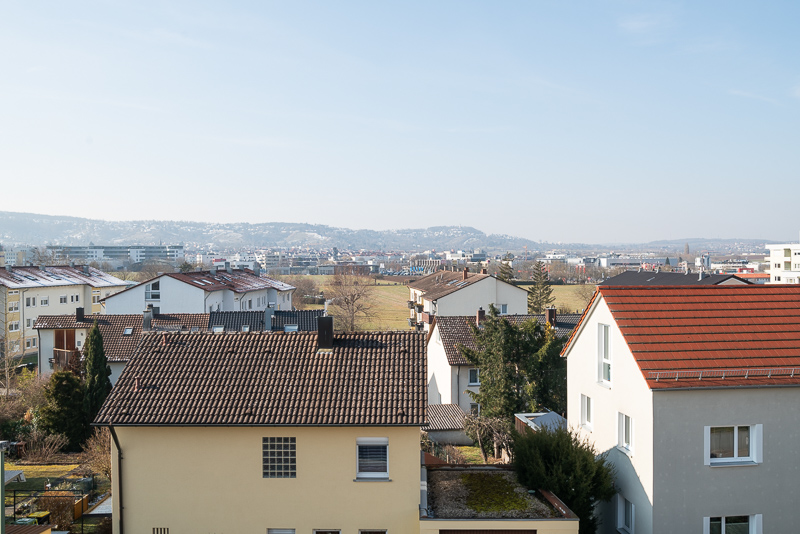
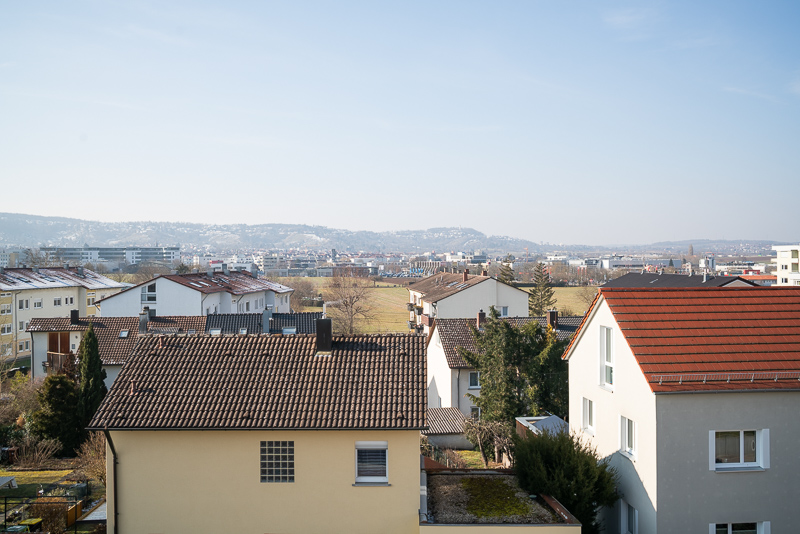
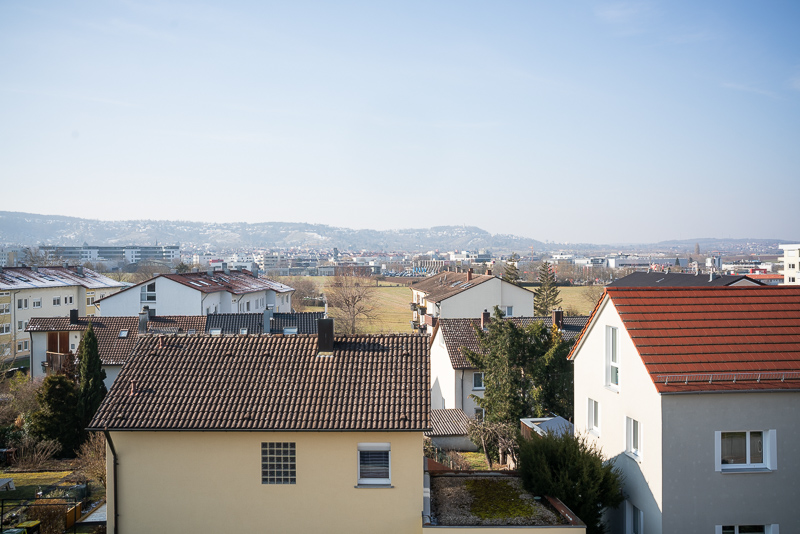











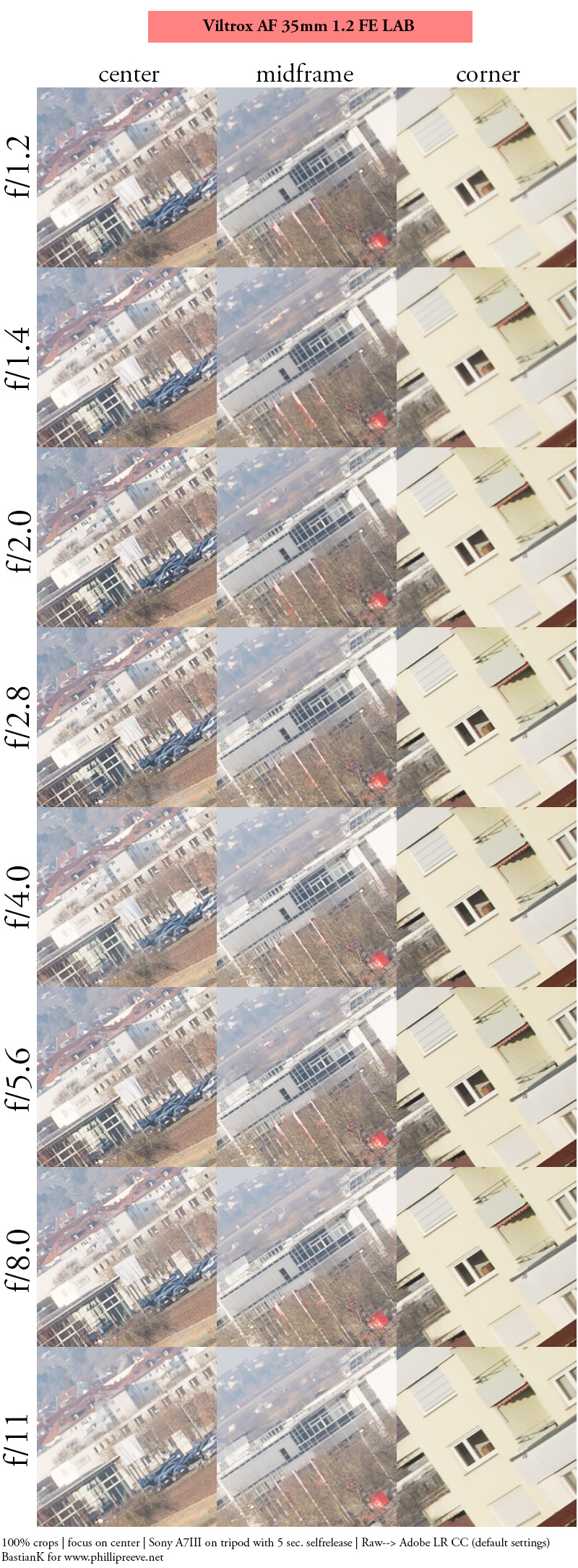
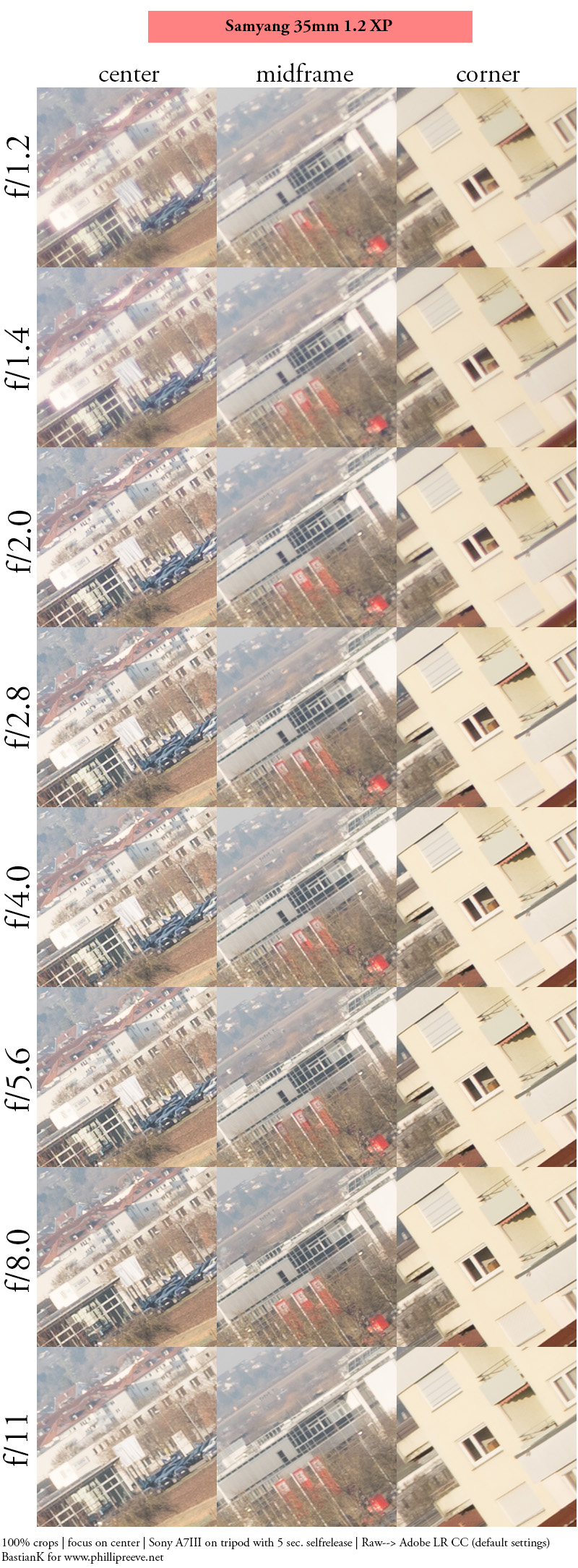

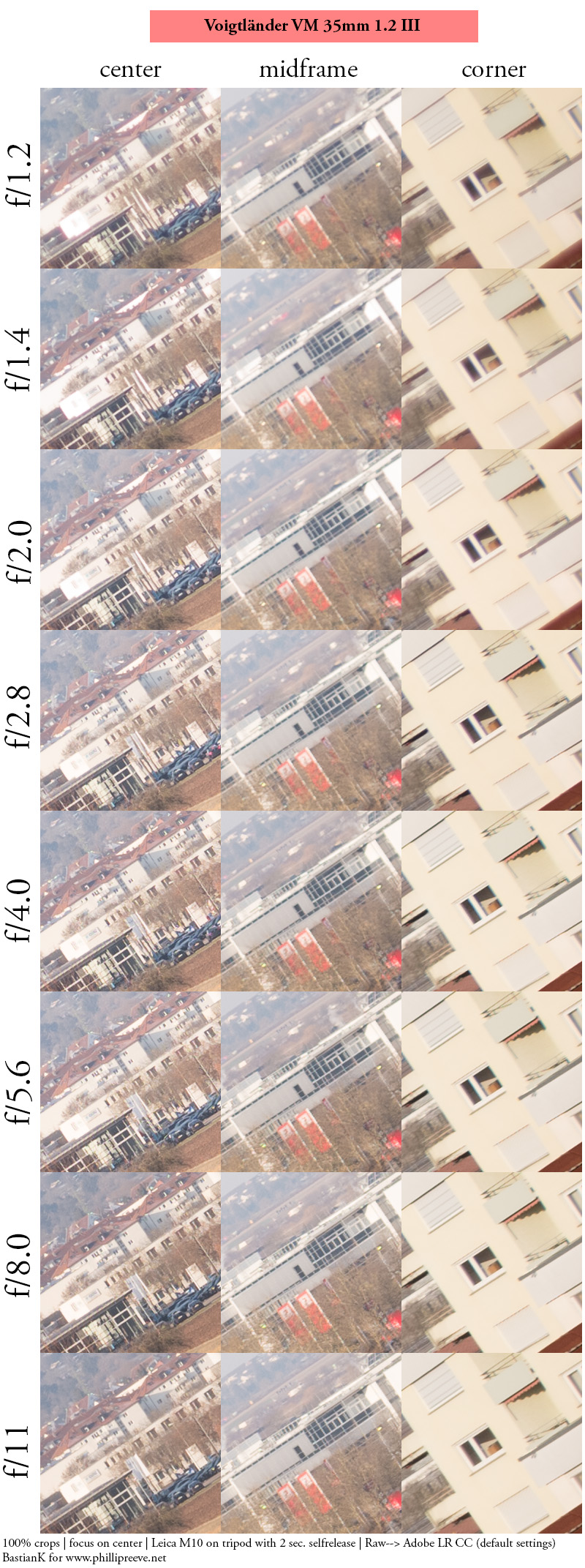


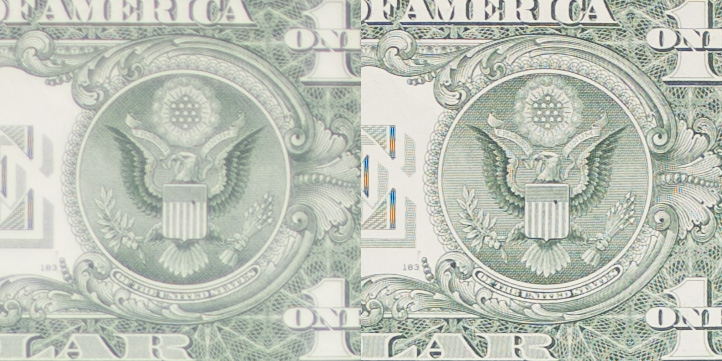
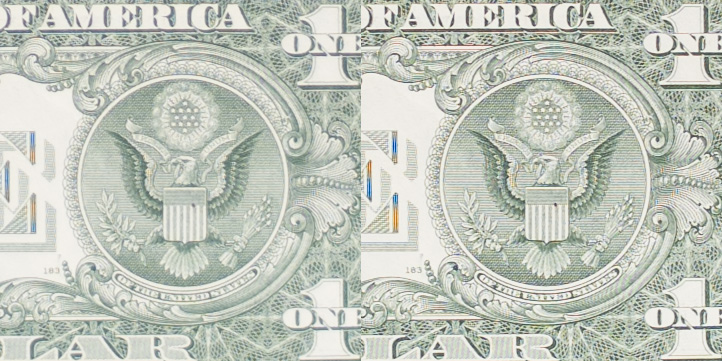
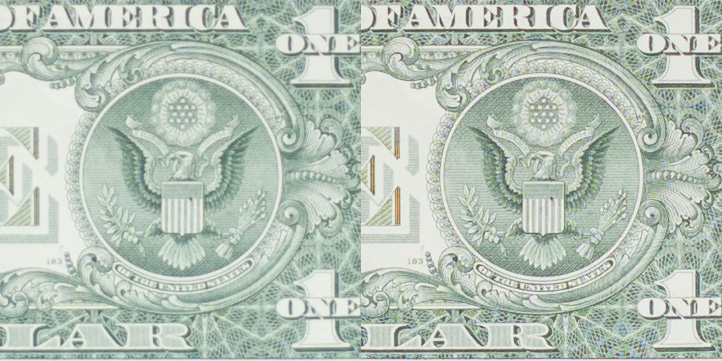
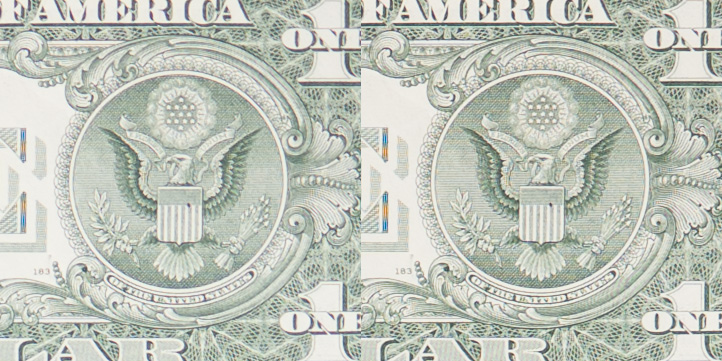
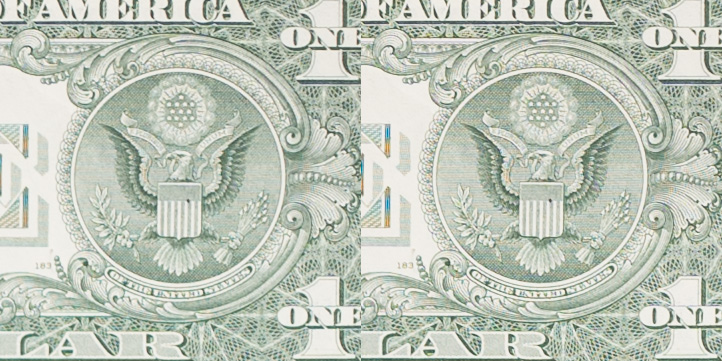
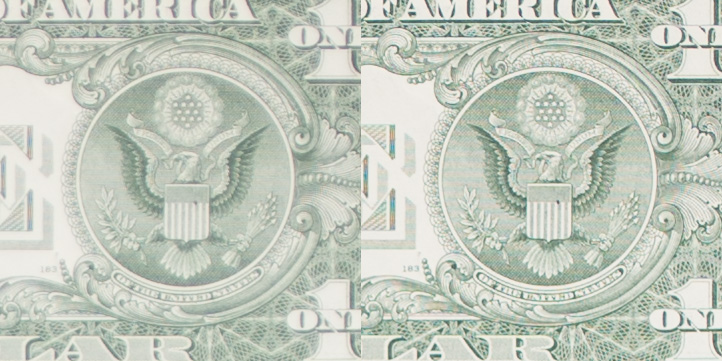
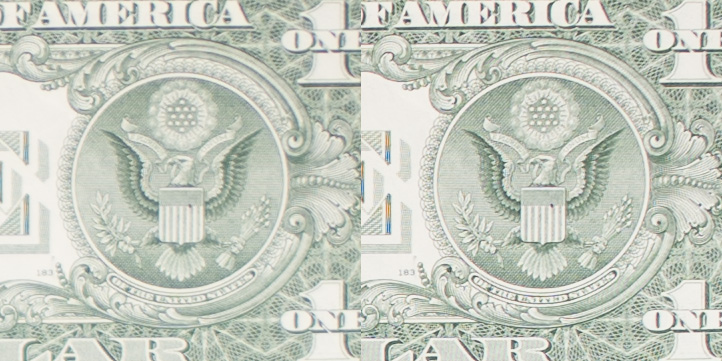
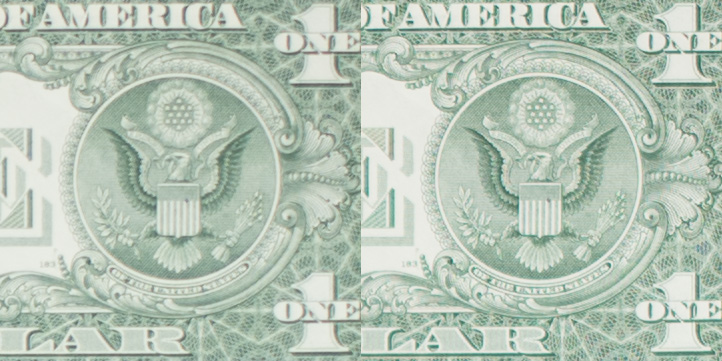
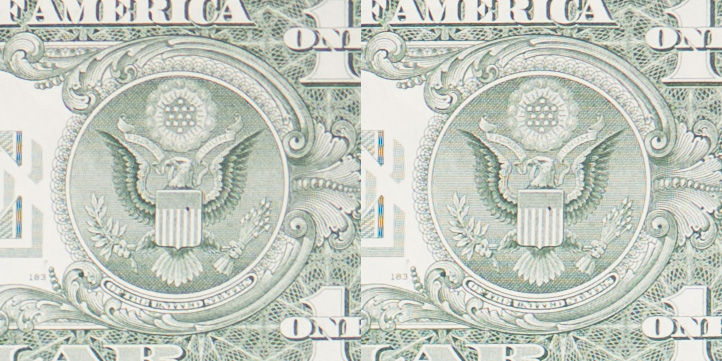
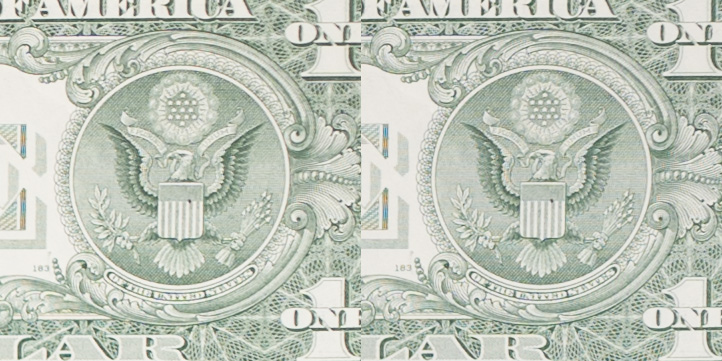
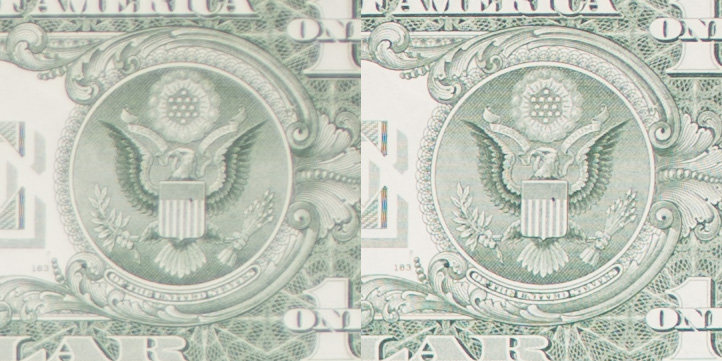
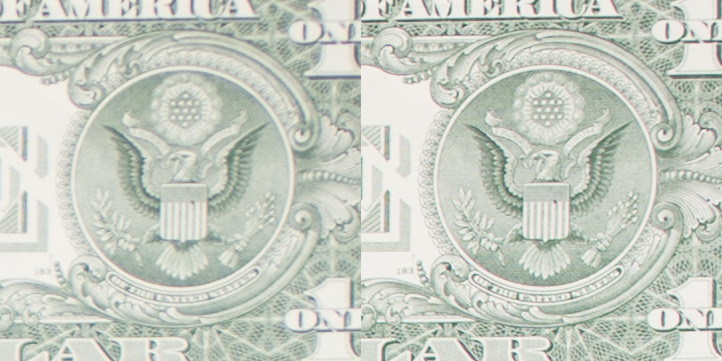
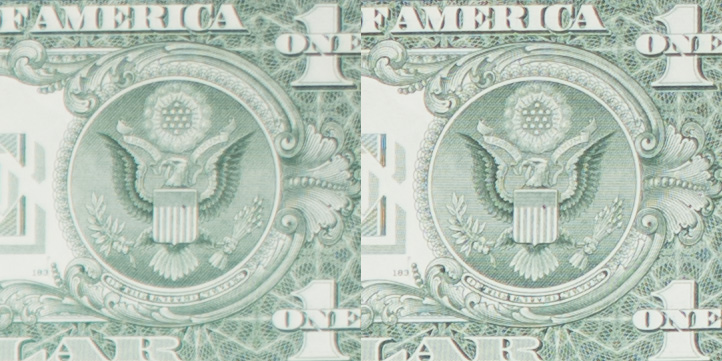

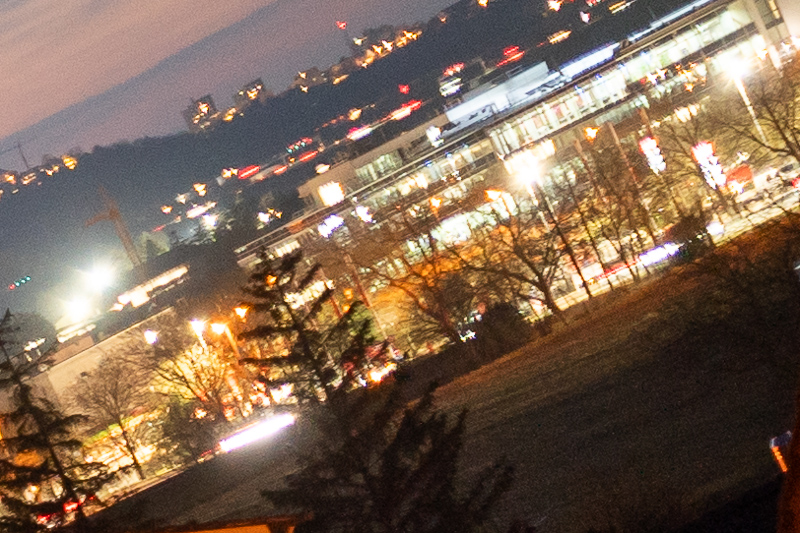
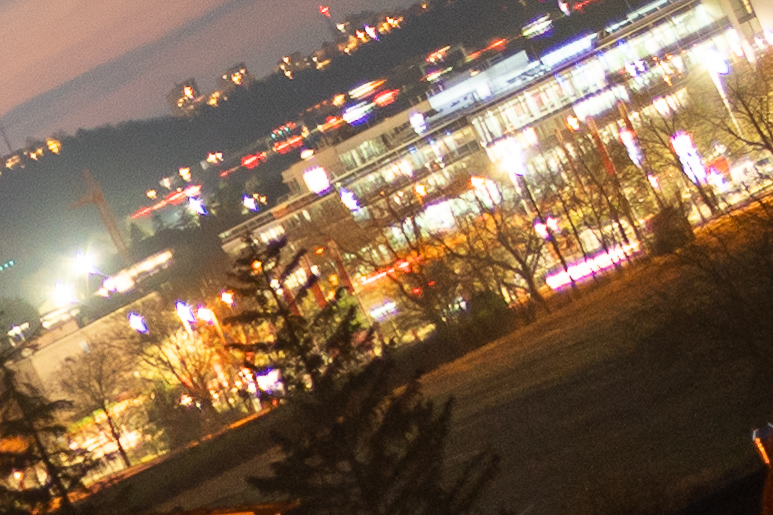
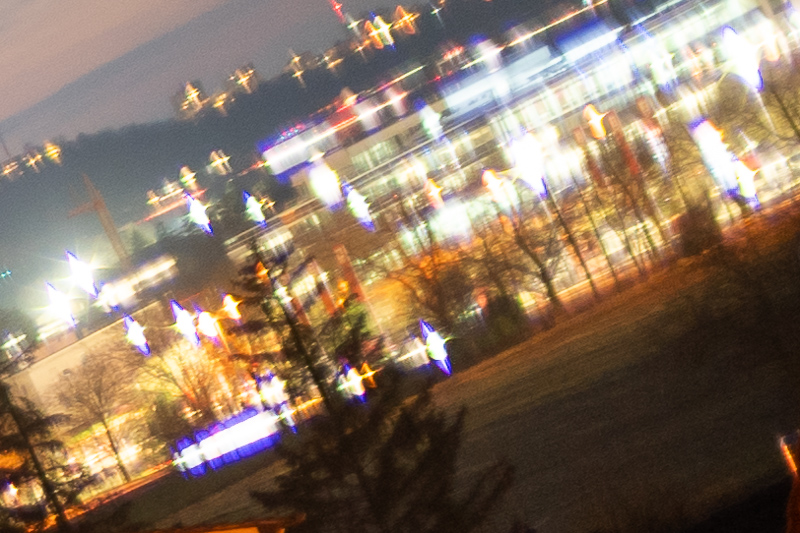
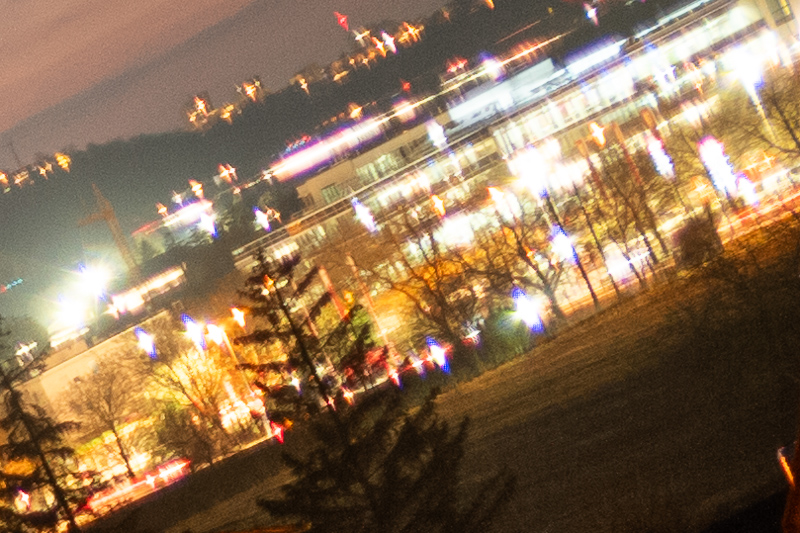
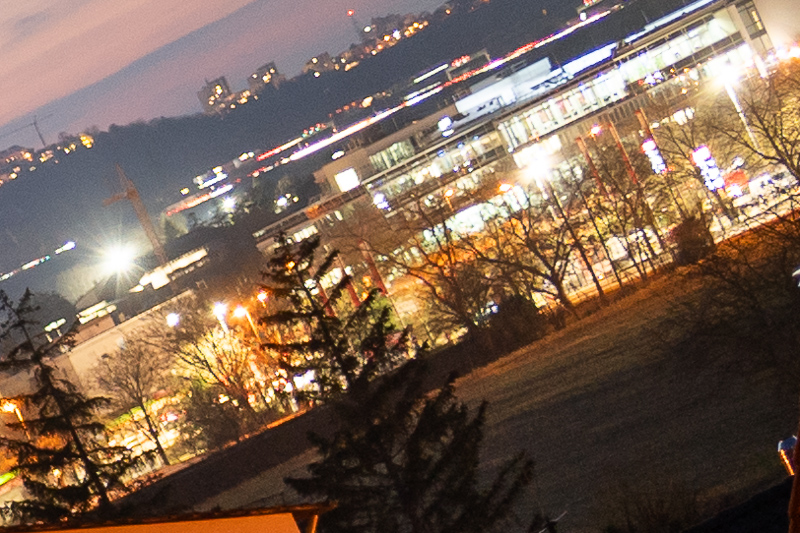
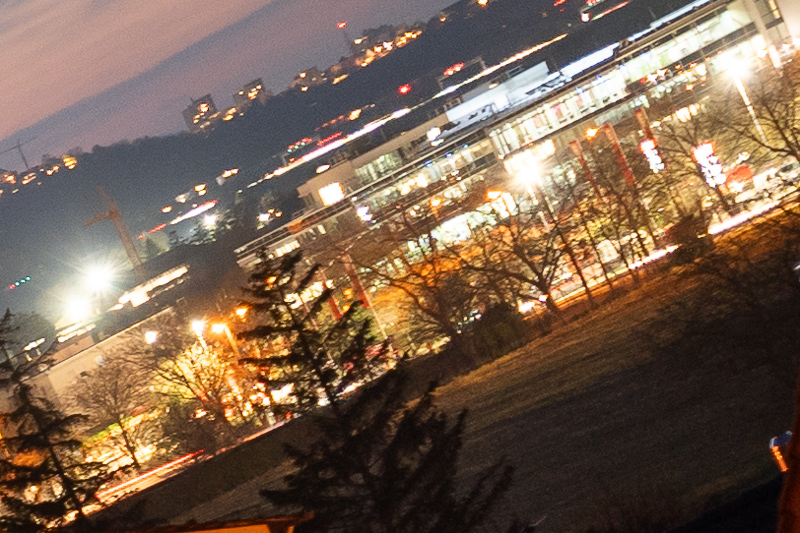
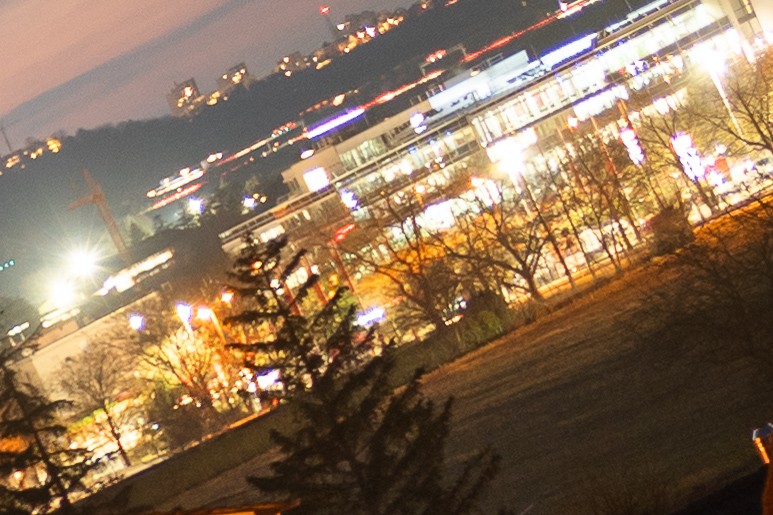


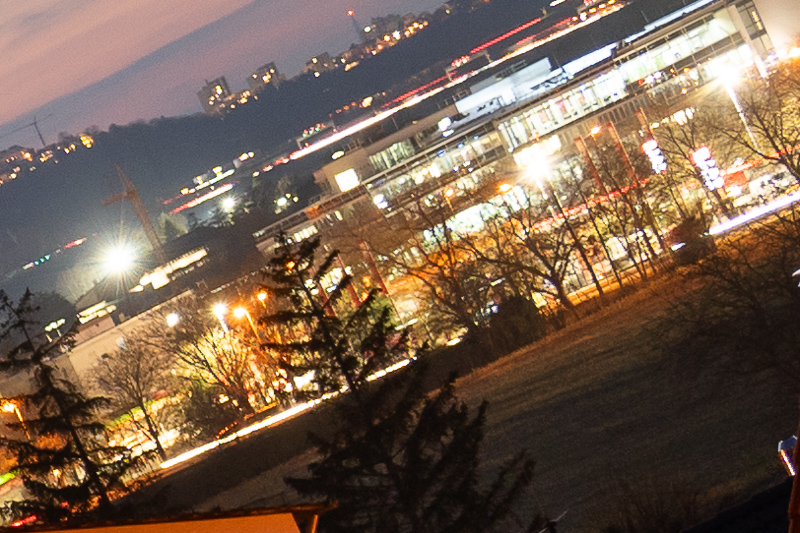
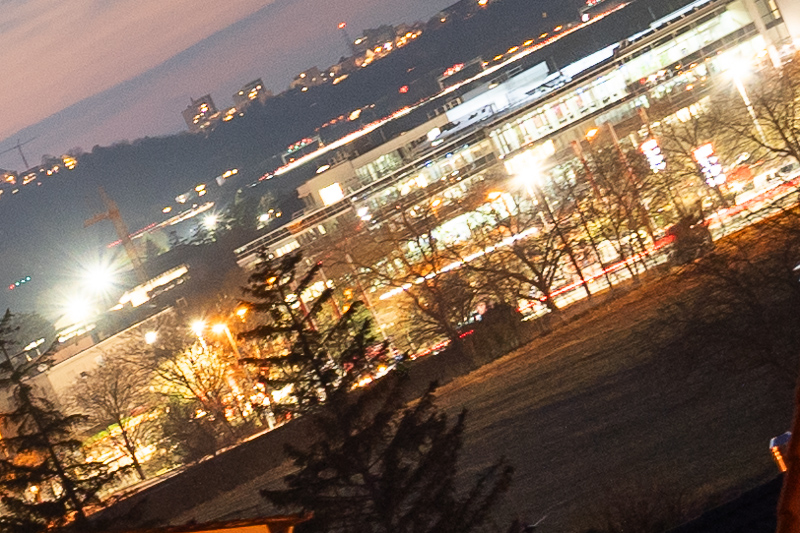

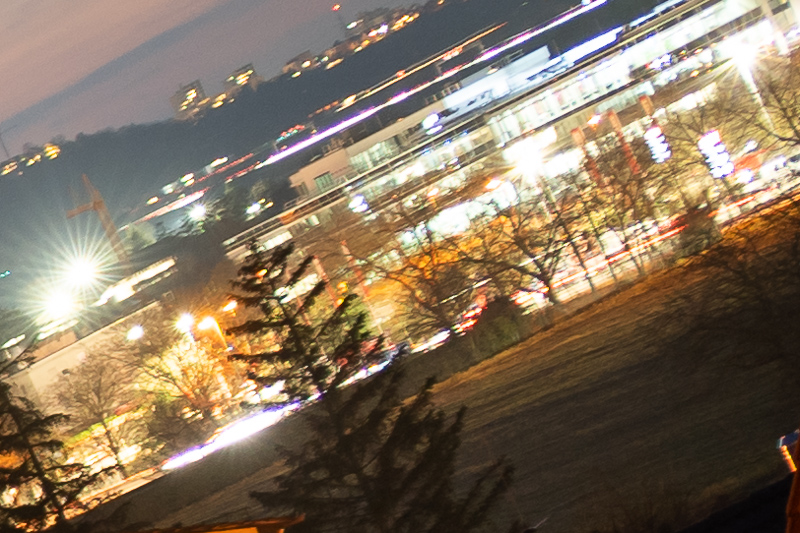
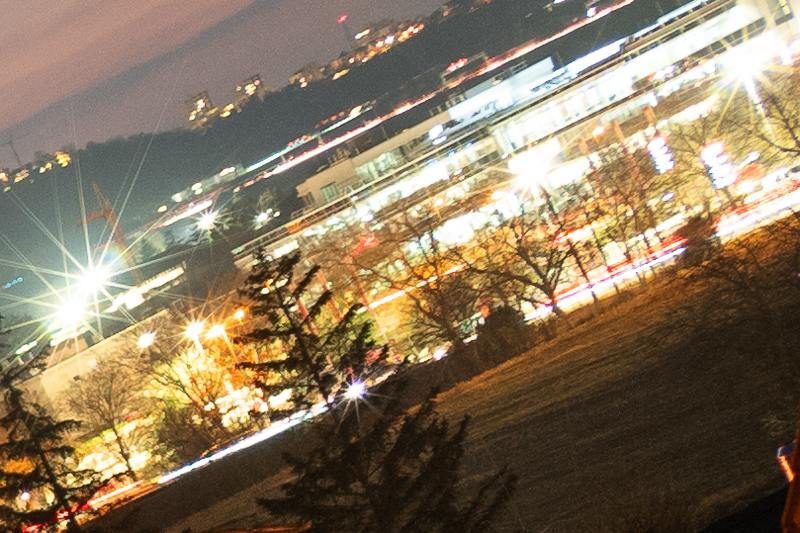
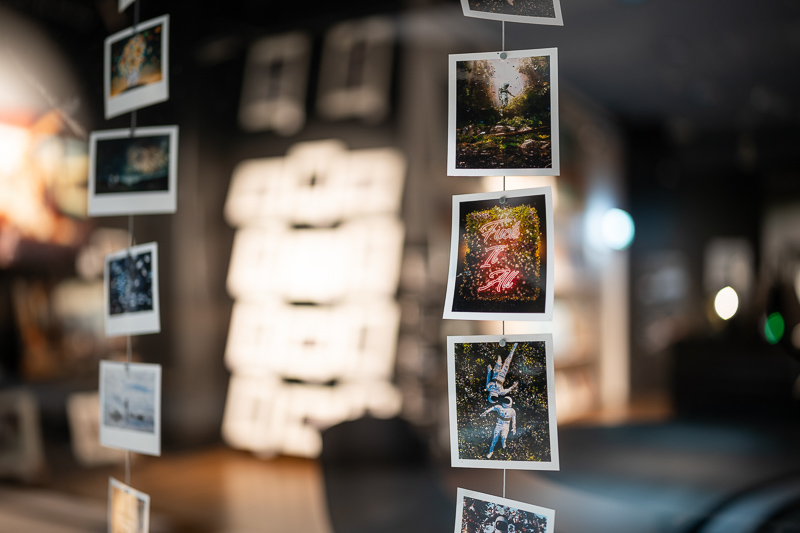
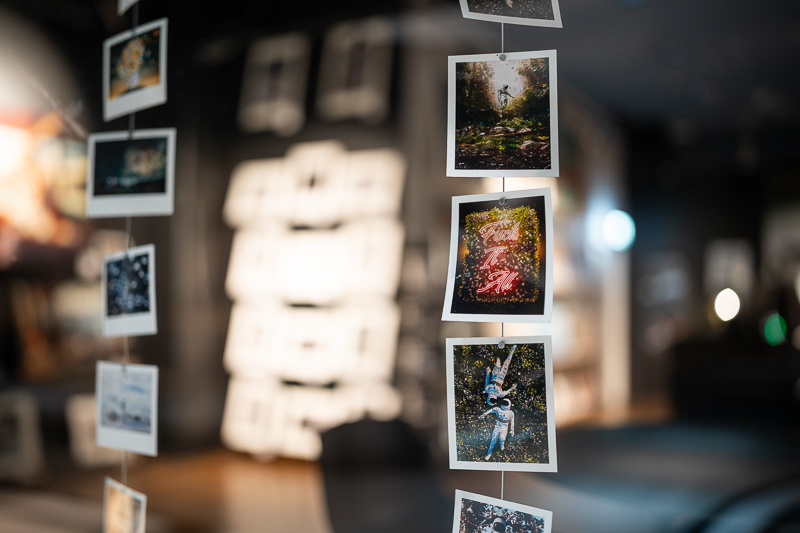
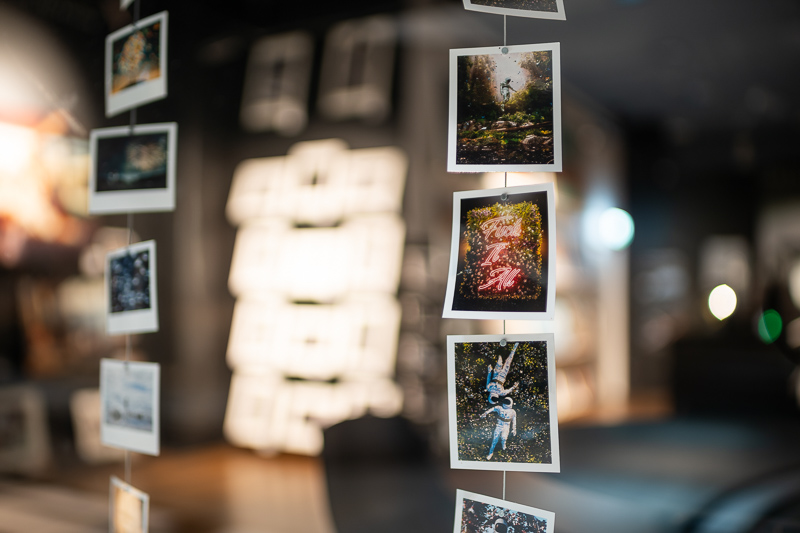
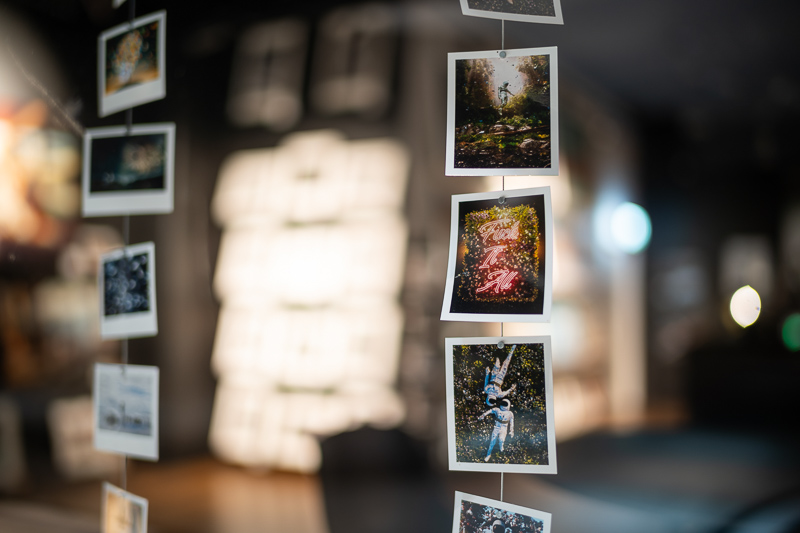
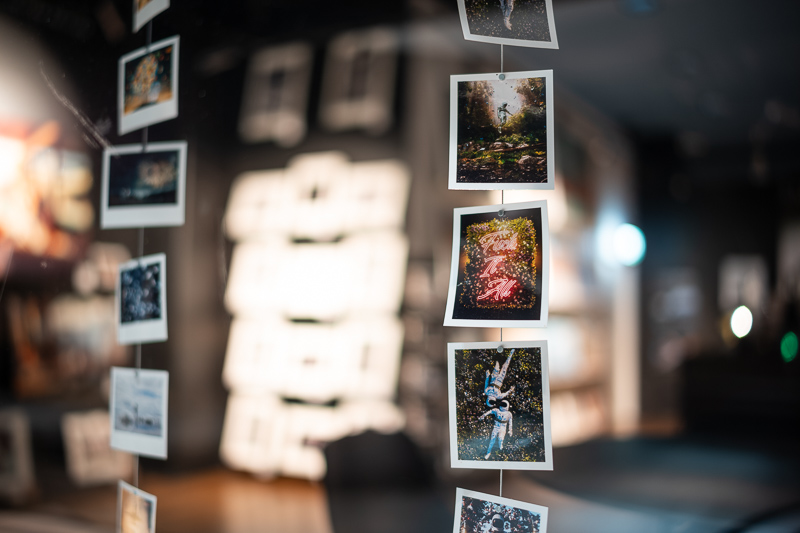
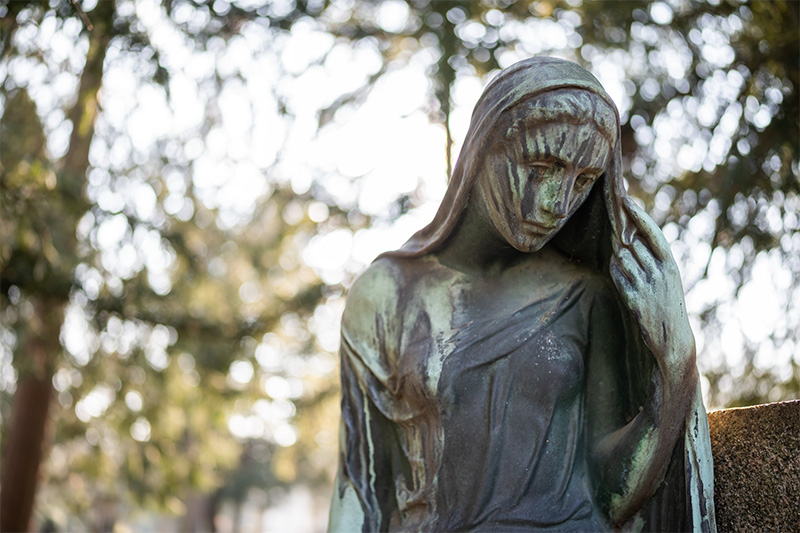
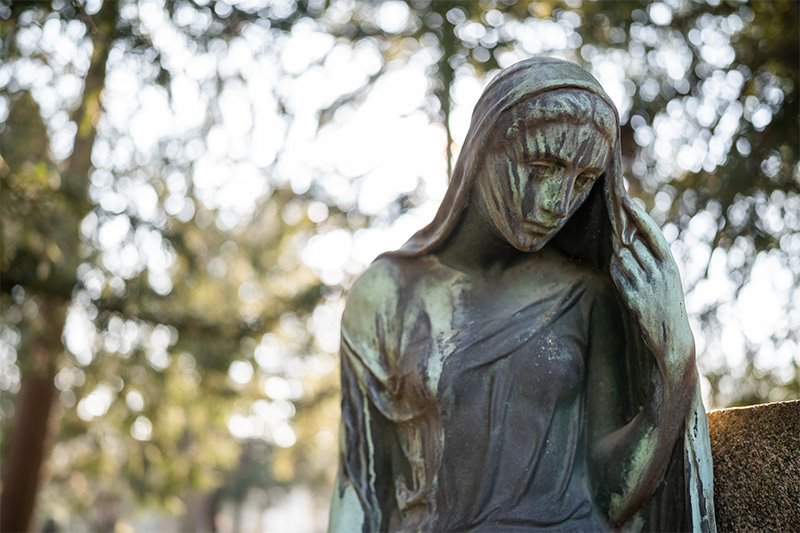
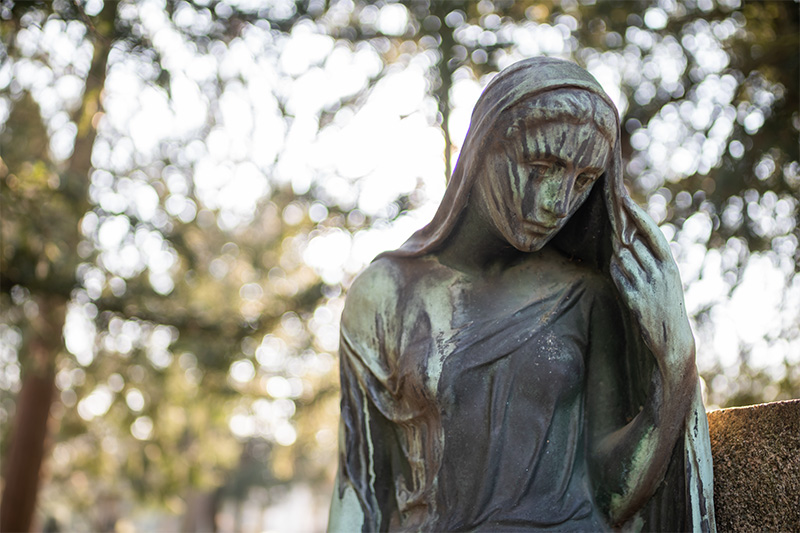
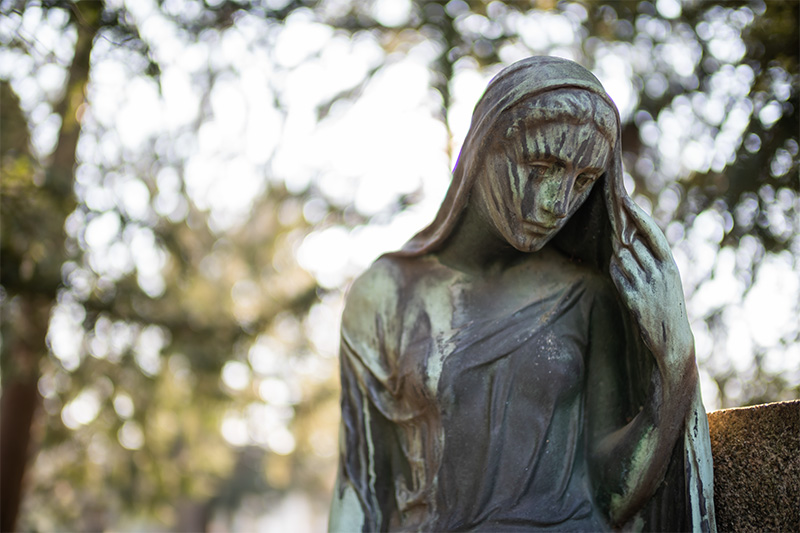
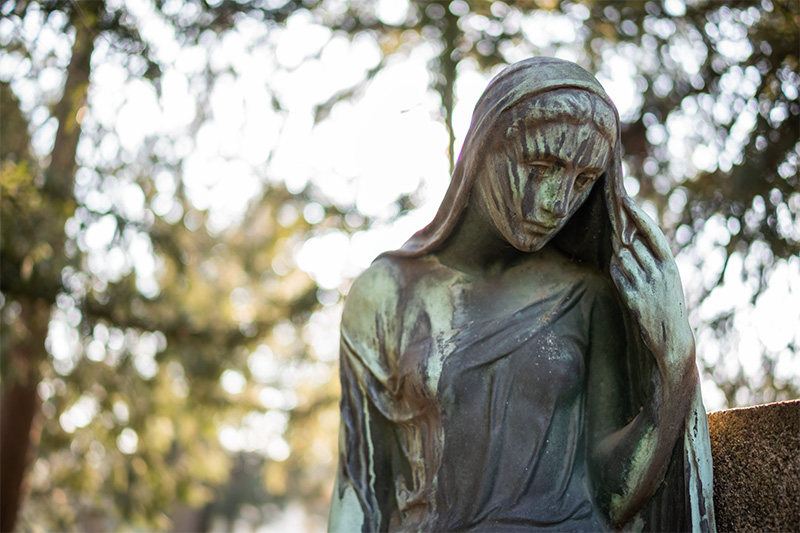
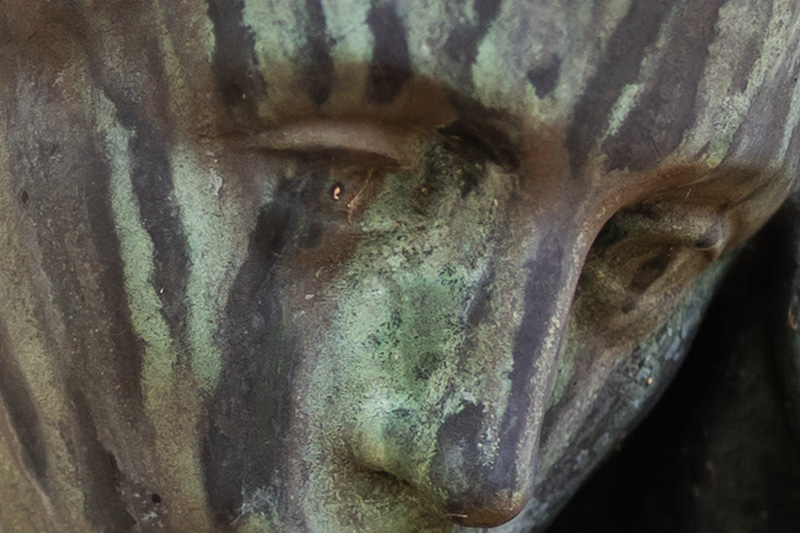
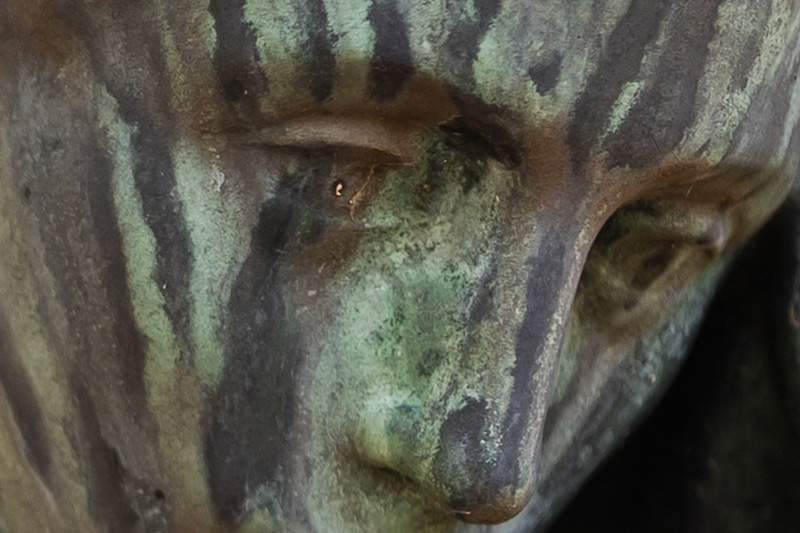
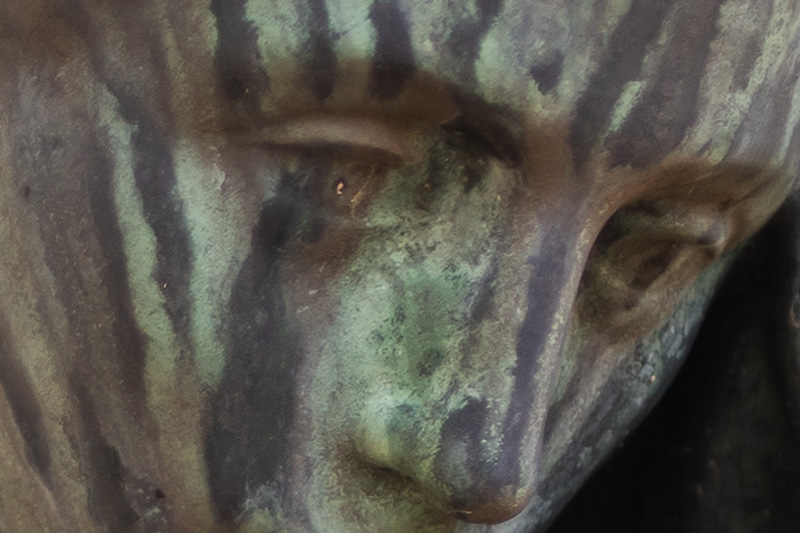
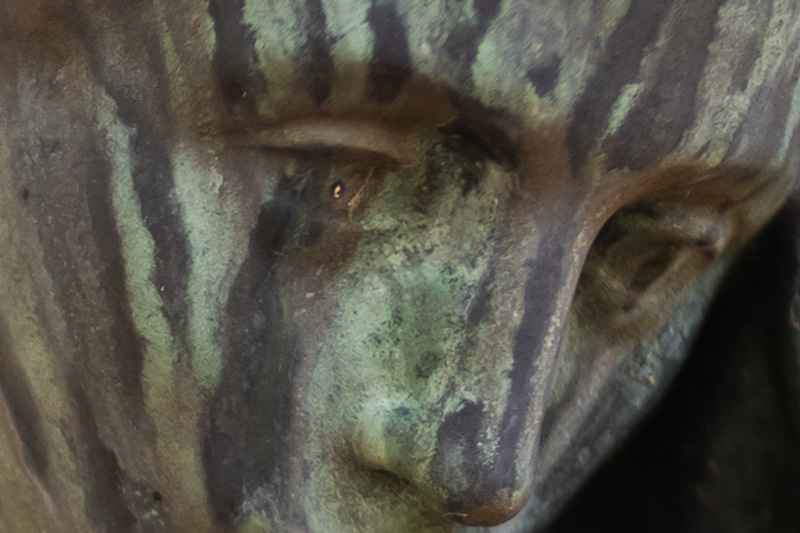
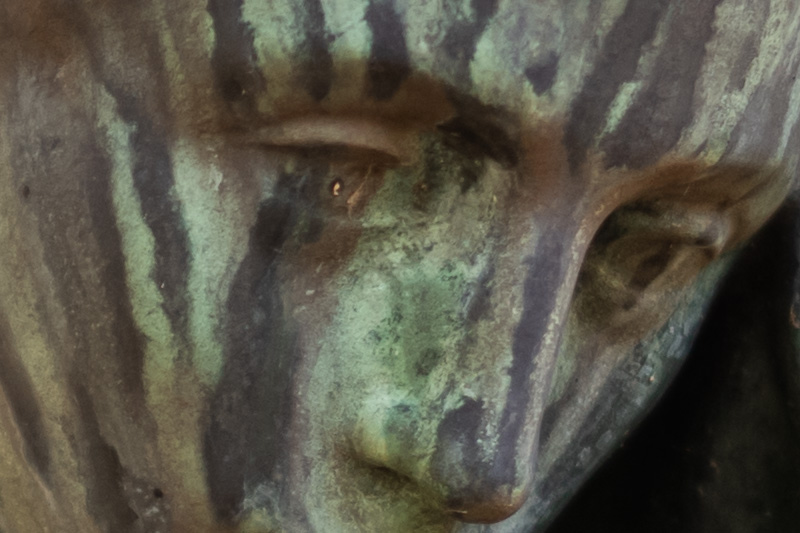
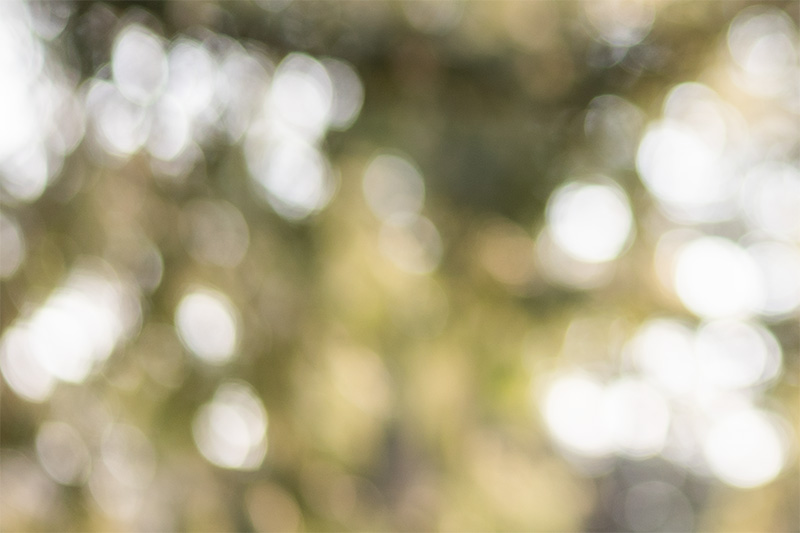
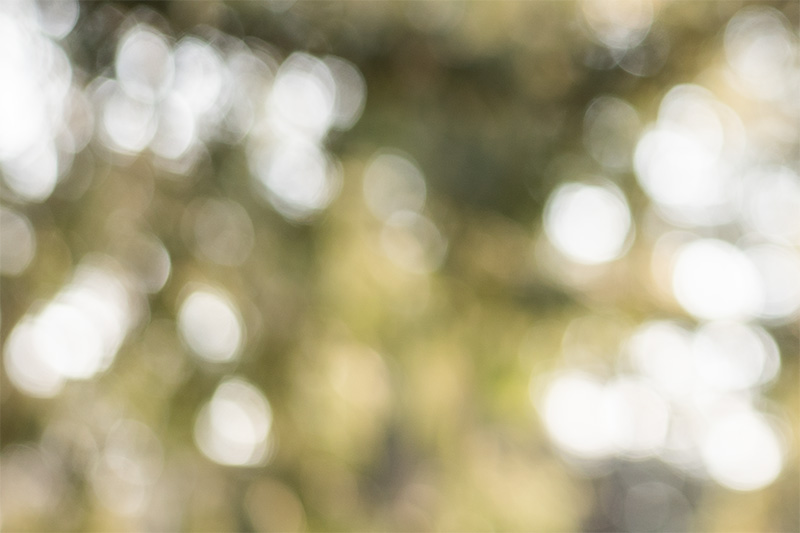
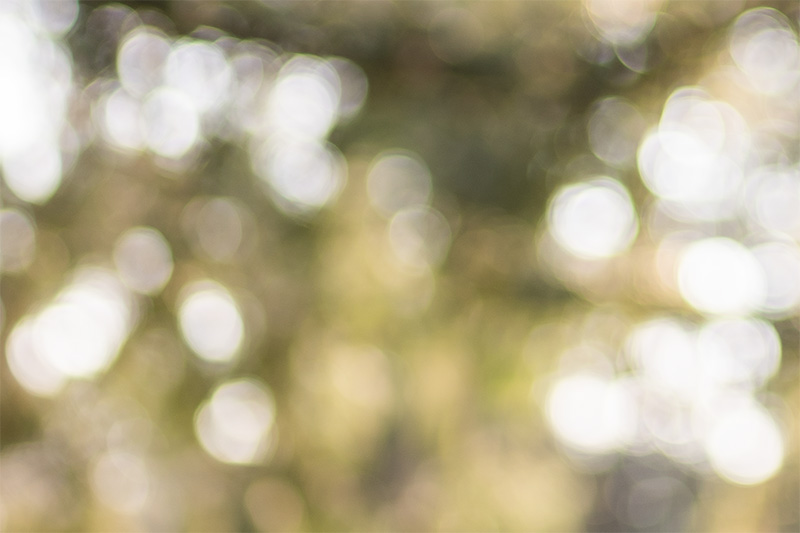

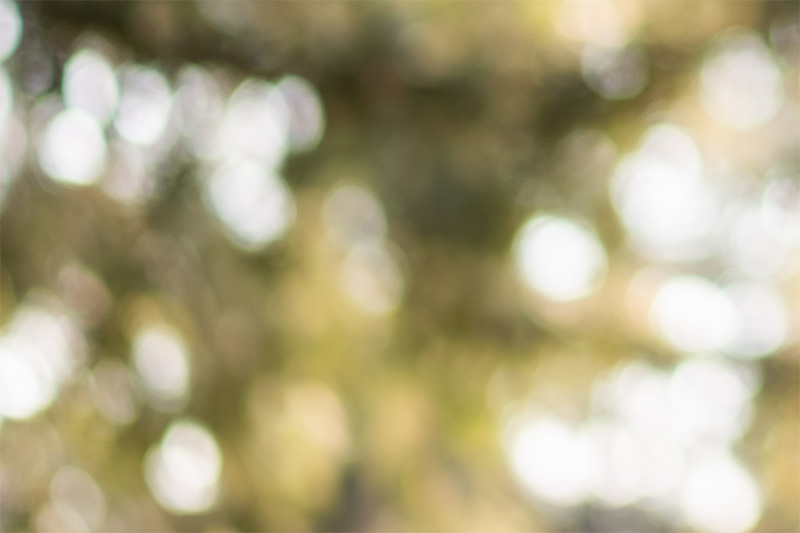





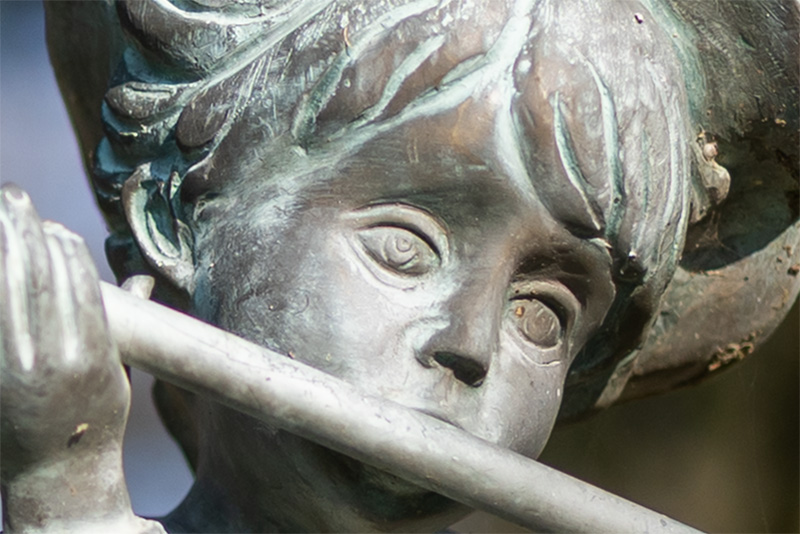
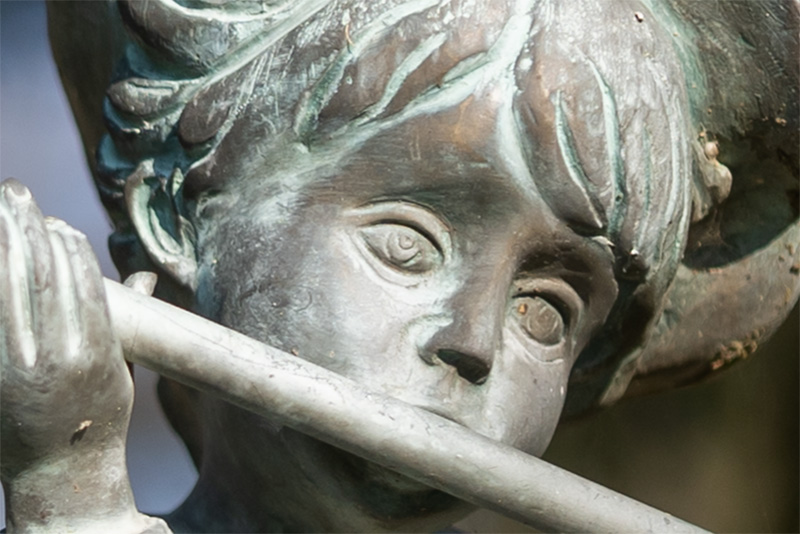
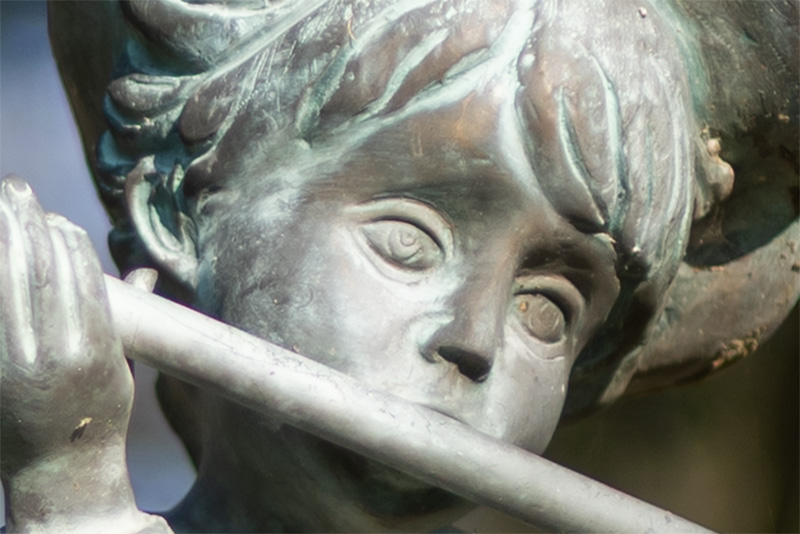


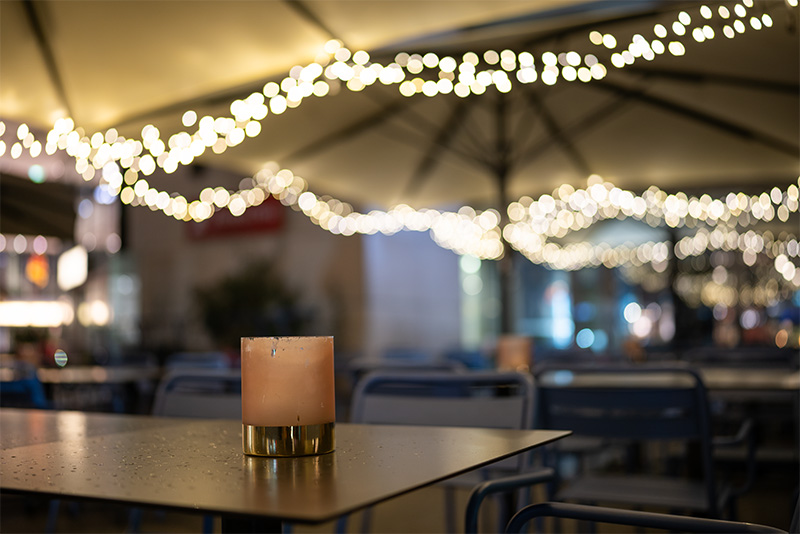
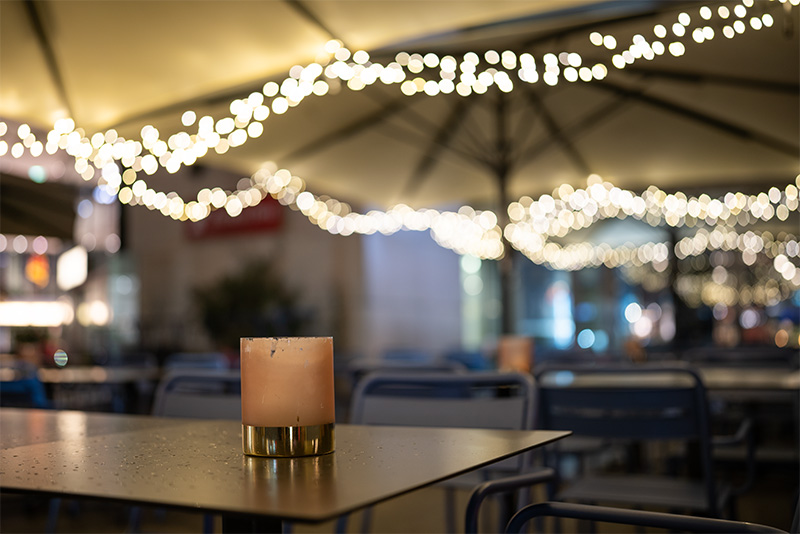
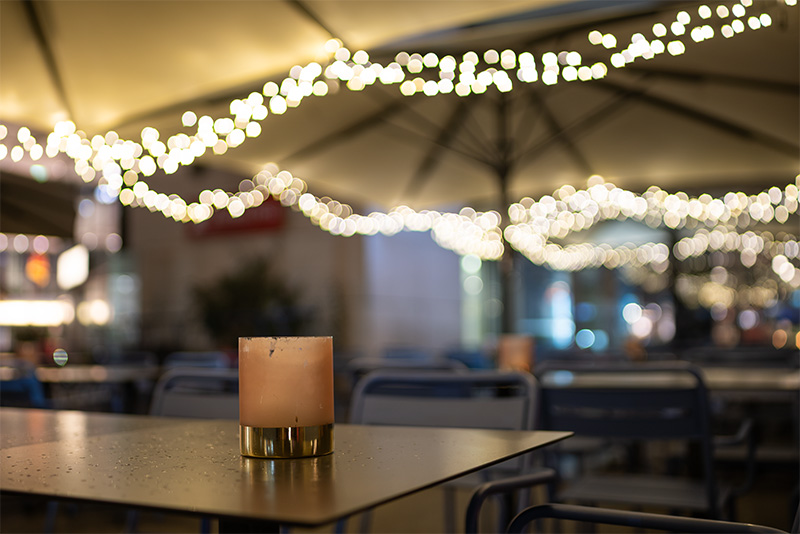
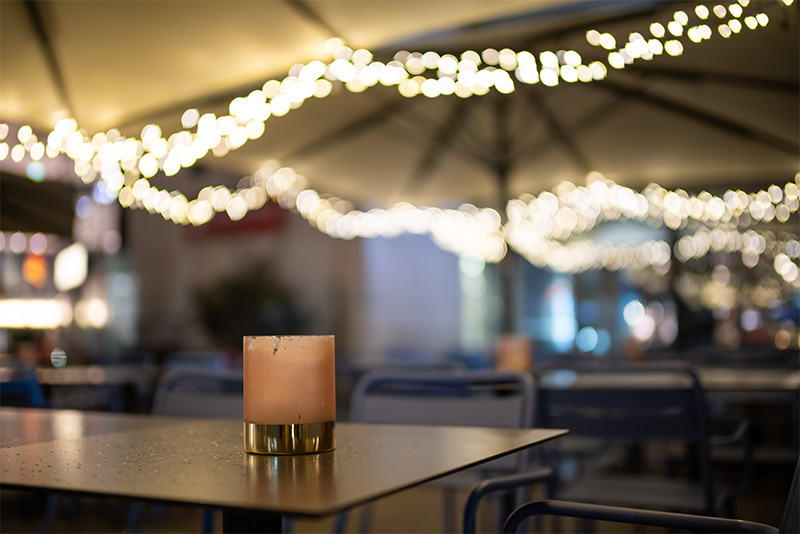
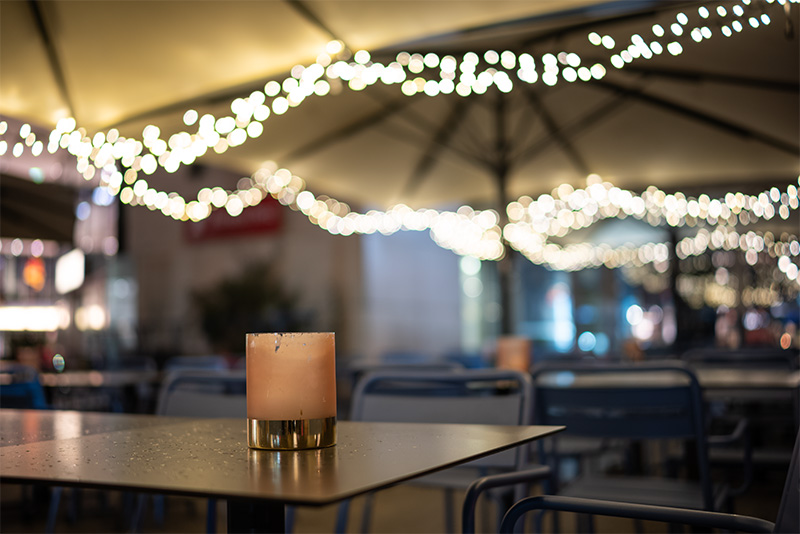
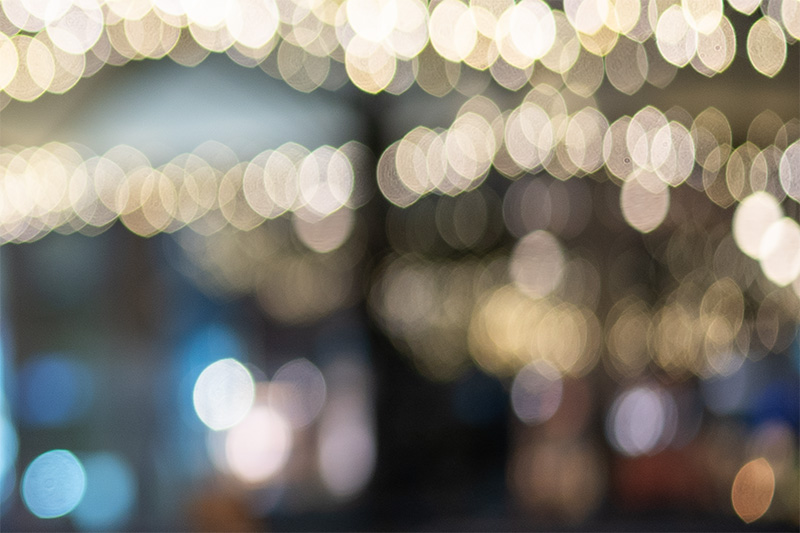
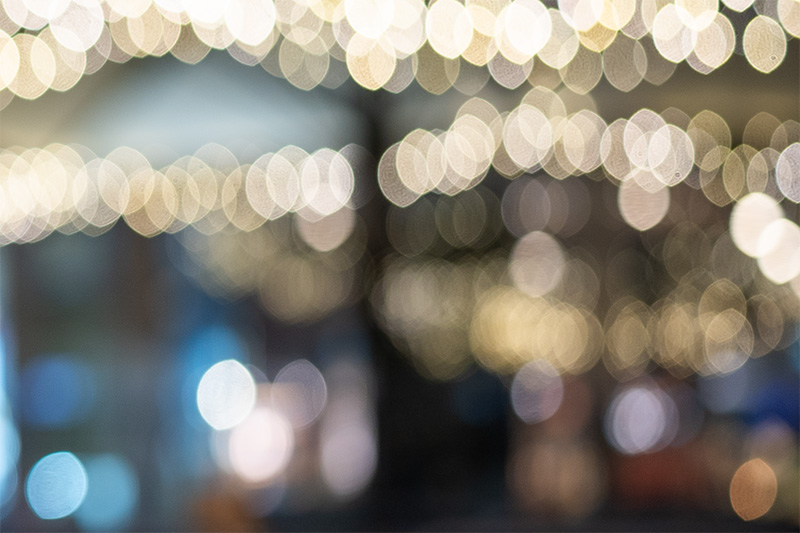
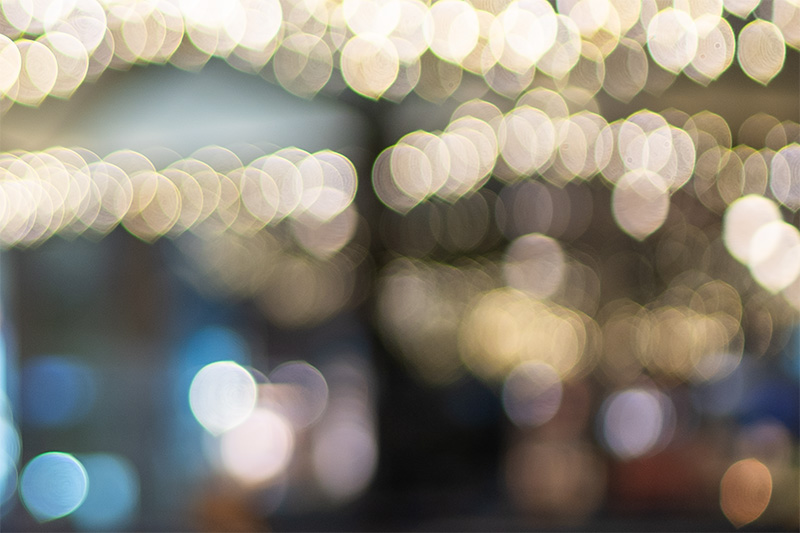
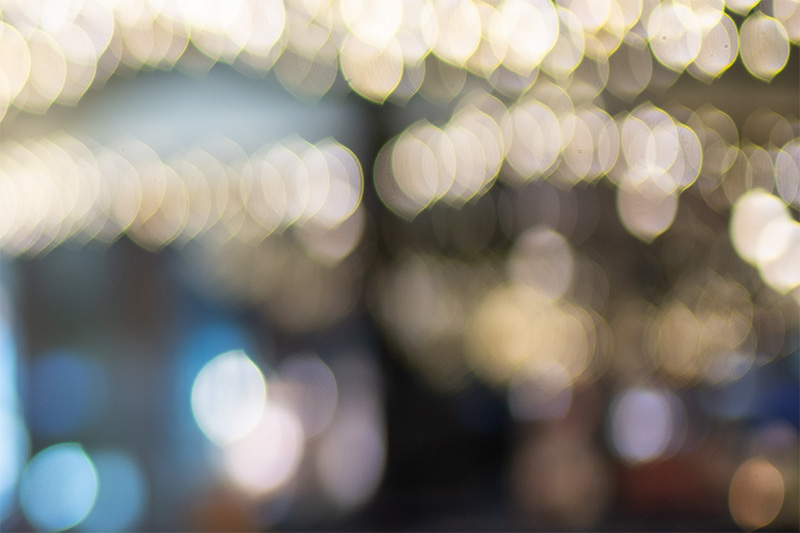
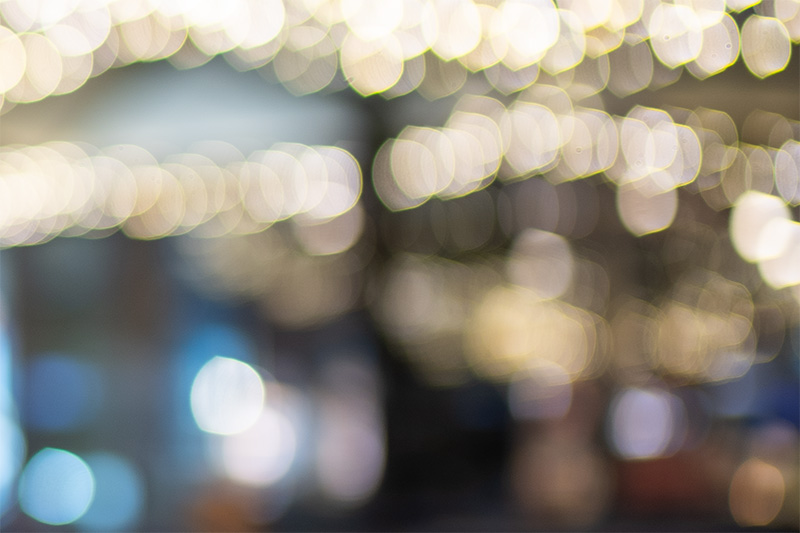
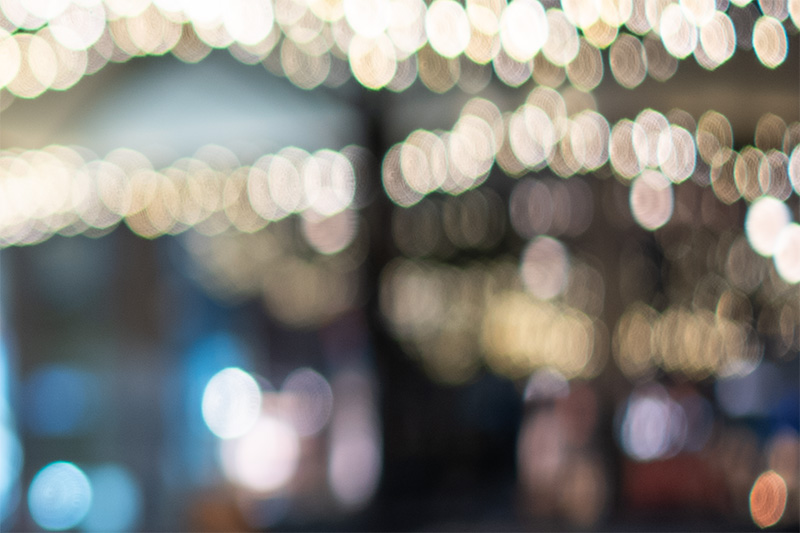
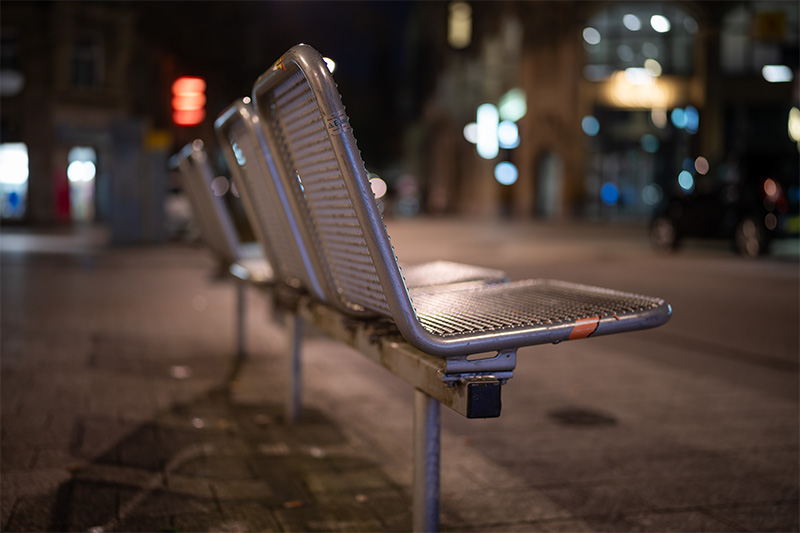
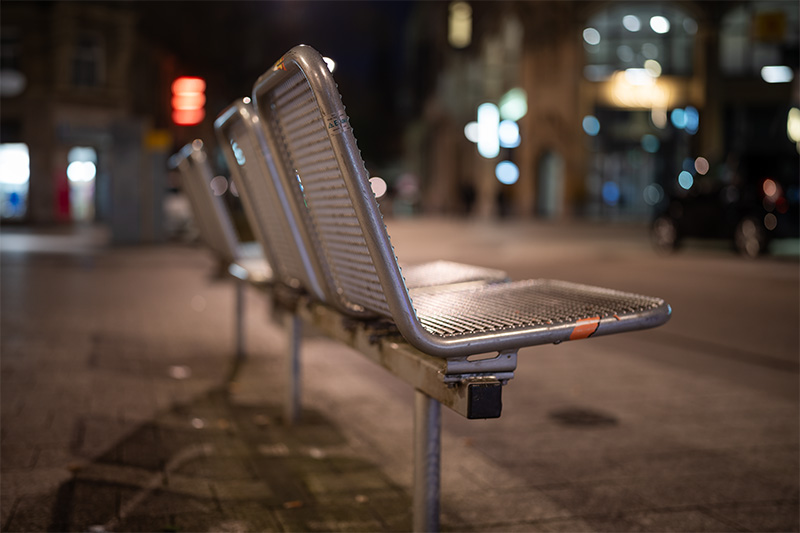
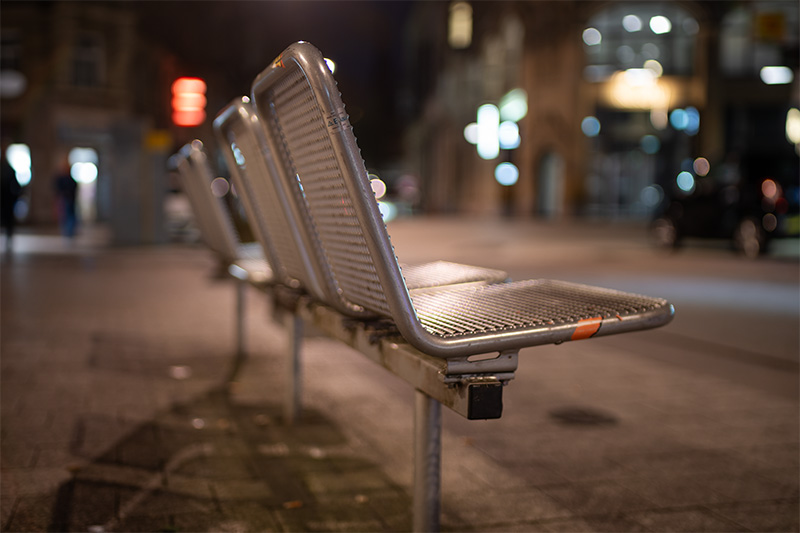
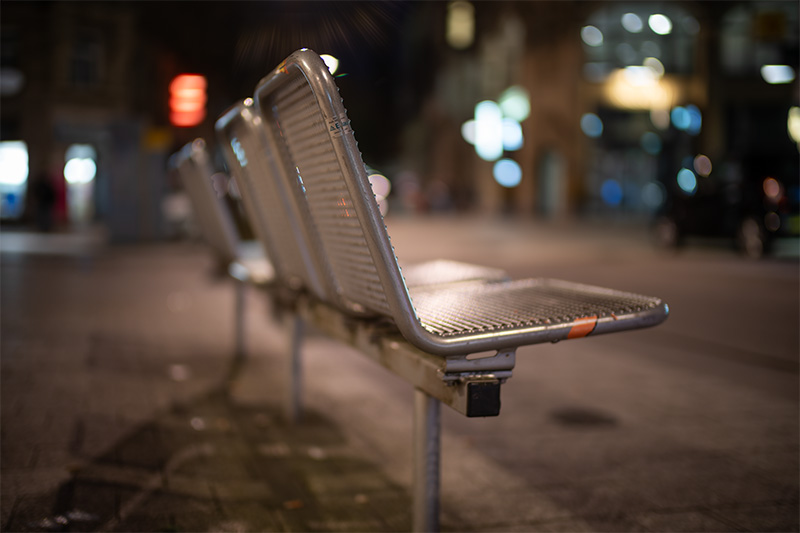
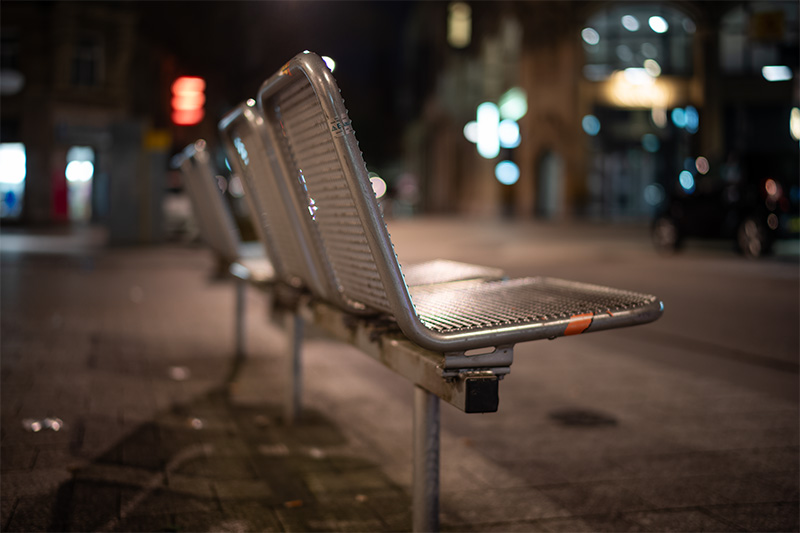
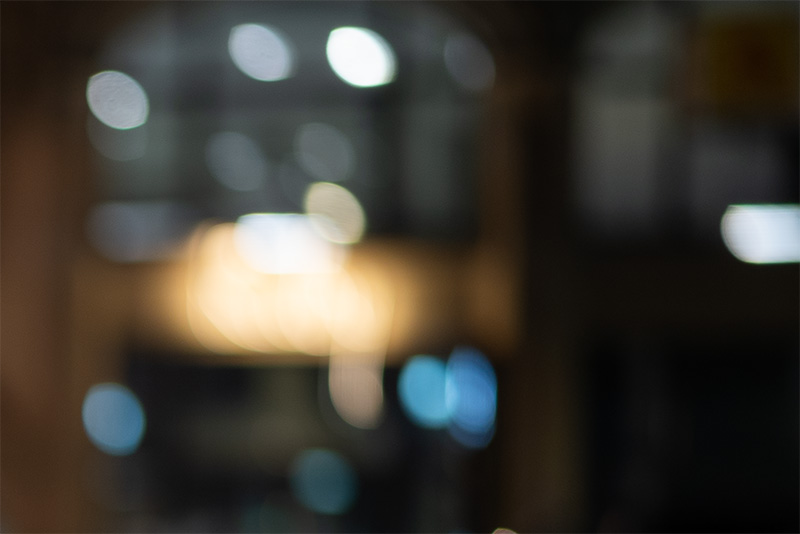
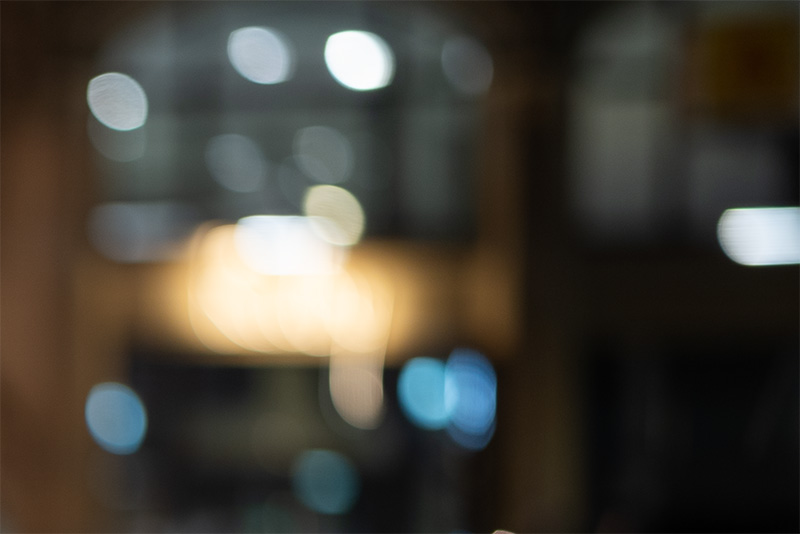
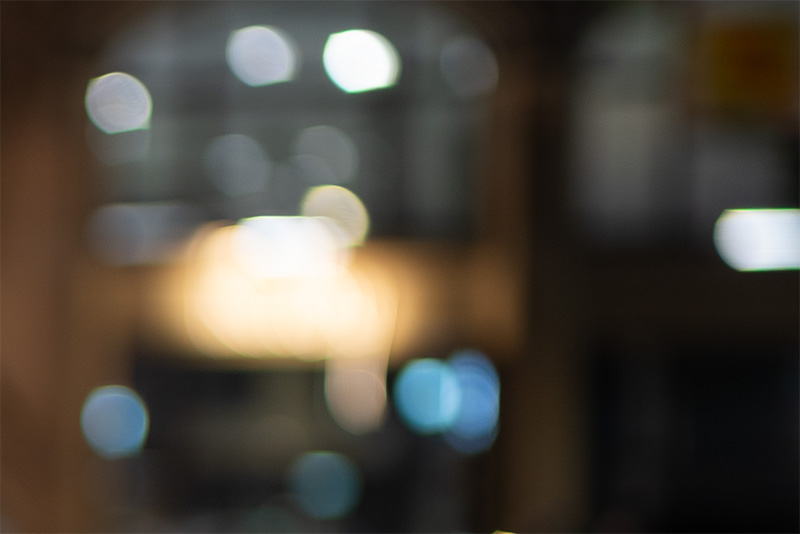
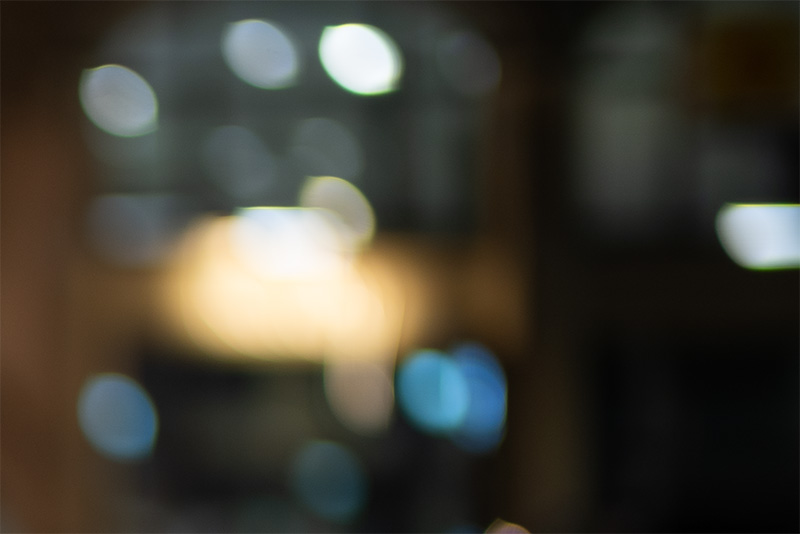
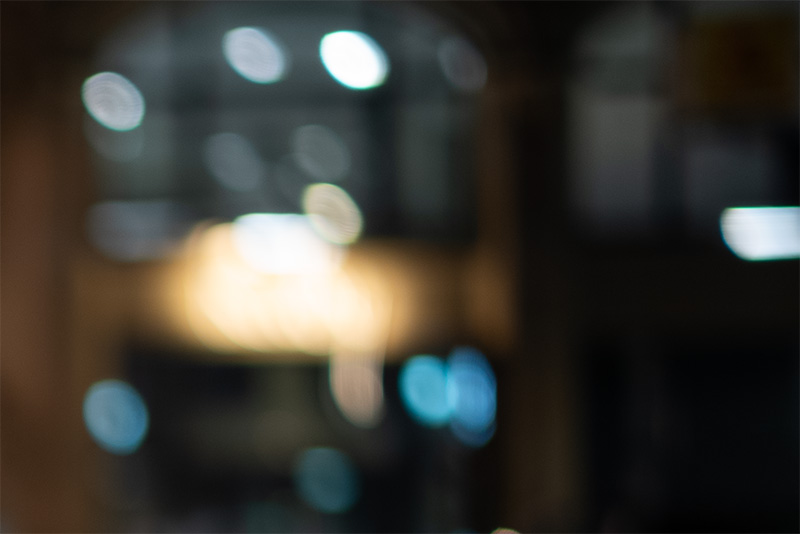
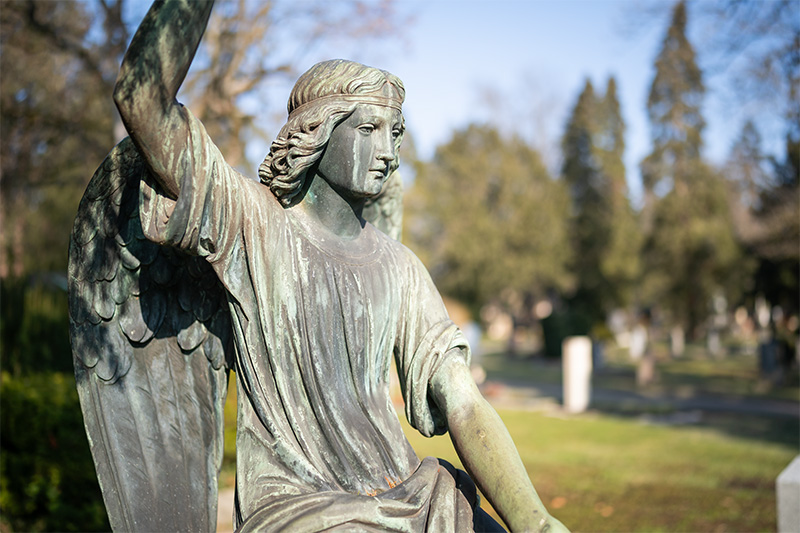
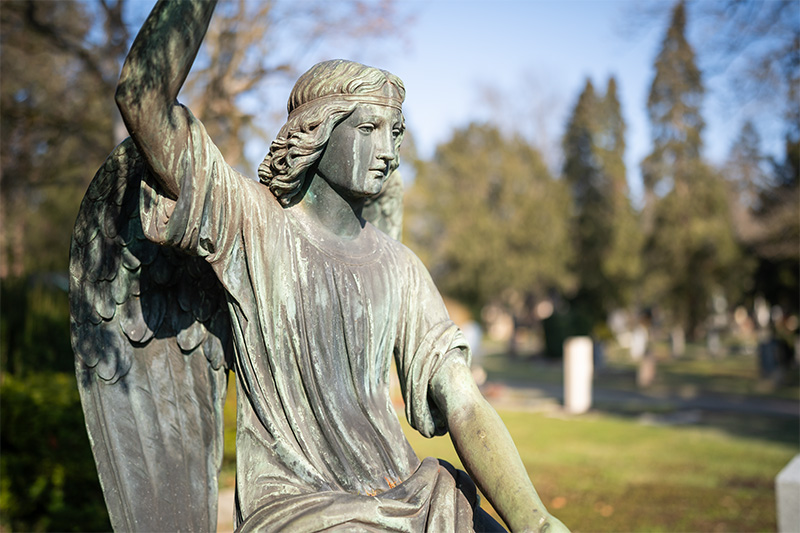
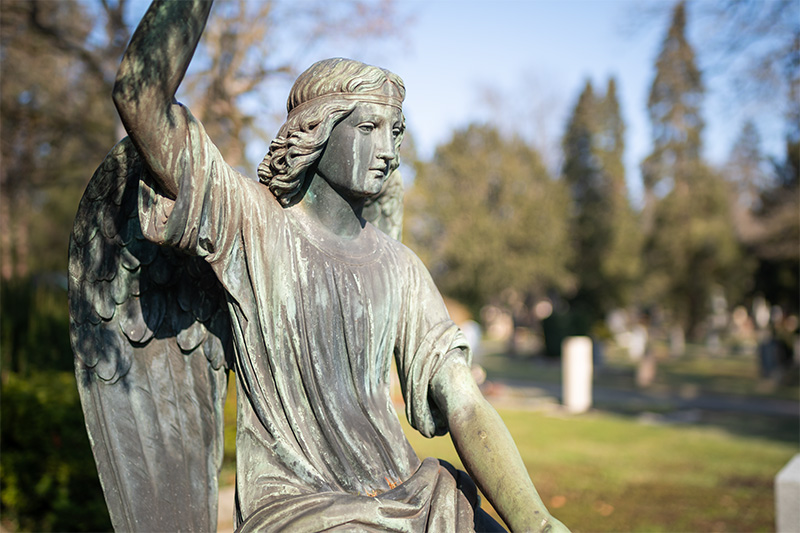
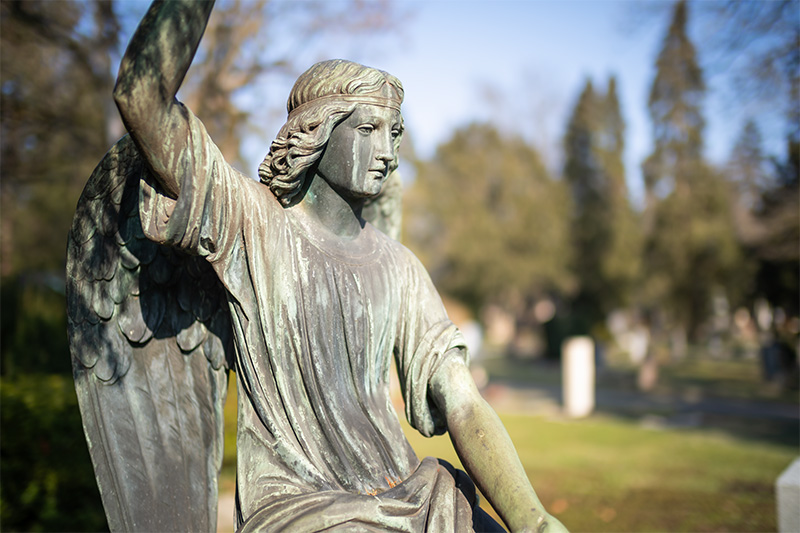
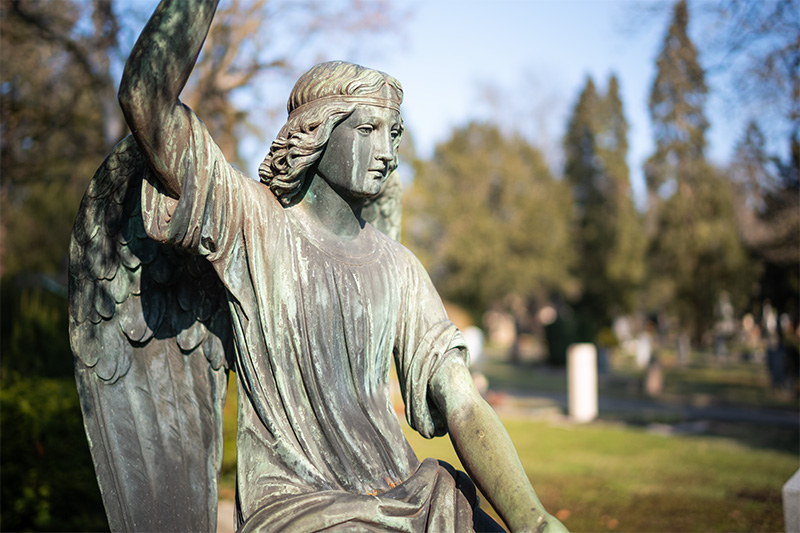
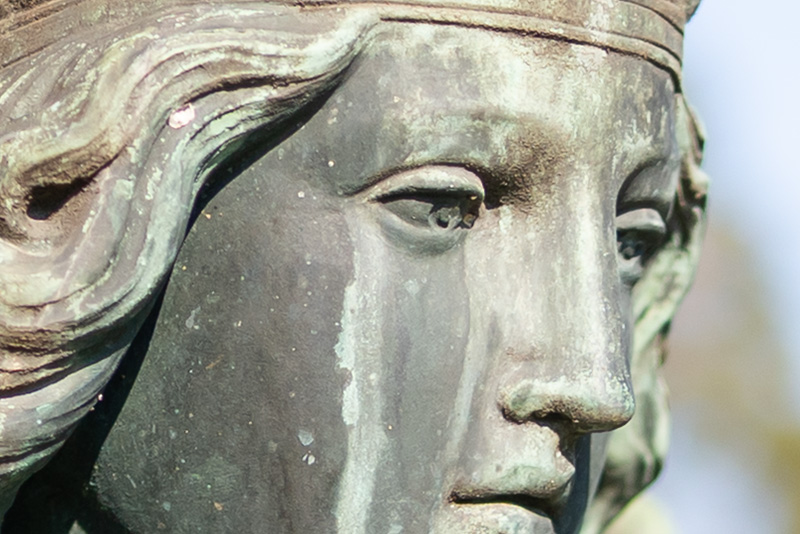
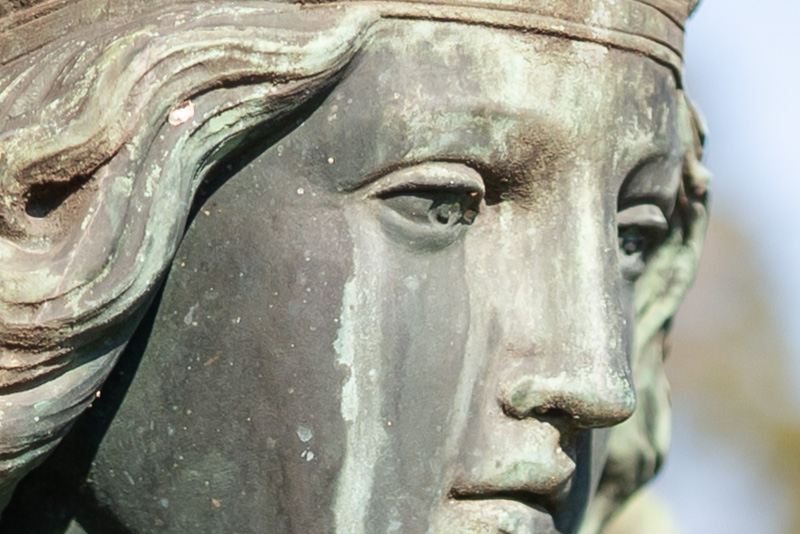

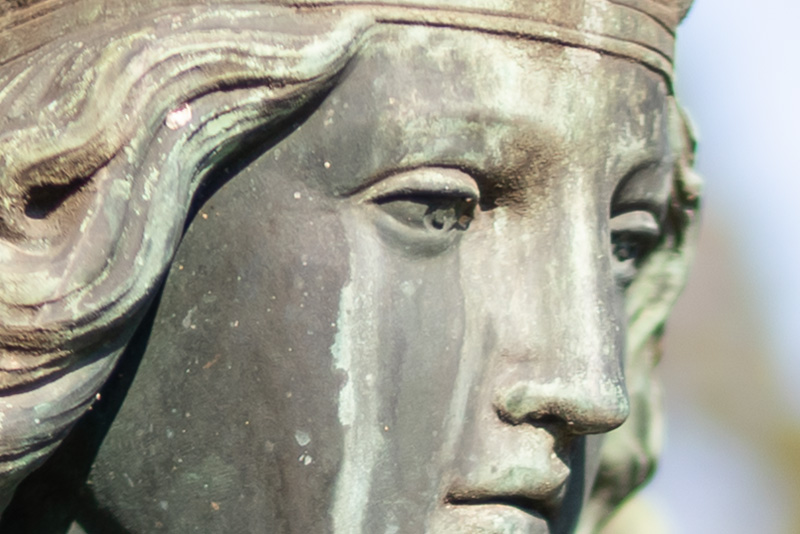
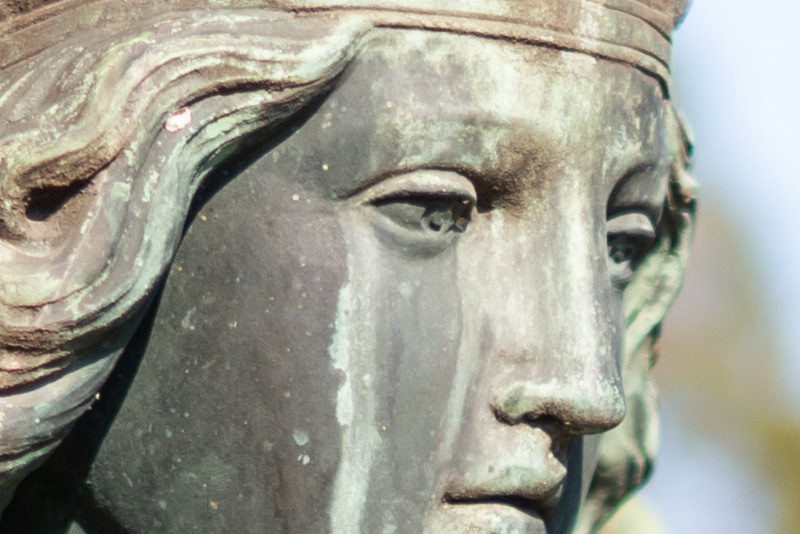
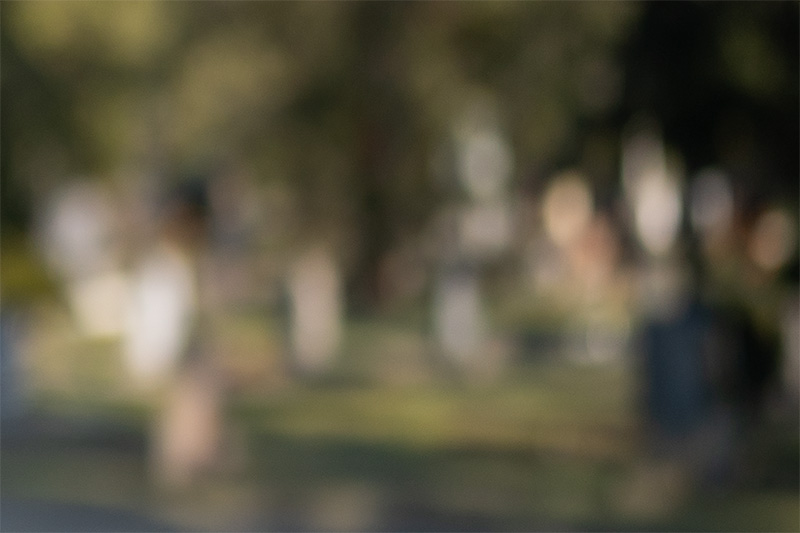
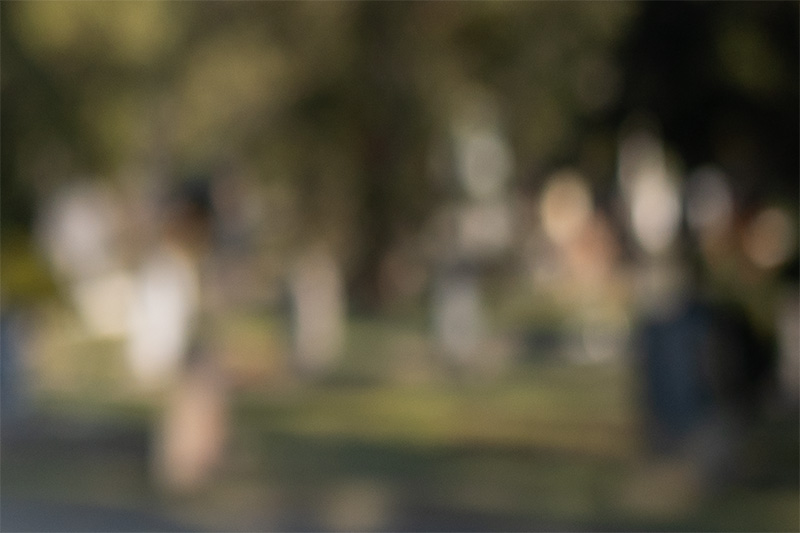
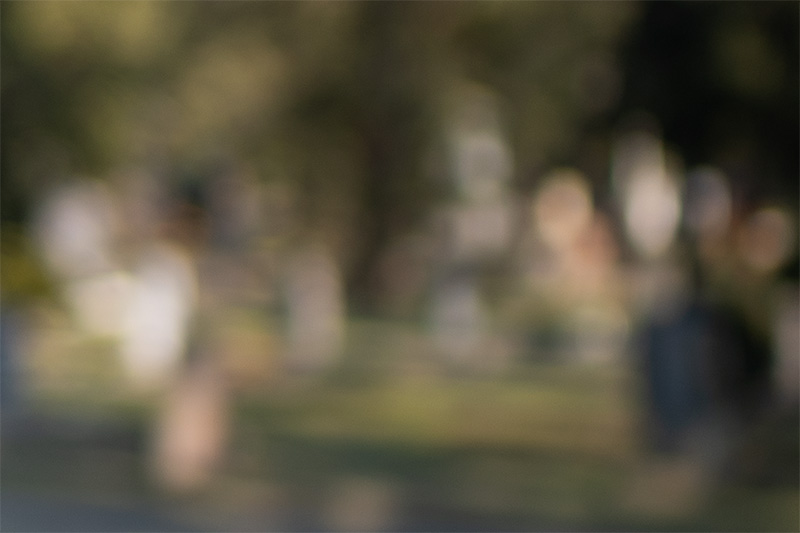

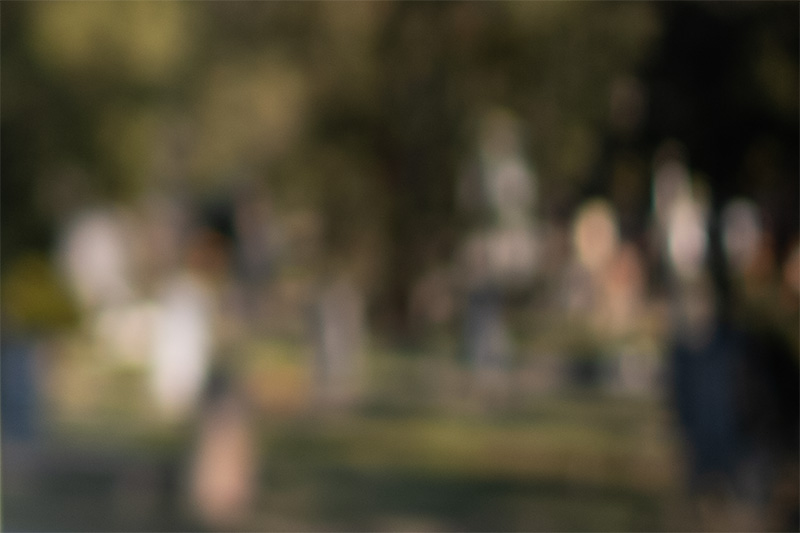
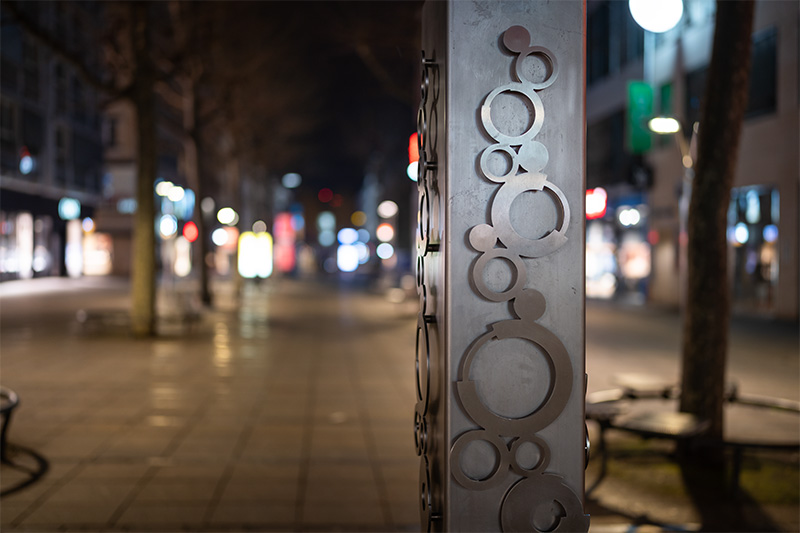
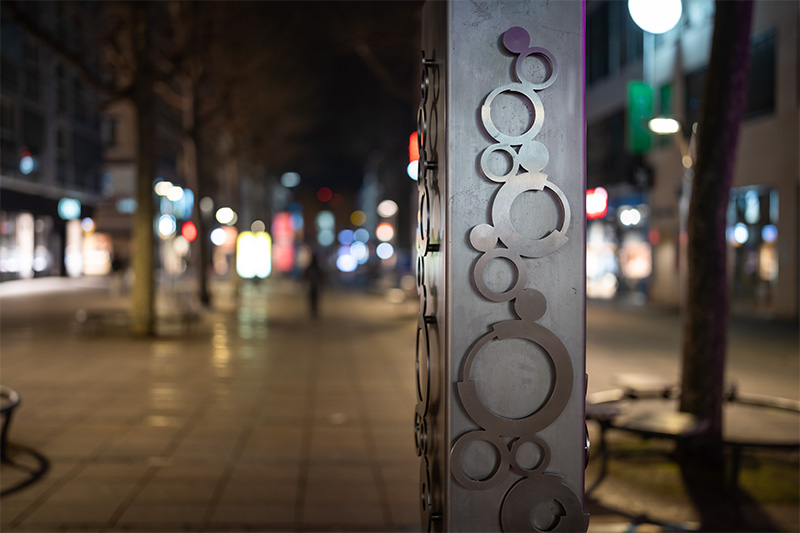
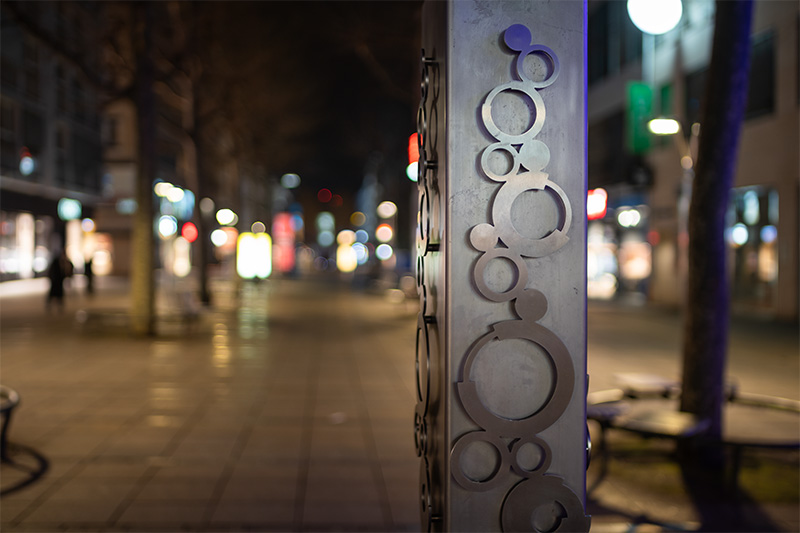
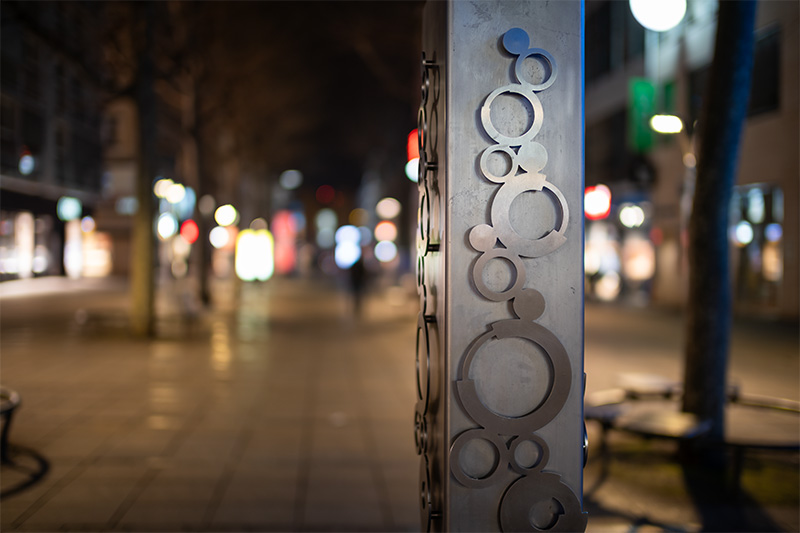
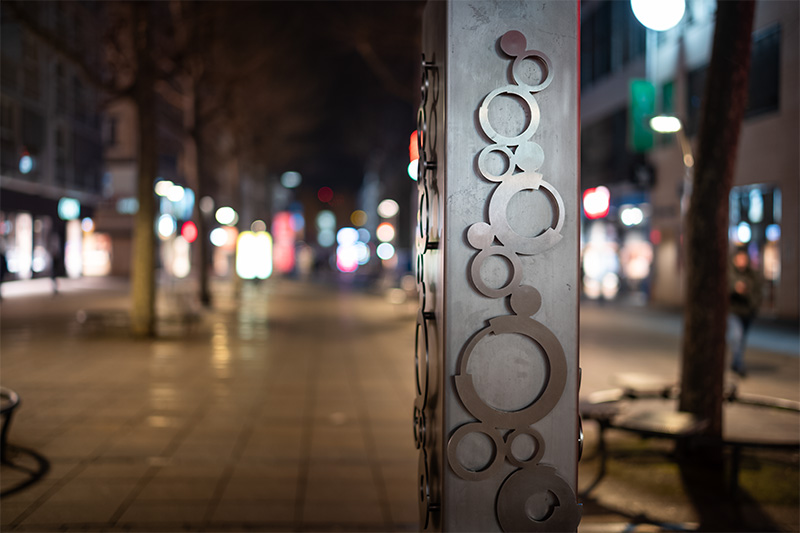
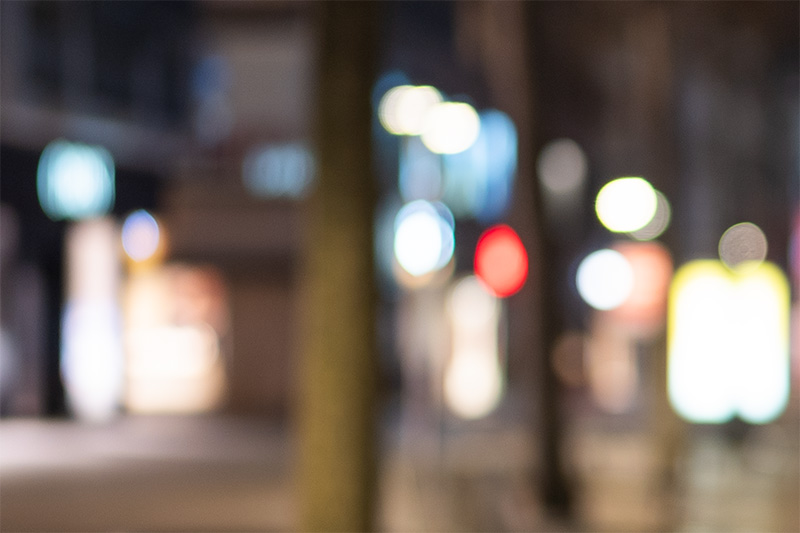
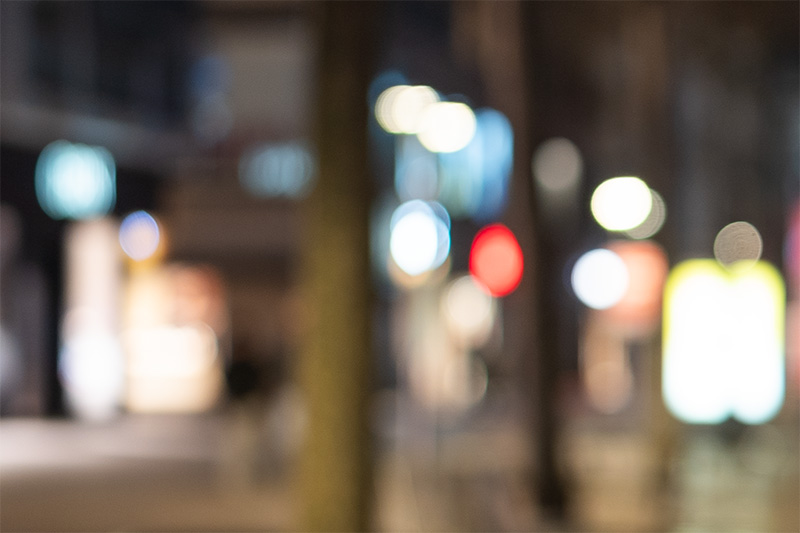
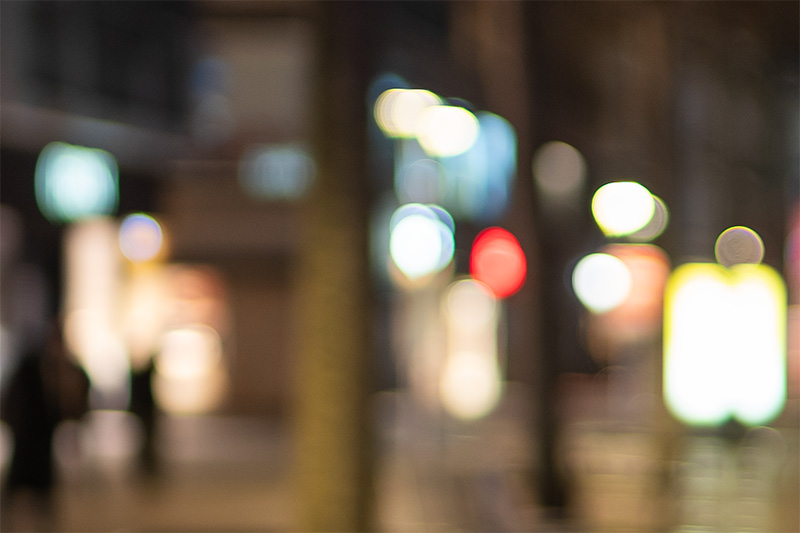
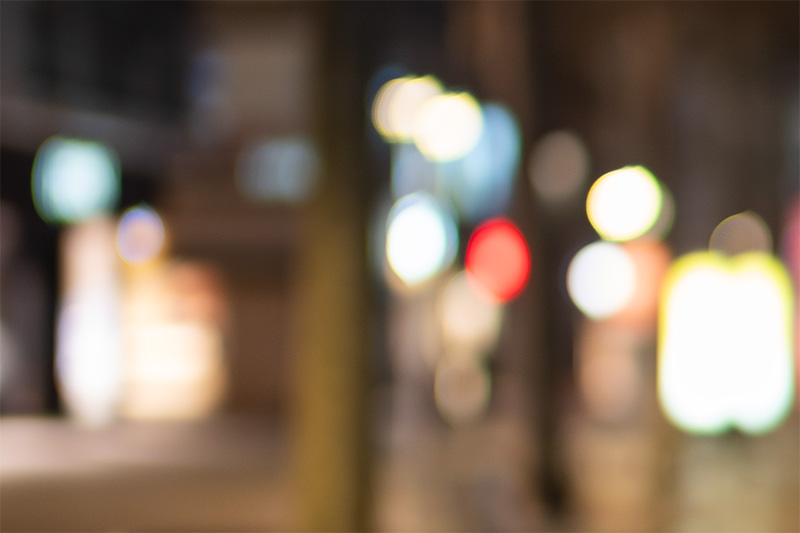
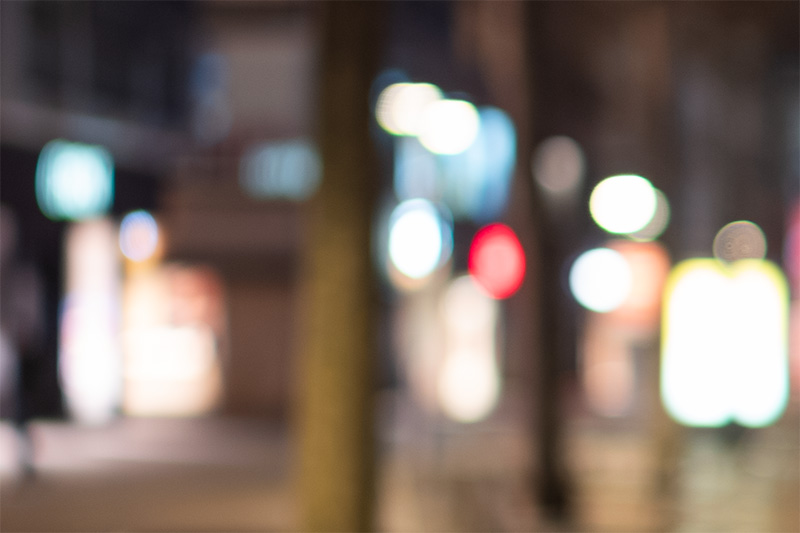
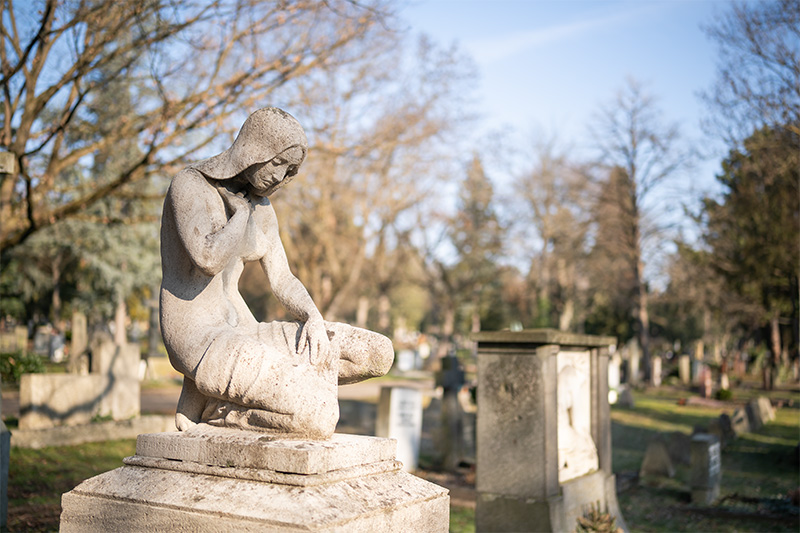
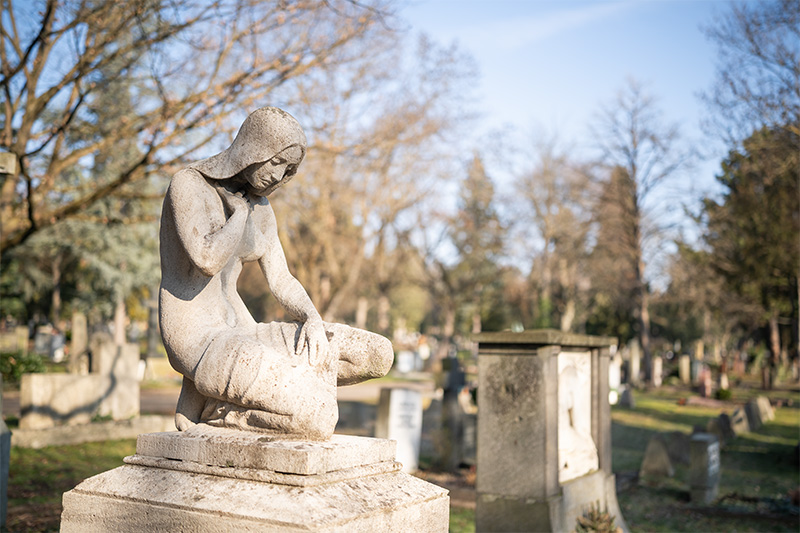
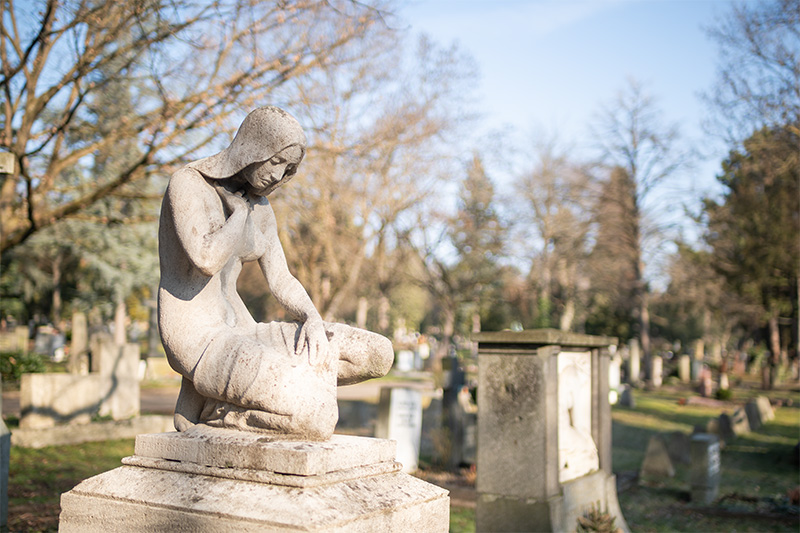
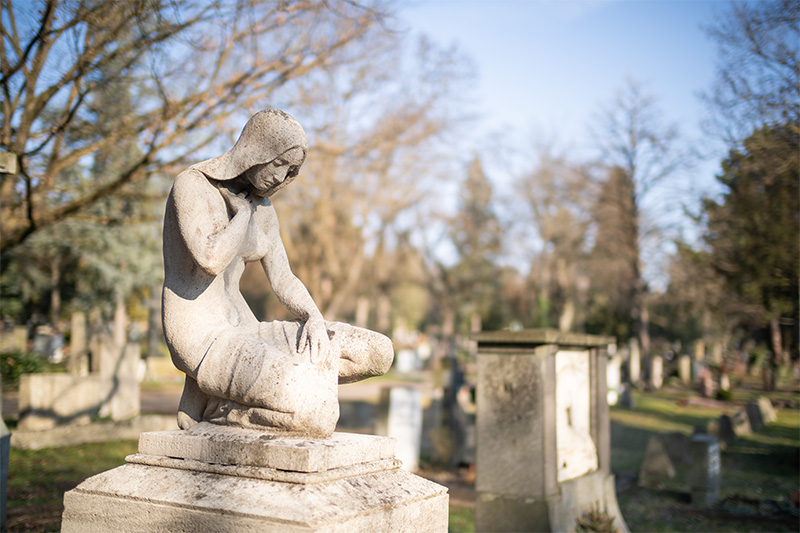

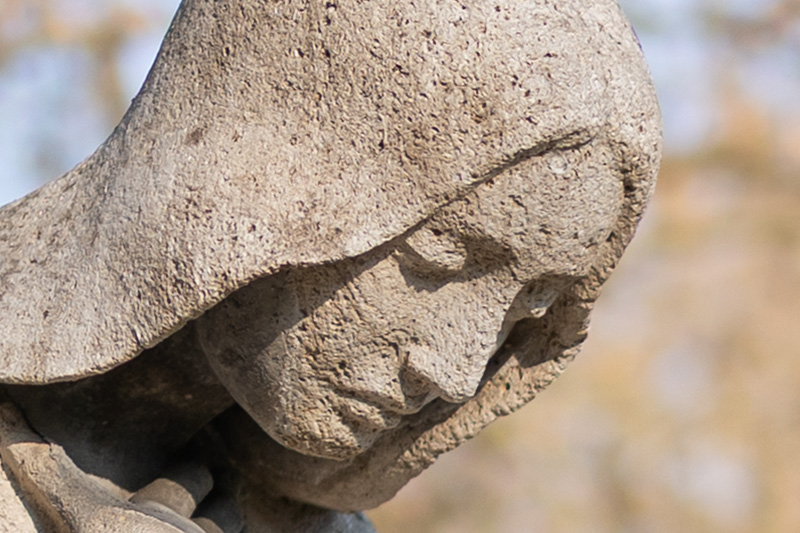
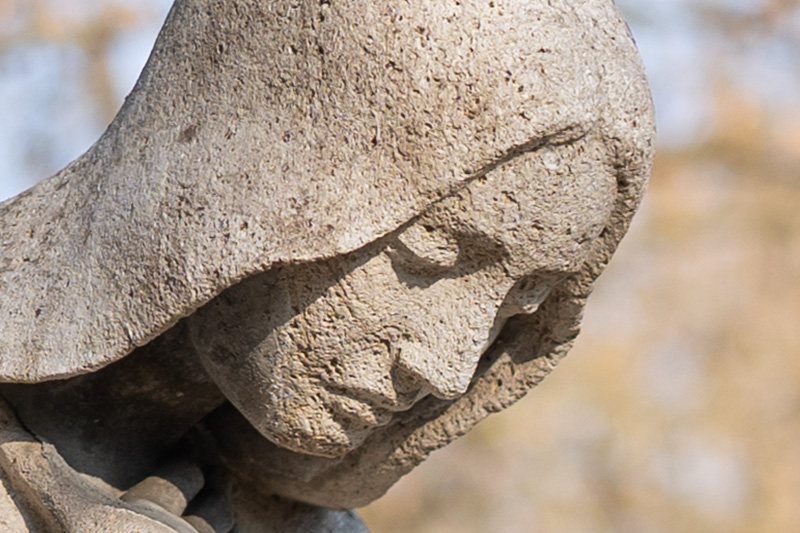
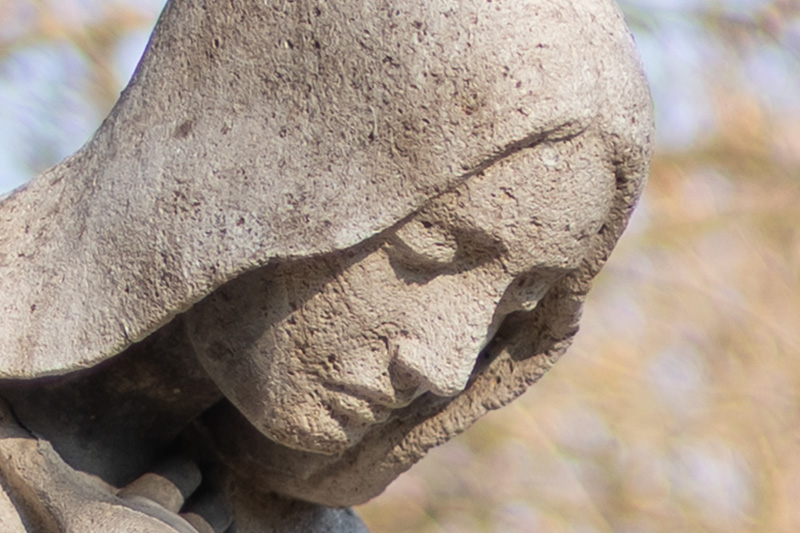
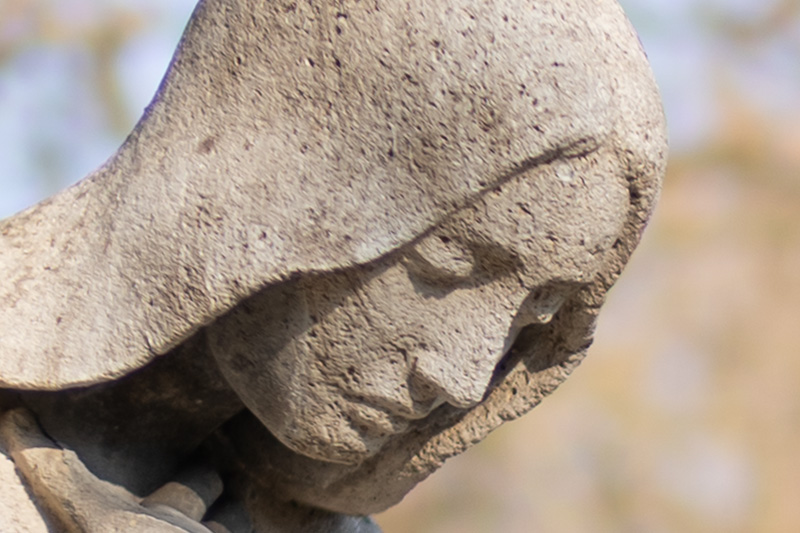
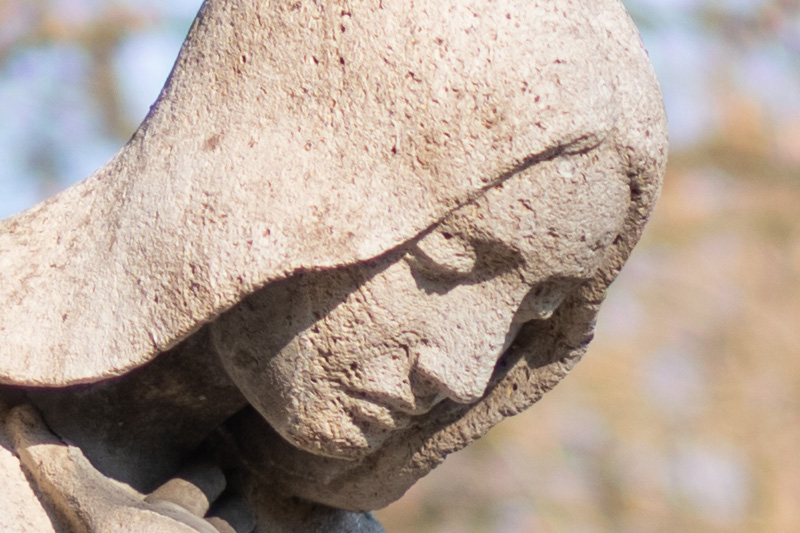
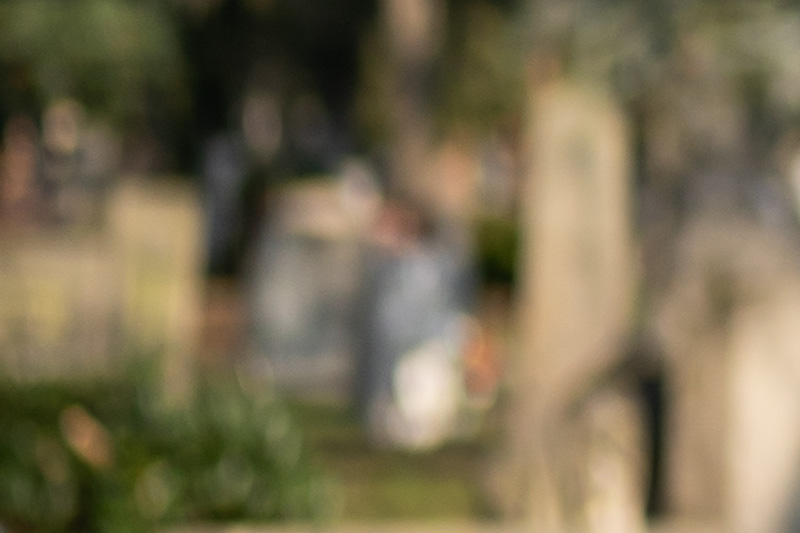
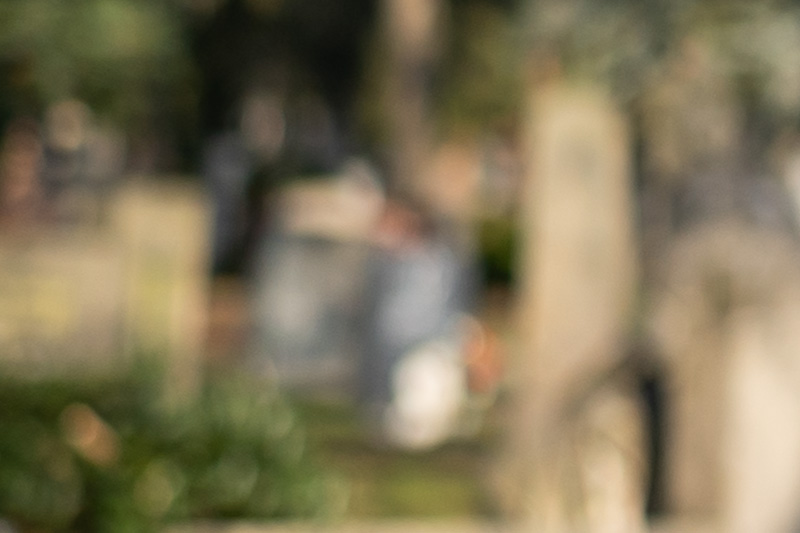
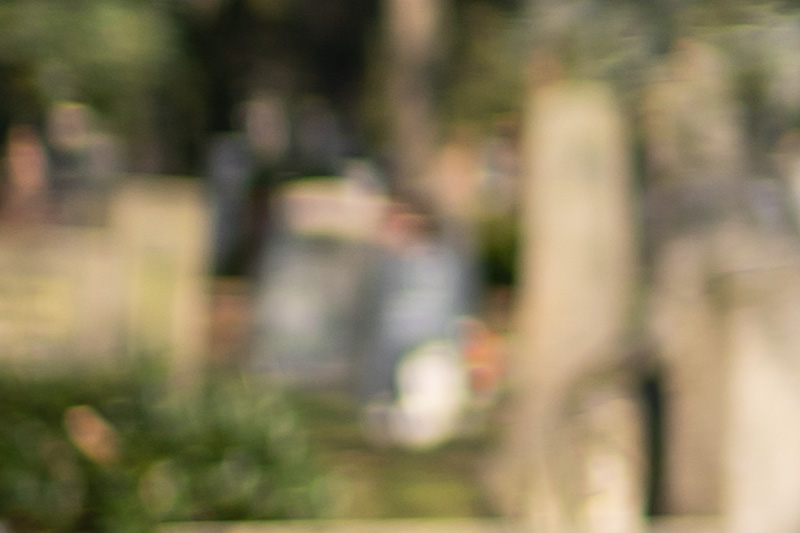
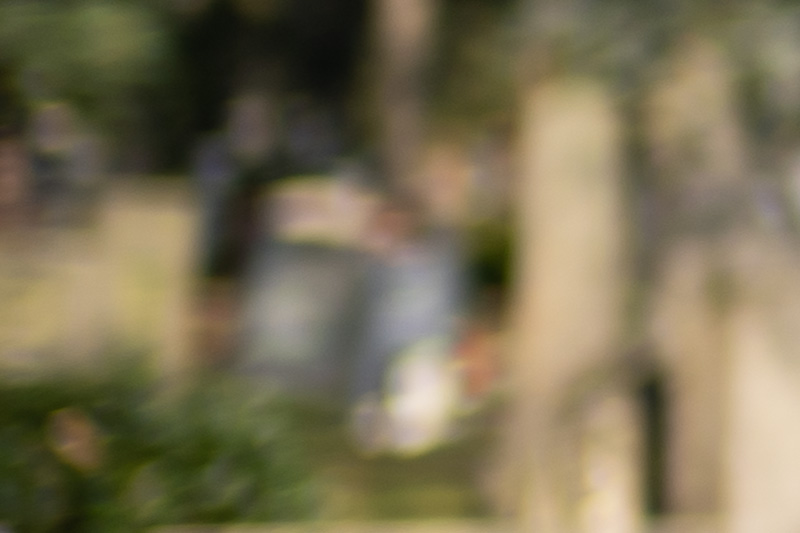
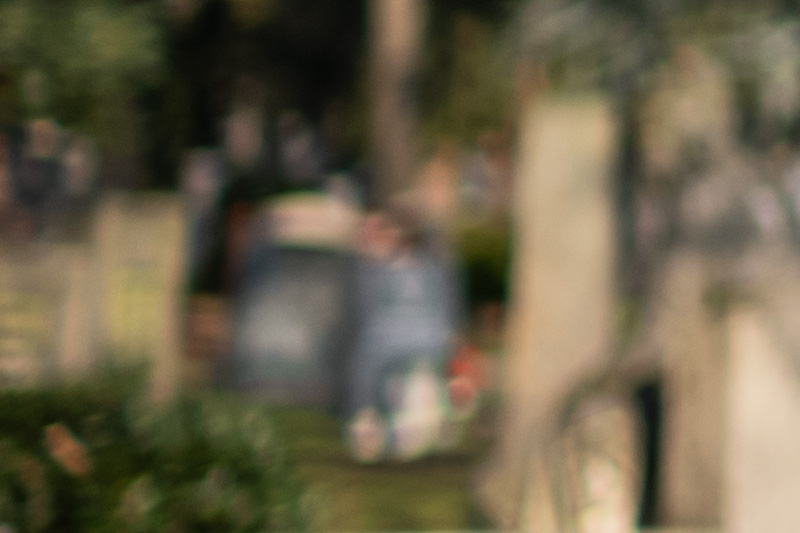

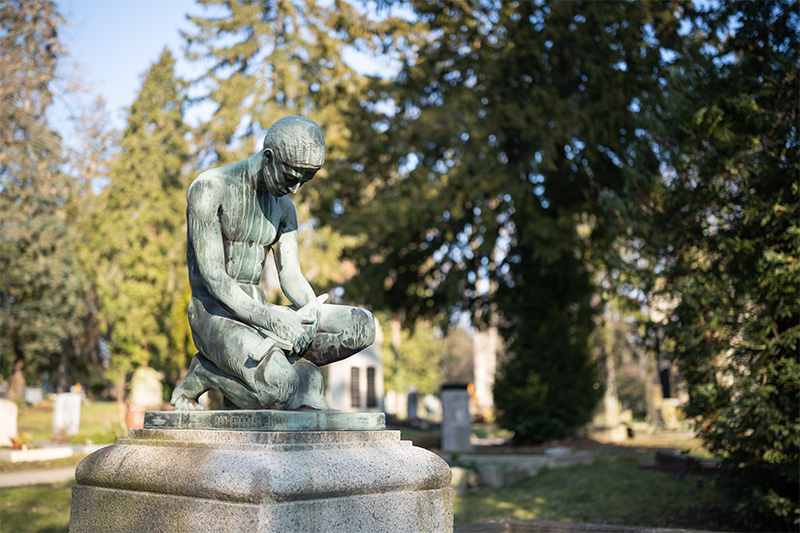
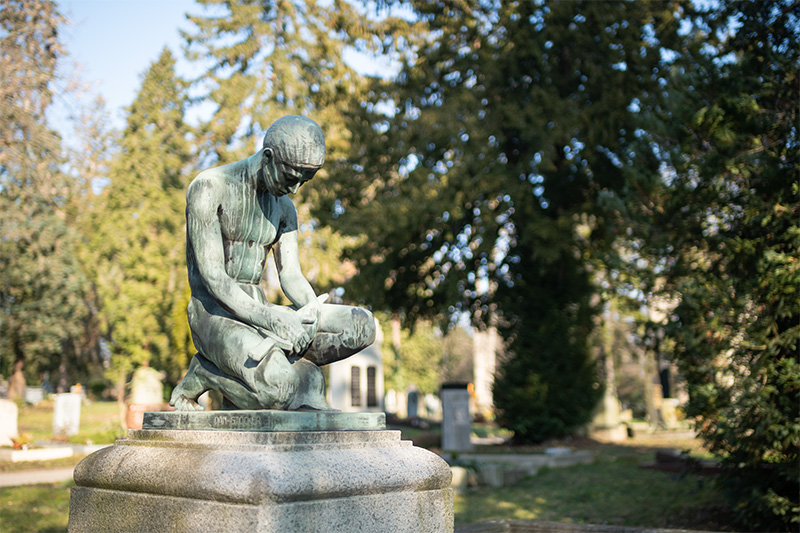

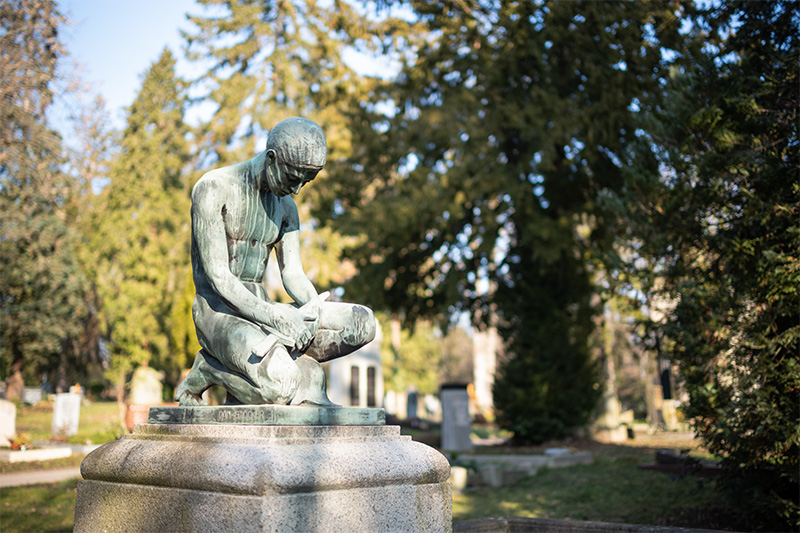
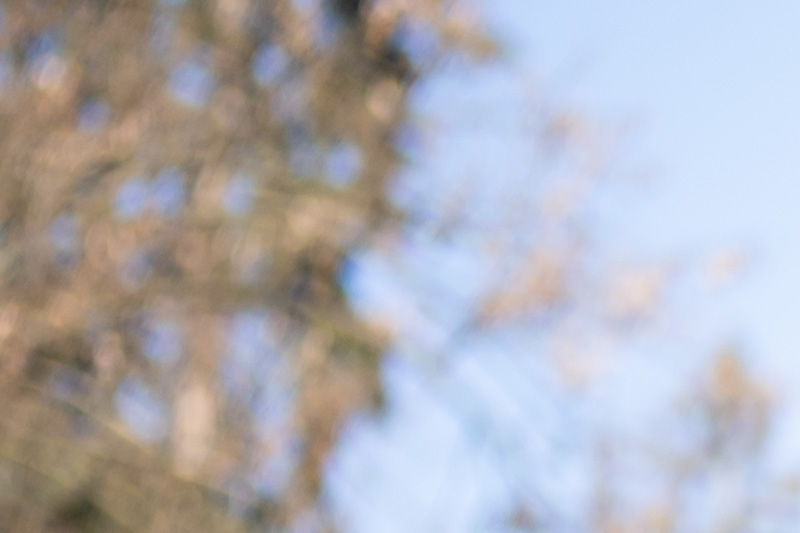
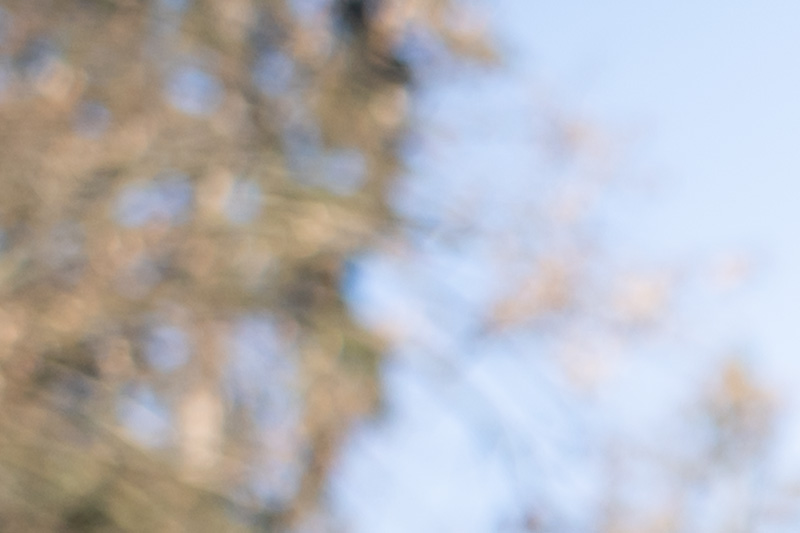

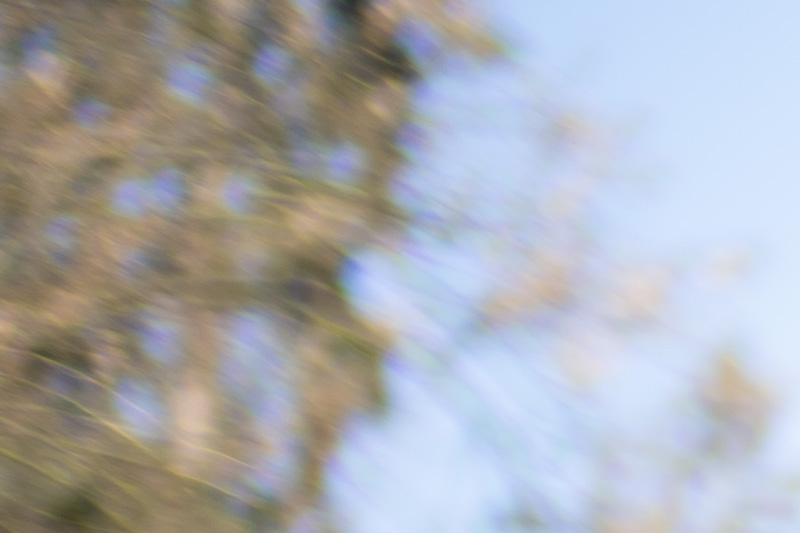
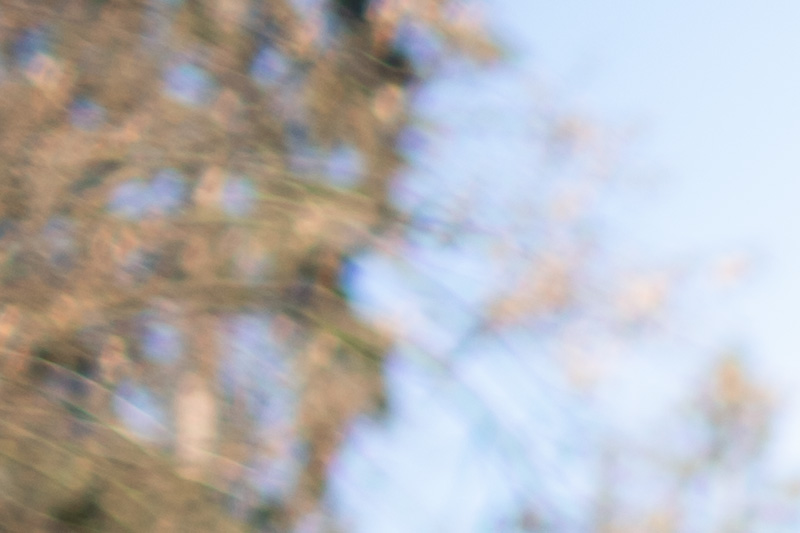

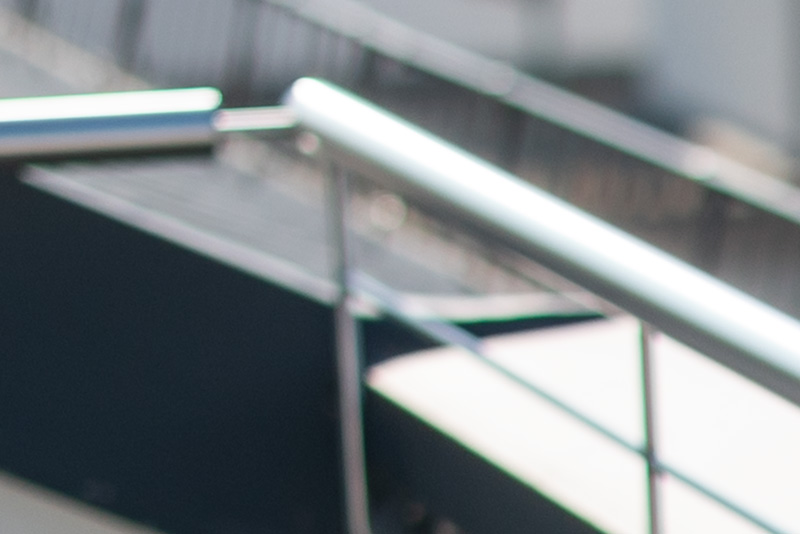
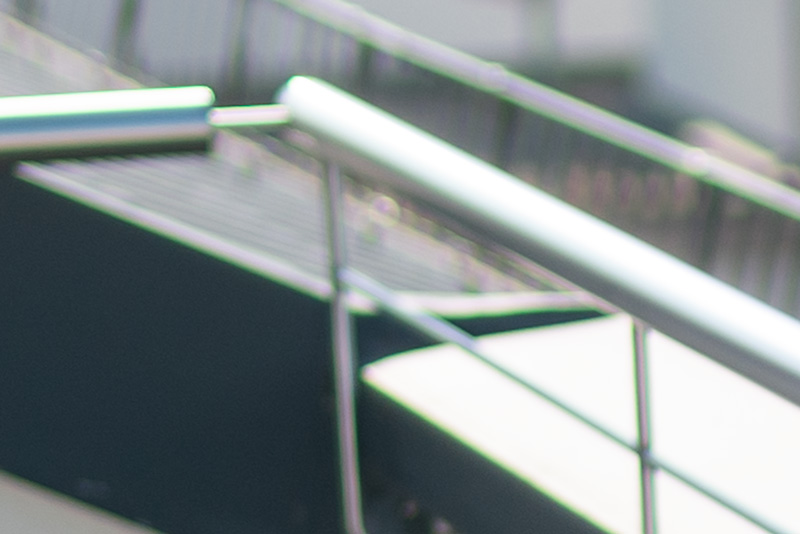

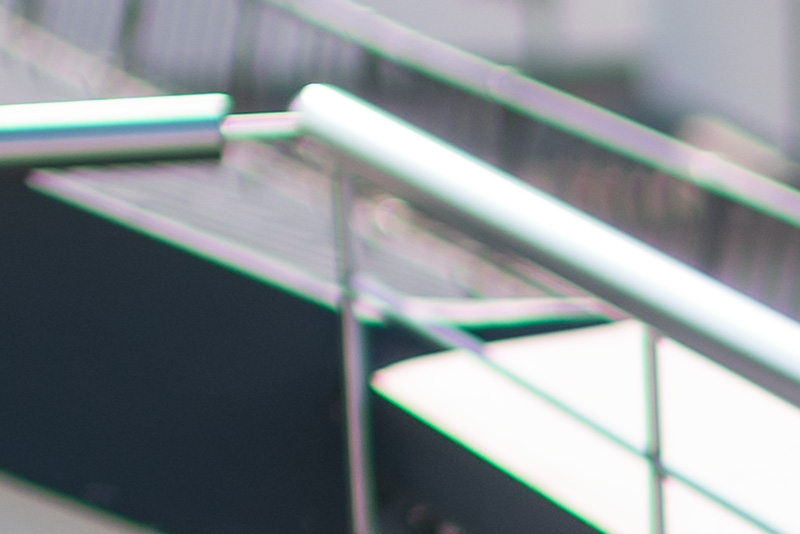
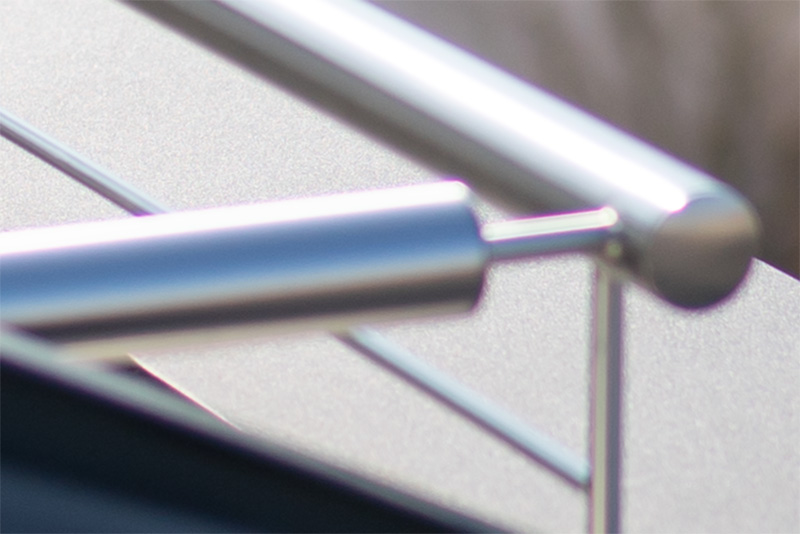

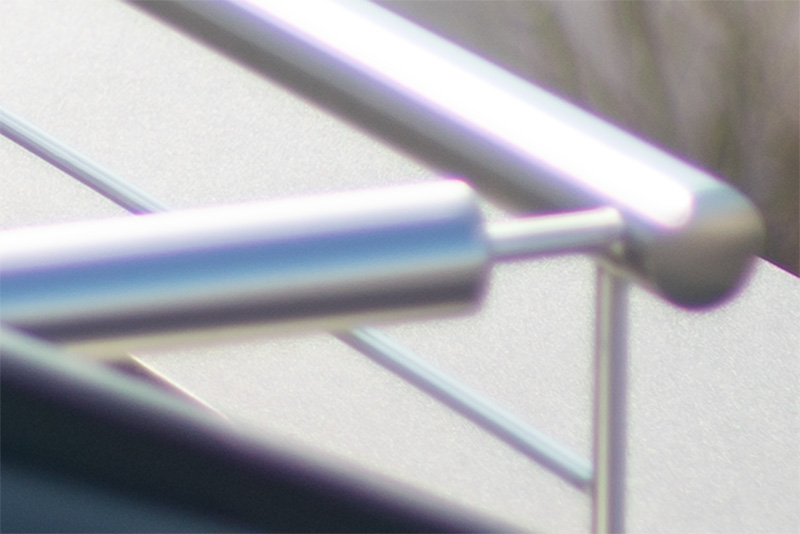
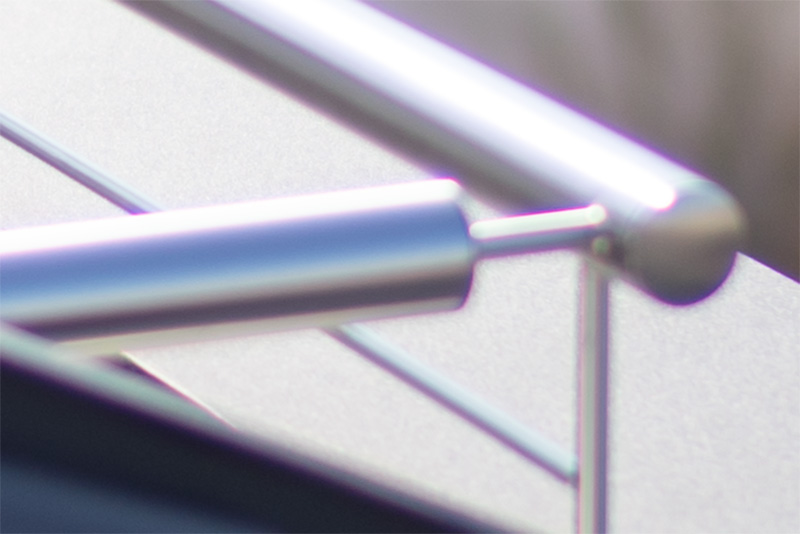
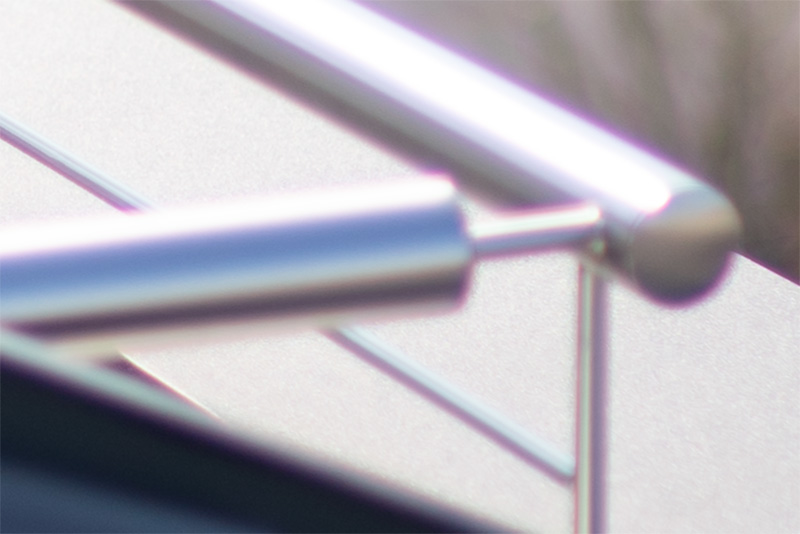
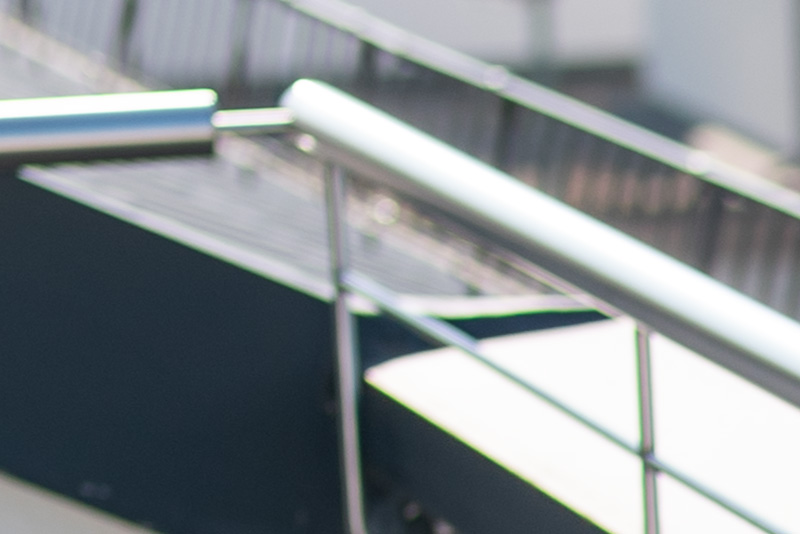
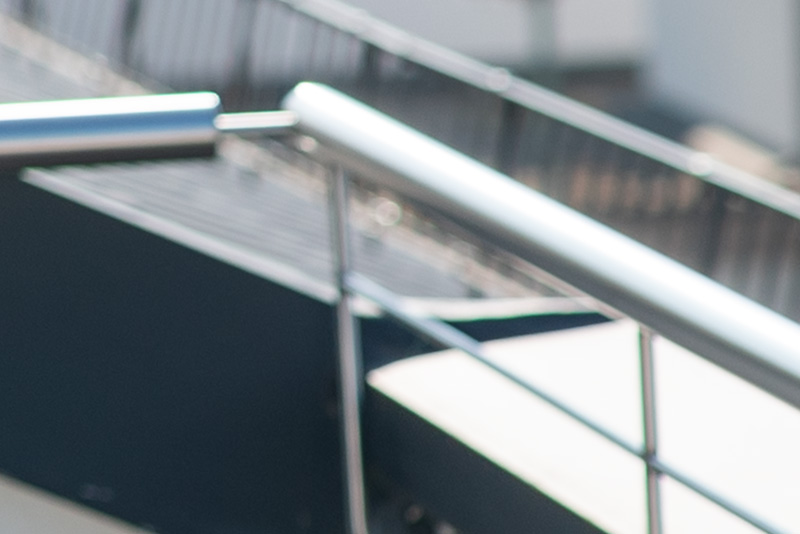
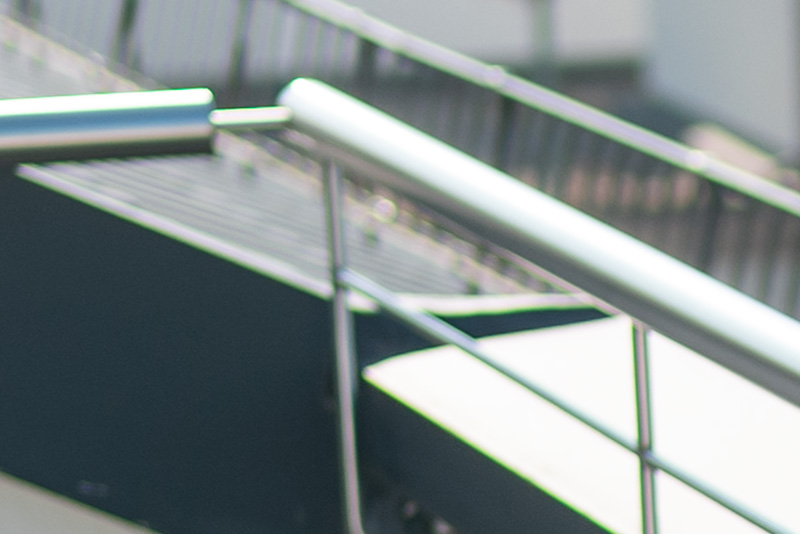
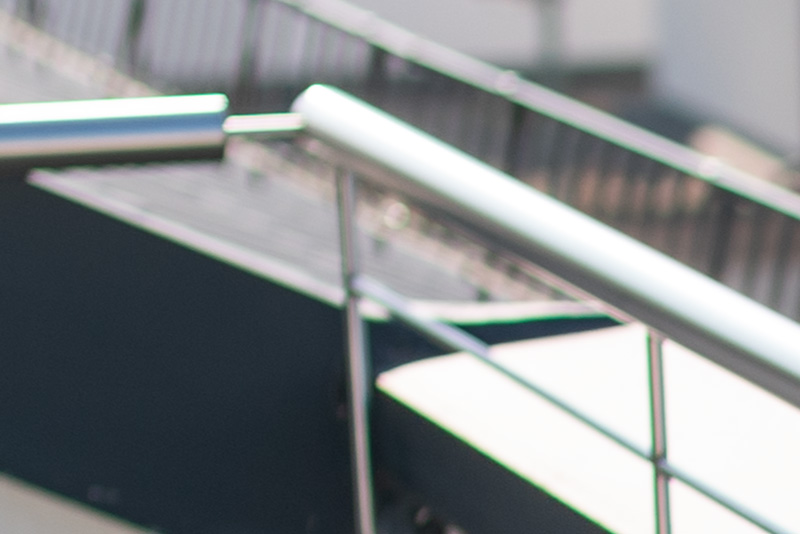
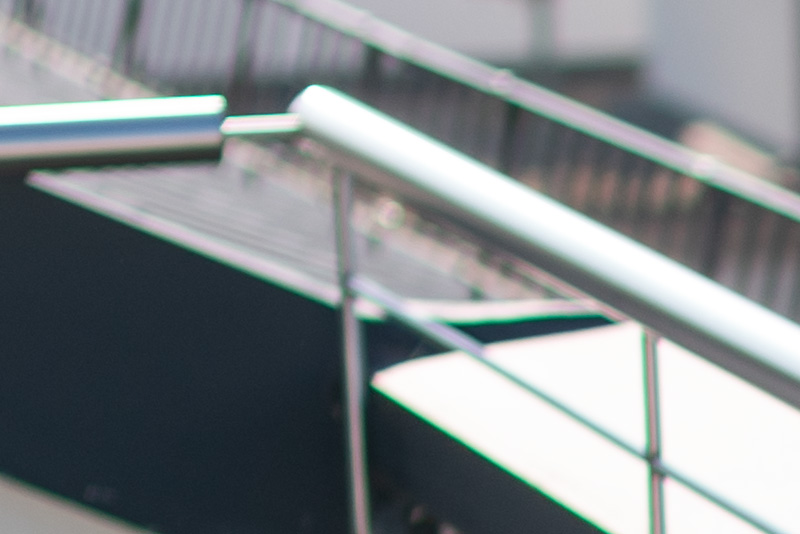
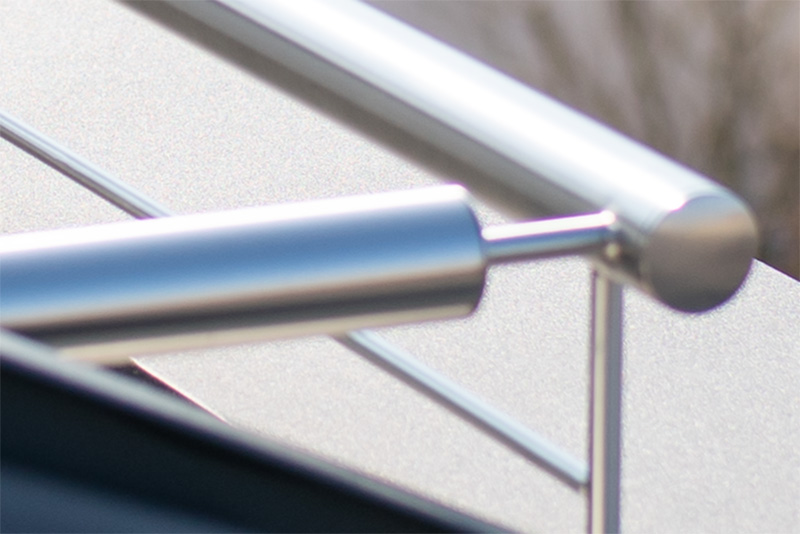
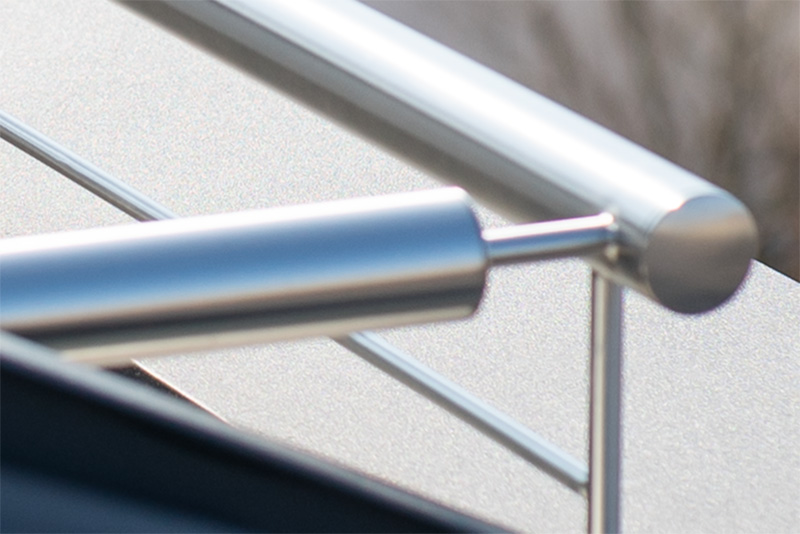
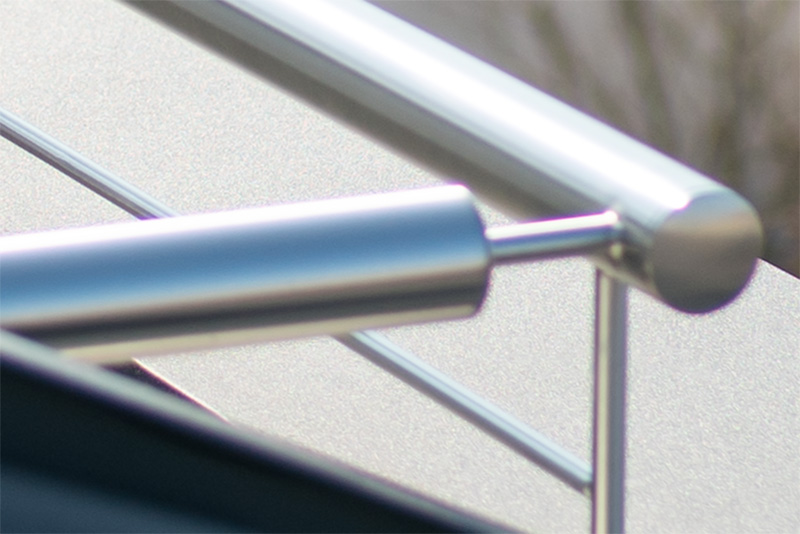
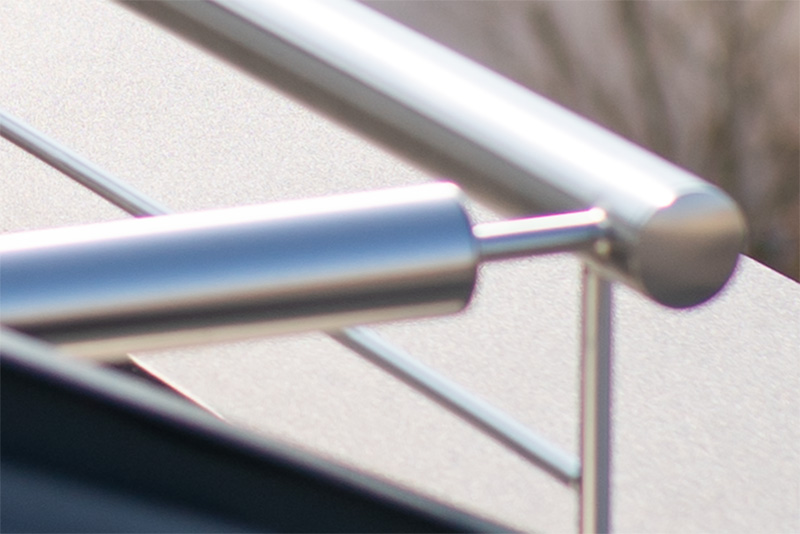
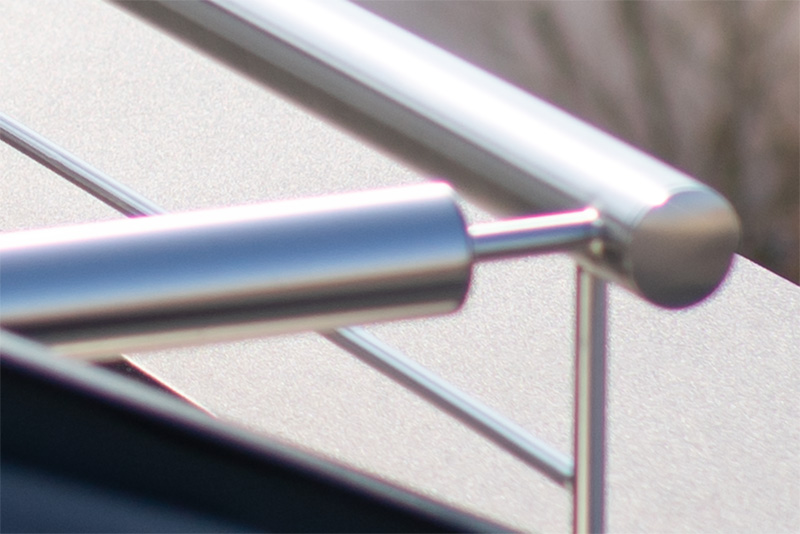
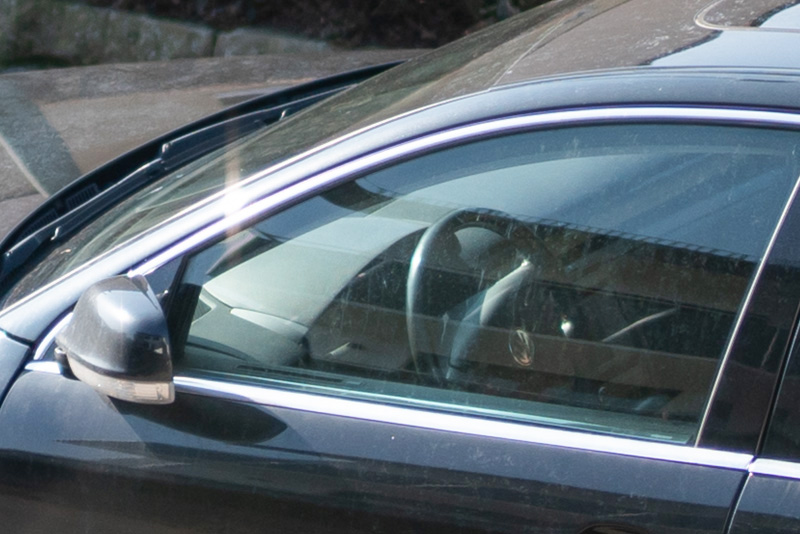
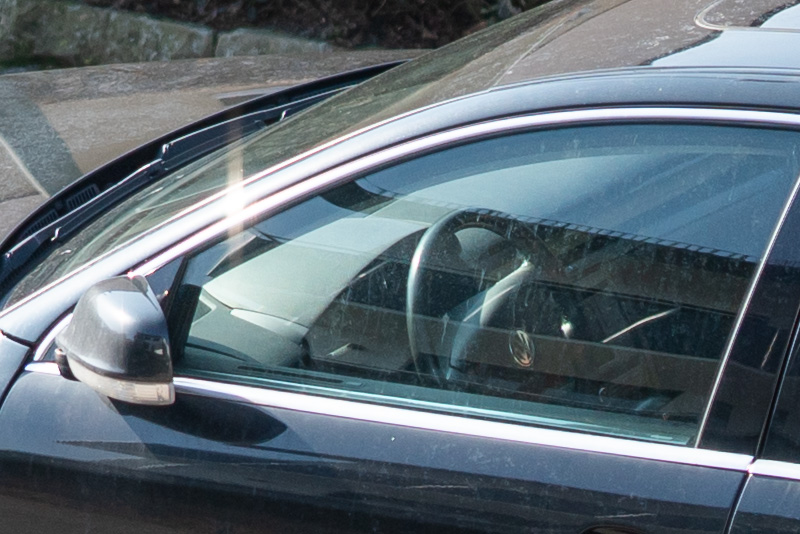
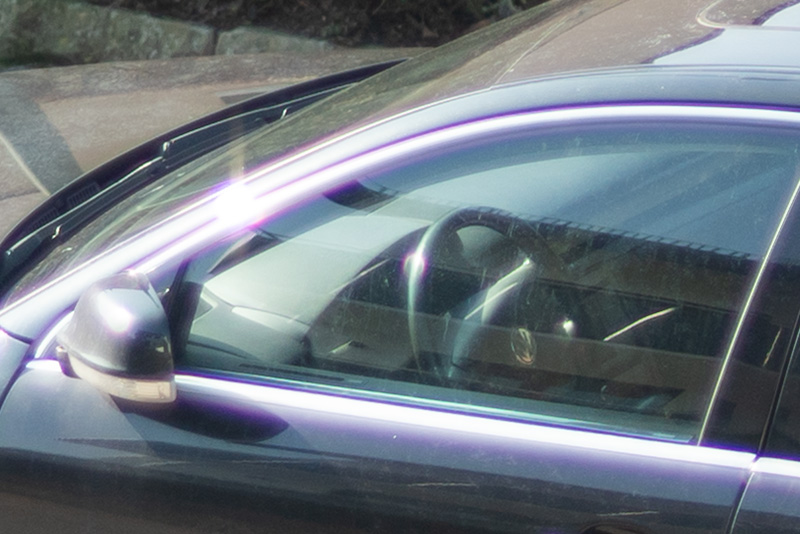
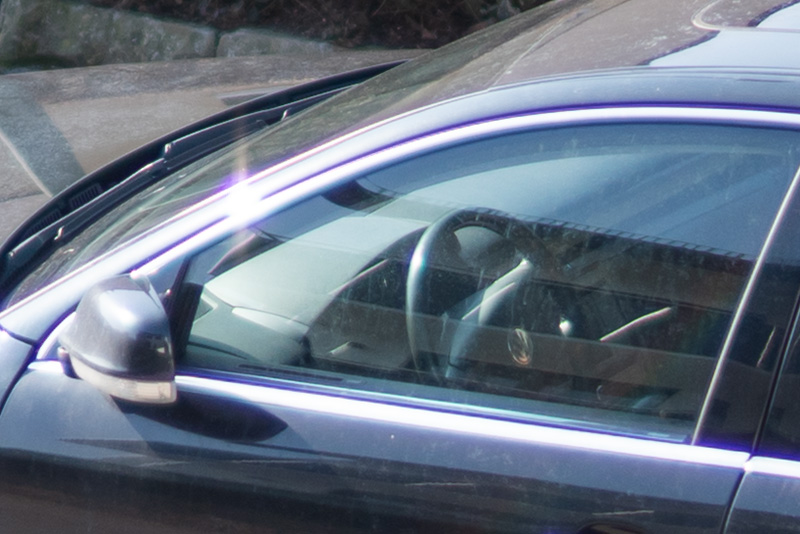
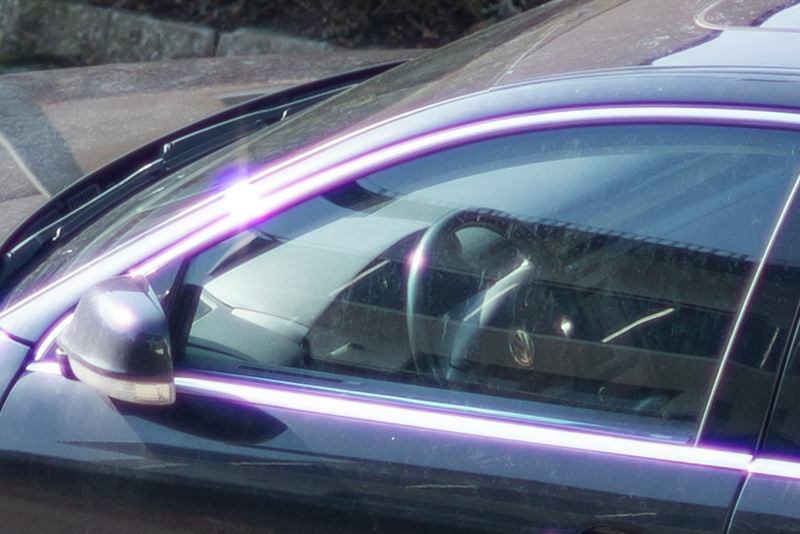
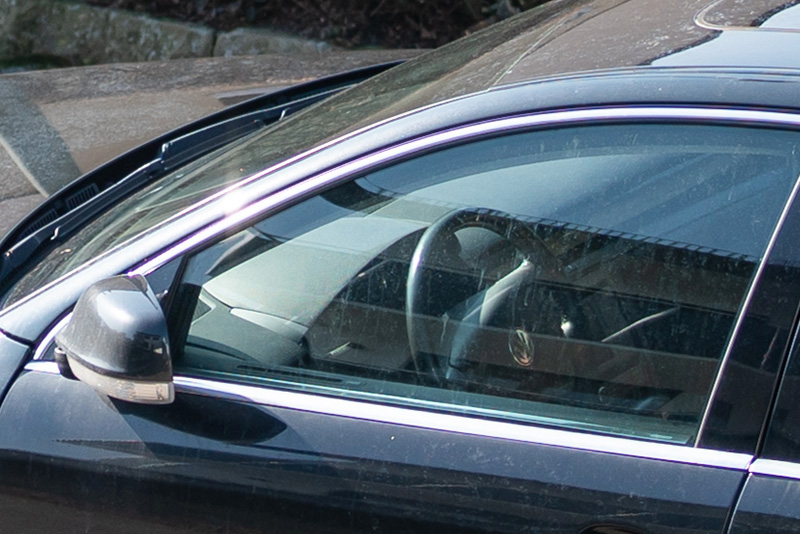
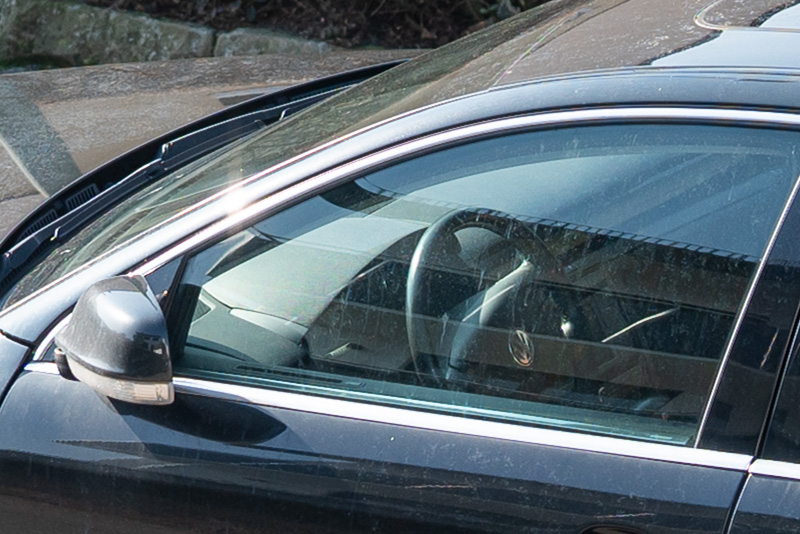
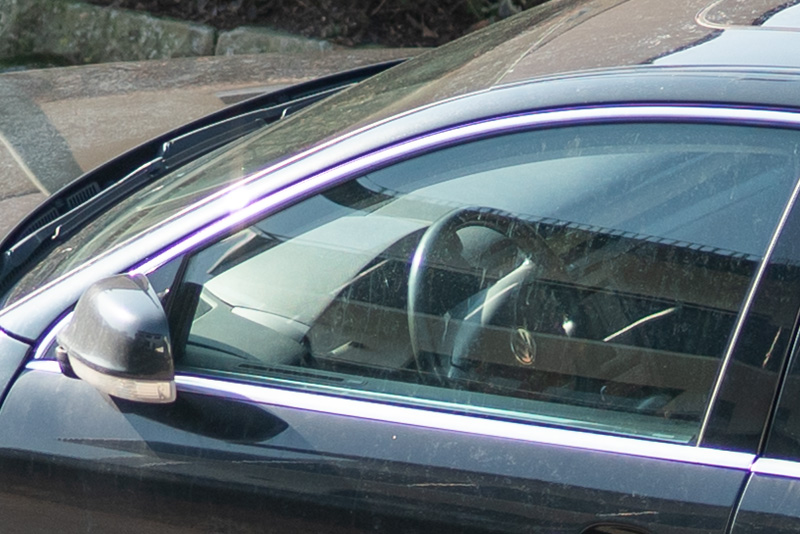
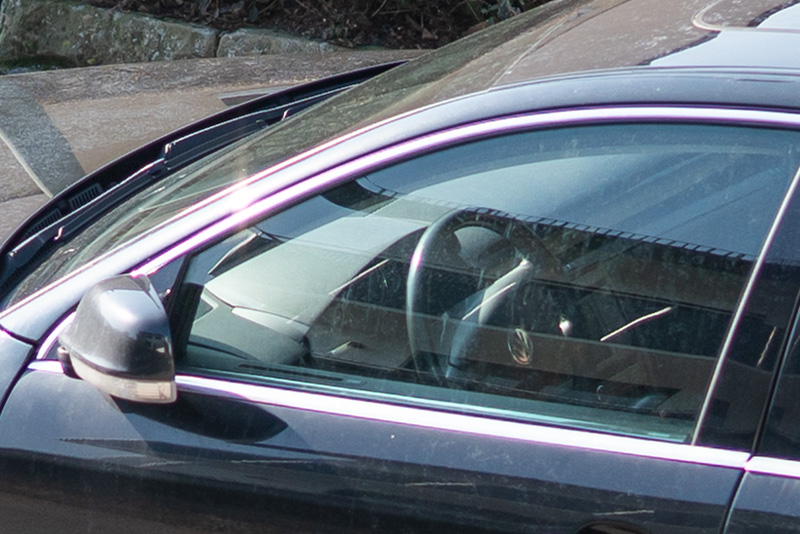
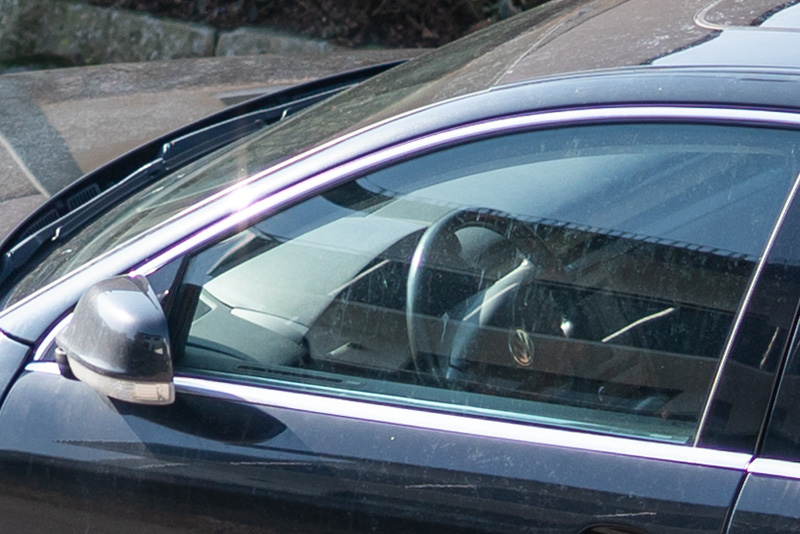
If I’m not wrong, the CV with FE mount performed better on sony cameras than the M version. It also has shorter MFD and contacts:) I really like this lens, the colors are really clean and I suspect that my version is sharper. As the viltrox looks great in the comparison, it’s heavy, I wouldn’t walk with it for fun;) But if the AF is precise then it must be a great tool for work.
Thank you for comparison!
Which is why I used the Leica M10 for Voigtländer here.
The E-mount version on an E-mount camera does not perform better than the M-mount version on an M-mount camera.
Sorry, I missed that information:) So, if we have outpu from two different cameras that process photos in a different way, that means that CV with FE mount could produce different photos that these on M.
Yes, but not to a degree that would be even remotely relevant to this comparison.
Amazingly thorough and informative comparison. Thank you for this hard work.
Three thoughts-
1) Am I seeing something in the “Scene 8: Forest 2.4 m”? In the out-of-focus, sunlit tree background in much of the frame (not just corners)… It looks to me like the Sigma’s bokeh is gentler and the Viltrox’s is harsher/more detailed and contrasty. This is the opposite of what you found in Scene 9. But maybe it’s a difference in exposure, maybe the sunlight became a little stronger in one shot… or maybe it’s something to do with the distortion correction that has been applied to the Sigma frame (and not to the Viltrox) or the focal length adjustment you’ve made to make the framing the same between lenses.
2) This is very subjective, but I just wanted to add that I often like the Sigma’s barrel distortion. I am usually not at all a fan of distortion in a lens. But something about the combination of the Sigma’s particular barrel distortion, vignetting and focal length creates an effect that I often find pleasing – I don’t always correct distortion on this lens, sometimes I prefer it left on. It feels to me like it counters the stretching that you otherwise get with a perfectly rectilinear 35mm image, and – again, subjectively – I feel like it adds some ‘pop’ and can be flattering or pleasing on some subjects. So I think I would miss this if I ever switched away from this lens (or if for example an imaginary version-2 Sigma lens no longer had it)
3) One tiny thing about the Sigma 35: I wish its aperture ring had a lock on it, as many of the lenses Sigma has released in years since do. I sometimes find to my irritation that I have moved the aperture ring by accident while handling the lens. There are bodges to fix this, like putting some tape on the ring etc., of course. But I often prefer to control aperture on the lens body, so the lens’ aperture ring being free to move is often just a distraction / potential nuisance to me.
I’m kinda annoyed Sony hasn’t been consistent with #3 either, I do use the aperture wheels so it doesn’t bother me quite as much, but I’d still appreciate being able to lock it out of auto (or into auto) as needed.
My 20G & 35GM don’t have the lock, don’t think the 24GM & 135GM do either, but newer GMs (50s/85 Mk II) and even the 16G do… I wonder how late in development those things were added considering all those lenses have come out within the last 5 or so years.
Nice detailed comparison, I’m curious as to the quality of the sunstars produced by these lenses, naturally I’d think voigtlander should be a strong contender in this regard?
You can have a look at the individual reviews where this topic is covered.
Very thorough comparison as always Bastian, I’m not aware of anyone else out there doing this kinda thing regularly, let alone in the effective way you do it where one can plainly see the rendering differences without any hype or need to point to intangibles… The crops and the FL equalizing helps a lot, I find that and the flare testing in your individual reviews super useful.
I’m very appreciative of all this even if I’m not in the market for any of these particular lenses… I know what I’m missing (and what I’m not), personally I’m happy enough with the 35GM, and a manual 50 based off your previous comparisons, still kinda interested in the 28/1.2 Argus even… But if I ever want a faster 35 I know what I’d be picking from (CV or Viltrox).
Thank you very much. This is the best comparision for 35 mm lenses you can find in the whole net and including all print media. Not to mention that your deeper look at each lens are state of the art.
Dan, thank you once more for your kind words!
Enjoy the remaining Easter holidays!
I have a strong feeling Viltrox is F/ 1.22 and Sigma is 1.24.
And I have a strong feeling that this would be hardly relevant 🙂
Very good comparison. We can see how good a lens the Voigtlander is – considering its size.
The Sigma 35/F1.2 DG DN is already discontinued. Second version should be introduced this year.
非常有用的的比较,即便没有看到尼康35mm f1.2,还有对于畸变的比较的比较如何?
Sigma has the strongest distortion followed by Samyang, all the others have very low distortion.
I was lusting after Viltrox 35mm 1.2. Main reason being LOCA performance being very, very good at a level where I would not care about it.
I have 35mm GM and also Laowa 35mm 0.95. The comparison shots stopped me. Laowa is good enough for the real world 90% of the time for use cases where f0.95 makes sense (so not trying to shoot a landscape with it though stopped down it’s just okay).
35mm GM is a beast. It close focuses, is sharp at all apertures with 0 coma. However it suffers from quite a bit of LOCA and is not the most exciting lens for me in its rendering. It’s my least used lens.
Laowa is my fun lens. When I zoom at 200%, I think the images suck at 50 megapixel. Then you start looking at standard print sizes maybe up to even 30×45 cm and you realize how spoiled we all are on sharpness. It has beautiful bokeh (except that lemmon shape and super LOCA inducing backgrounds sometimes), nice rendering and has the feeling of a Zeiss Zf2 with messed up center of gravity 🙂
There is a point to argue to sell both and get Viltrox. Except close focusing, it should be quite decent in both cases. Maybe if I can find a barely used Viltrox at a discount 🙂
Fantastic review as always.
I had never considered Viltrox simply because a couple of friends experience with their lenses has been less than stellar.
But your review will for sure make me take a look at the Viltrox before I make a final decision on Nikon’s own 35mm f/1.2
Hi Bastian,
do you plan to review the new Sigma 35 1.2 ii lens and compare it to the old version and the Viltrox? The lens has nice specs, I hope it has equally beautiful bokeh and rendering.
Best regards from Stuttgart, Mathias
I would do, but I haven’t preordered the Sigma or anything, so don’t expect a review soon.
i’m waiting the review too.. i’ve been using the old 1.2 Sigma for about 2 years and yeah its super heavy, i want something lighter & smaller to replace the old one but not reduce any image quality